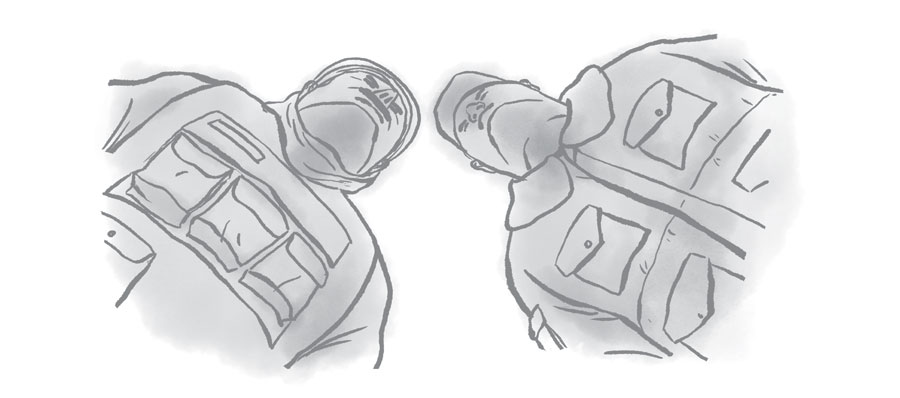
India-China border clash explained
Without firing a single shot, Indian and Chinese soldiers recently engaged in a bloodbath in the Galwan Valley. The scuffle between the two nuclear-armed nations in the disputed Himalayan border region led to the deaths of at least 20 Indian soldiers.
The disputed Aksai Chin-Ladakh area
The 255km Darbuk-Shyok-Daulat Beg Oldie (DSDBO) road that connects Leh to the Karakoram Pass runs almost parallel to the border separating Ladakh from China’s Xinjiang province. It runs alongside the Shyok River, a critical communication line close to the LAC. The road, which has been two decades in the making, would allow the rapid deployment of Indian troops to the disputed area and has become a flashpoint between the Asian giants.
Another point of contention is the China National Highway 219 (G219) connecting Xinjiang to Tibet. Originally built in 1957 and made of gravel, G219 was upgraded to asphalt in 2013. About 179km of the highway passes through the disputed Aksai Chin plateau.
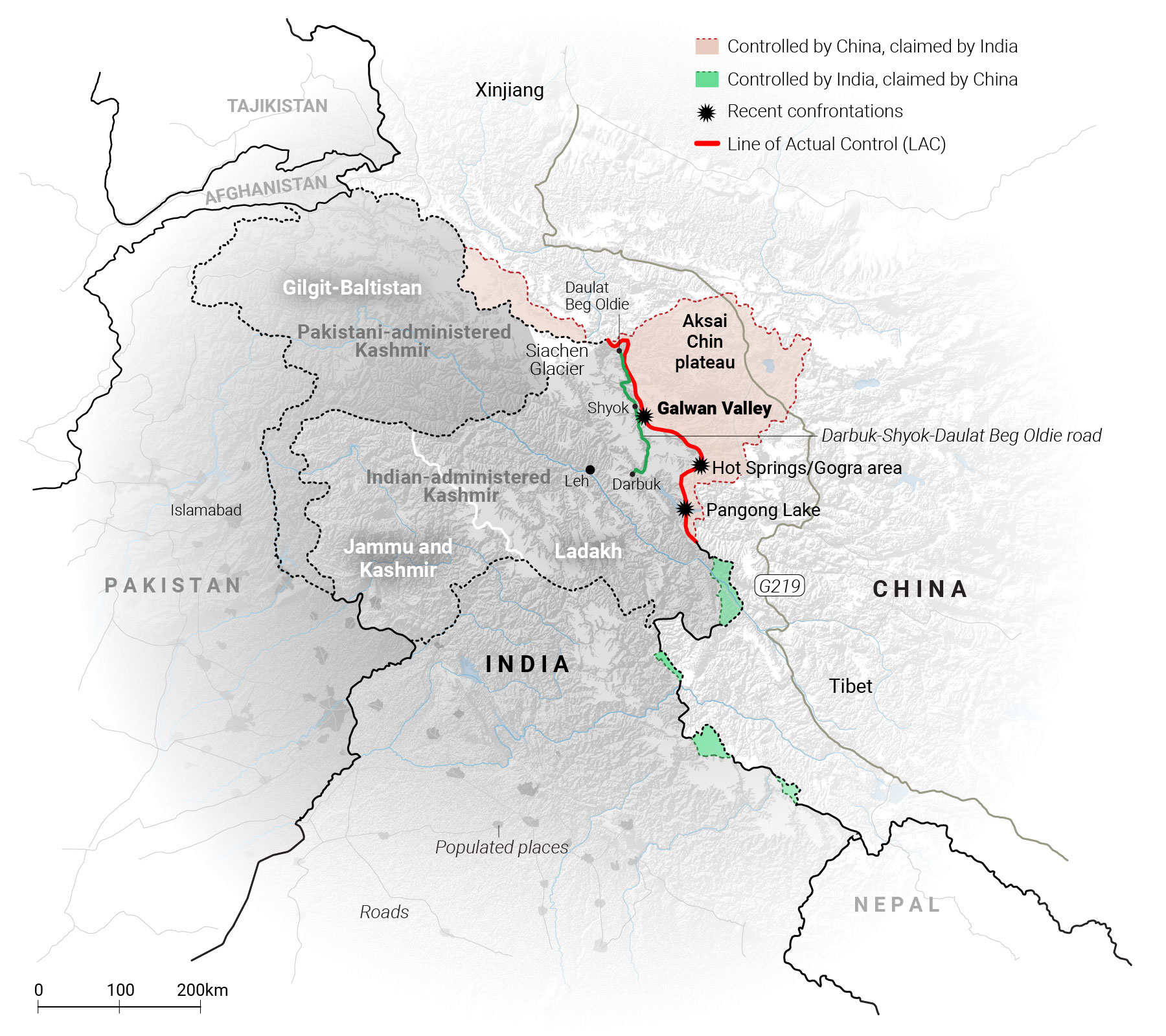
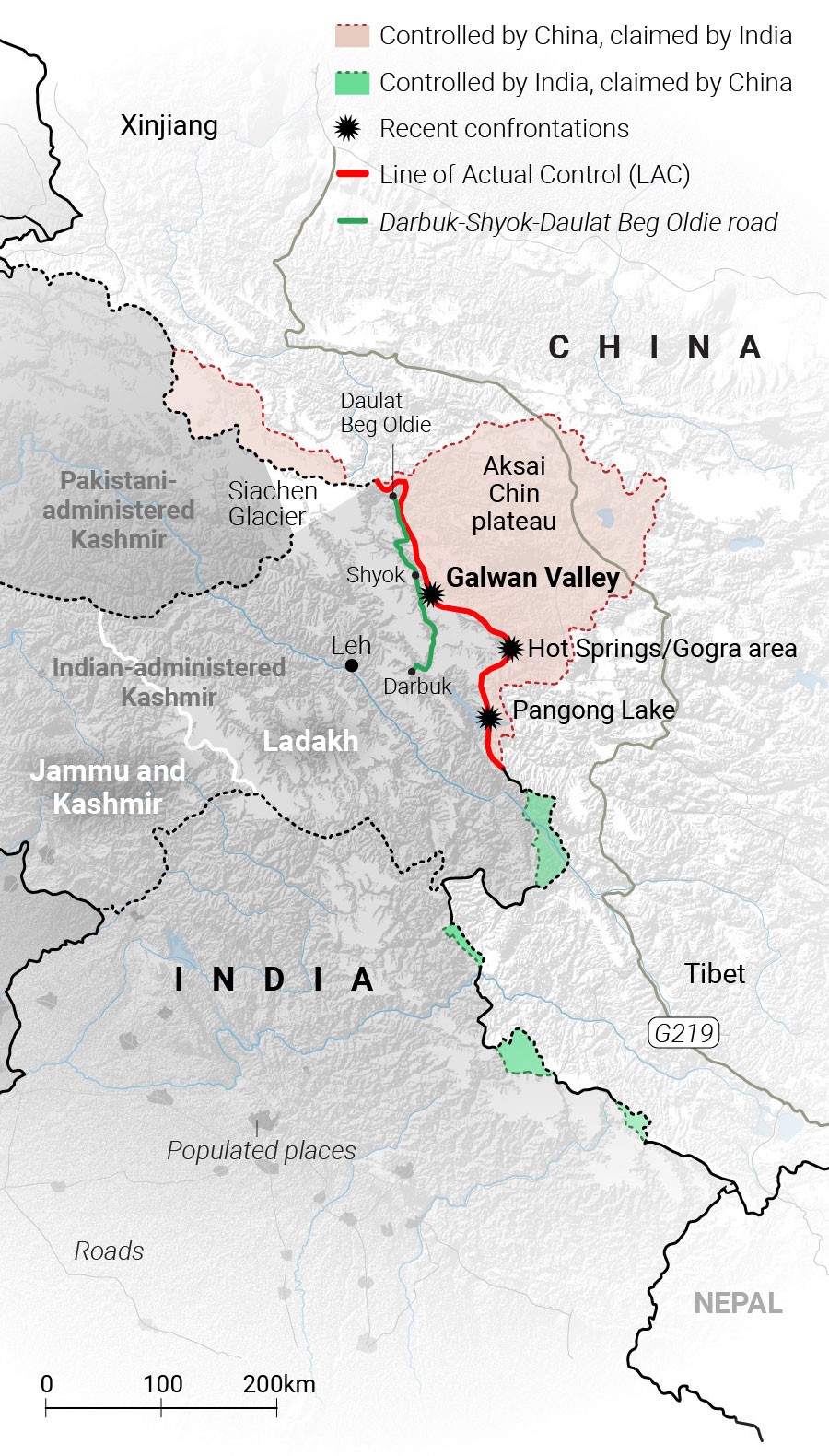
The deadly clash in Galwan Valley
The fatal face-off took place in the moonlight on June 15, when soldiers from the Indian Army clashed with troops from the People’s Liberation Army close to Patrol Point 14 in the Galwan Valley of eastern Ladakh, more than 4,300 metres above sea level.
The Galwan River is the highest ridge line and overlooks the DSDBO road, posing a direct threat to the highway’s security. By controlling this area China can keep India’s claims on the Aksai Chin plateau in check. India claims China has recently begun amassing troops in the LAC and venturing deeper into the contested area.
China is also constructing the China-Pakistan Economic Corridor to the west of Daulat Beg Oldie, in the critical Gilgit-Baltistan region where China abuts Pakistan and India.
The Galwan Valley contains some of the most treacherous terrain on Earth. Conditions are extreme. Steep slopes of almost 50 per cent are jagged and full of loose rocks. The landscape, altitude and lack of oxygen makes physical activity highly demanding. The slope where the clash occurred is shown in the following satellite image from the opposite angle.



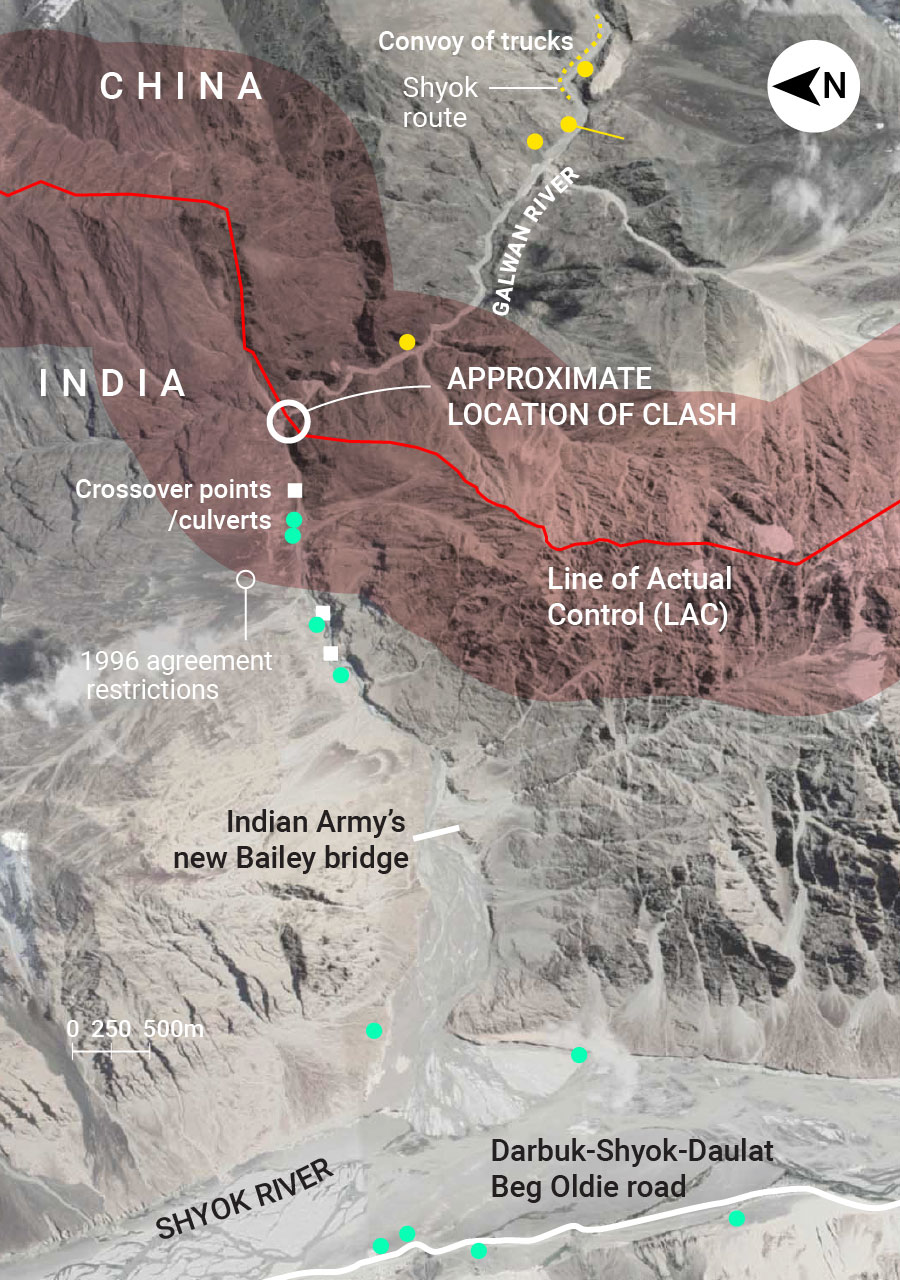
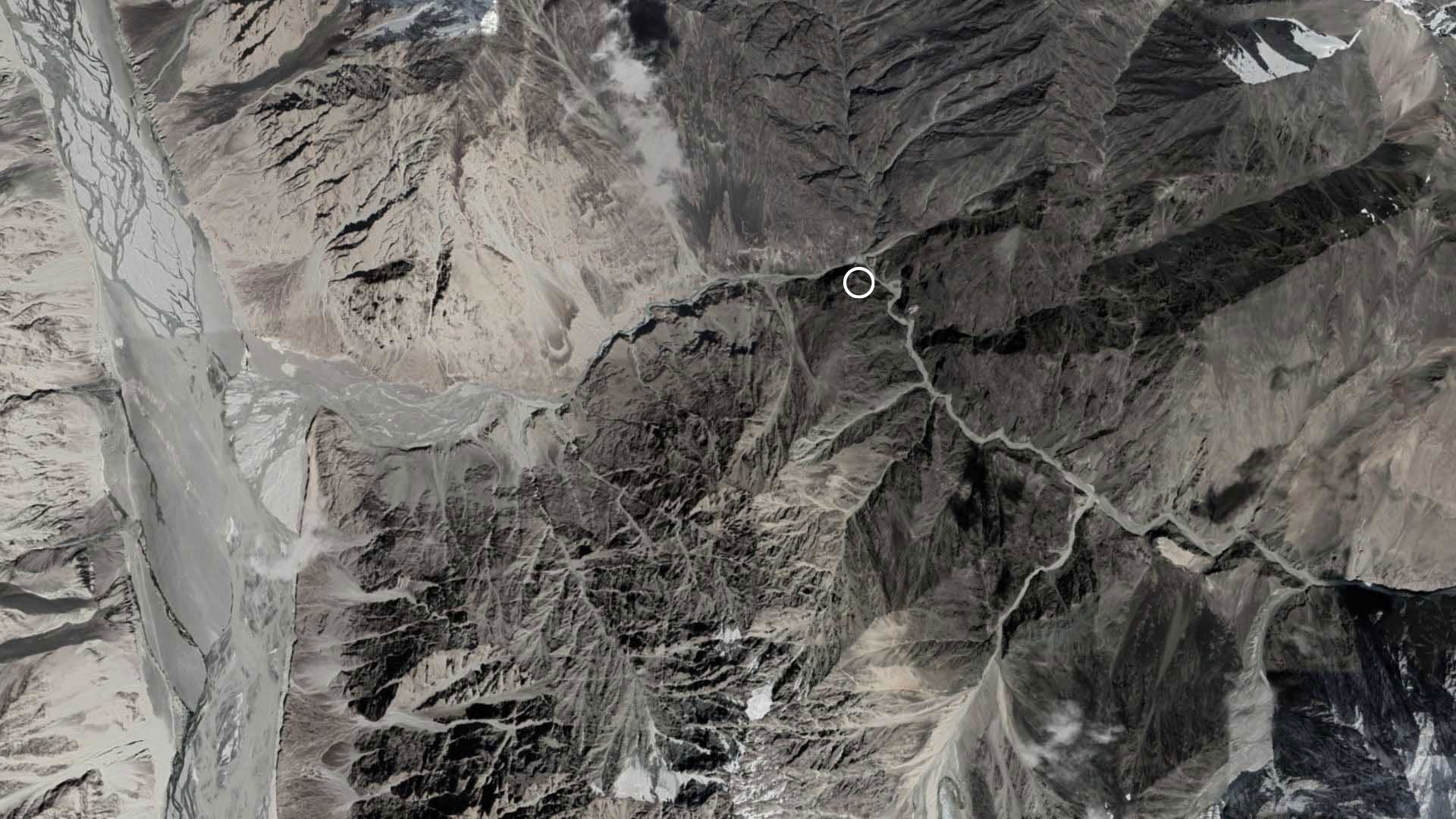
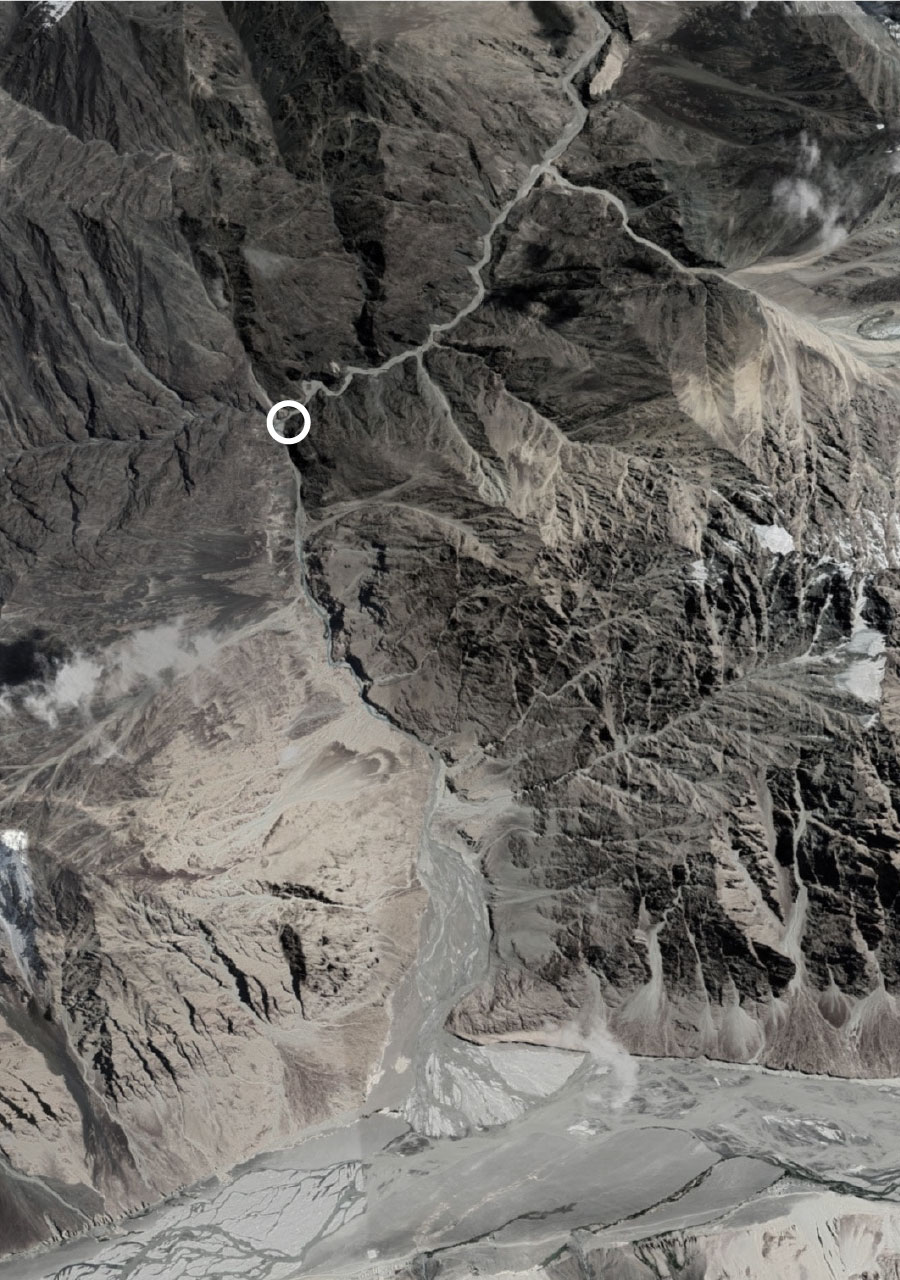
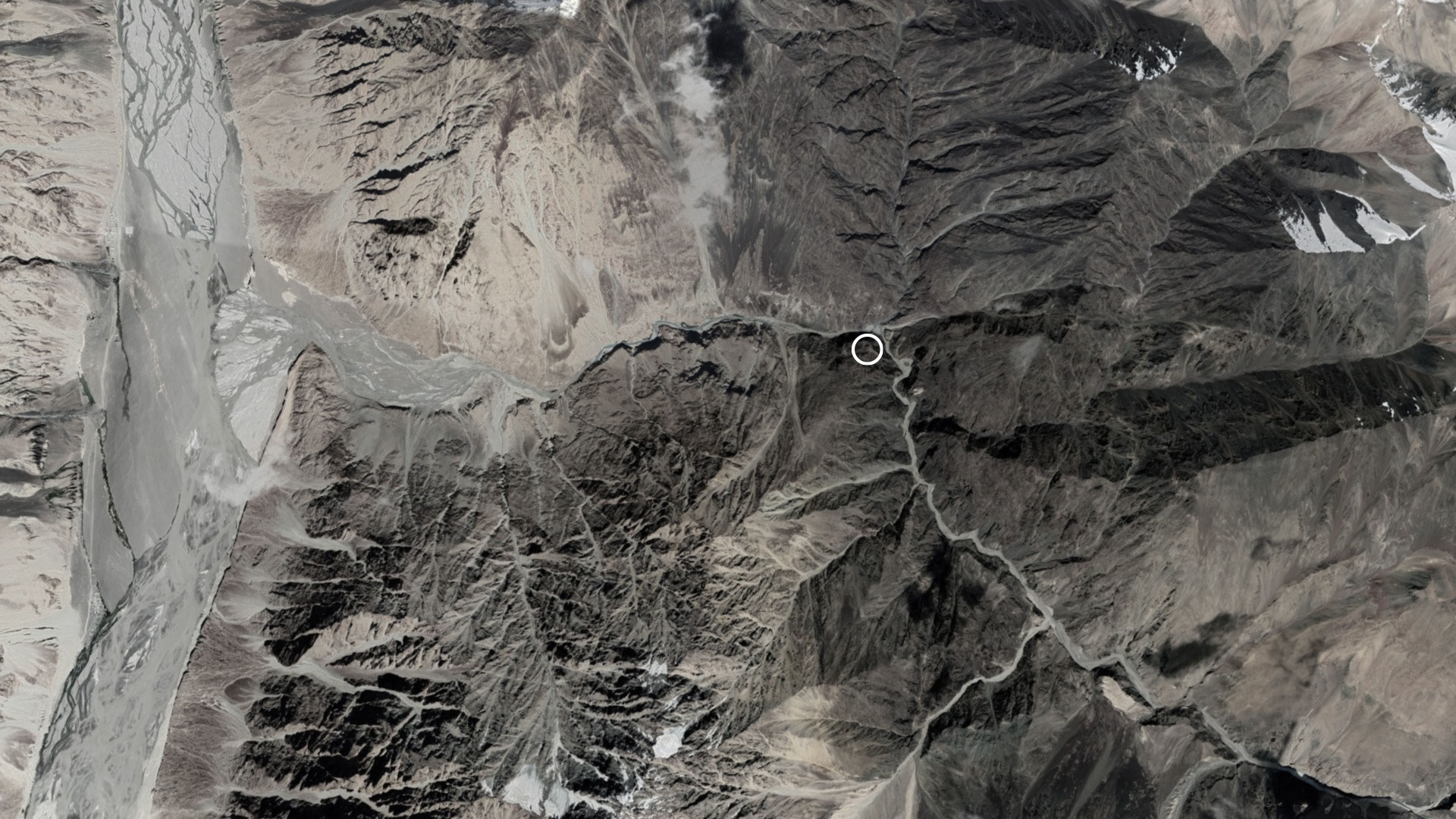
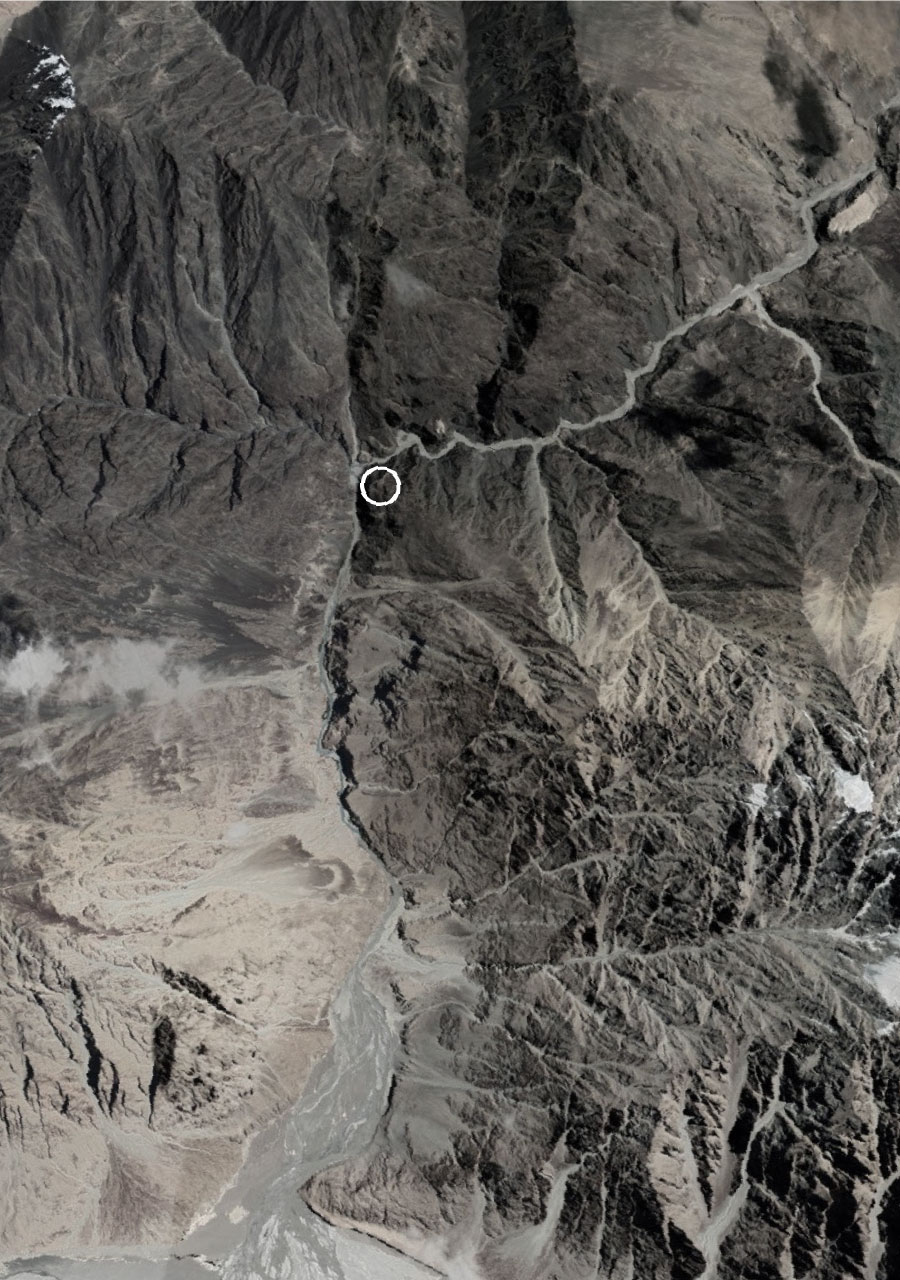
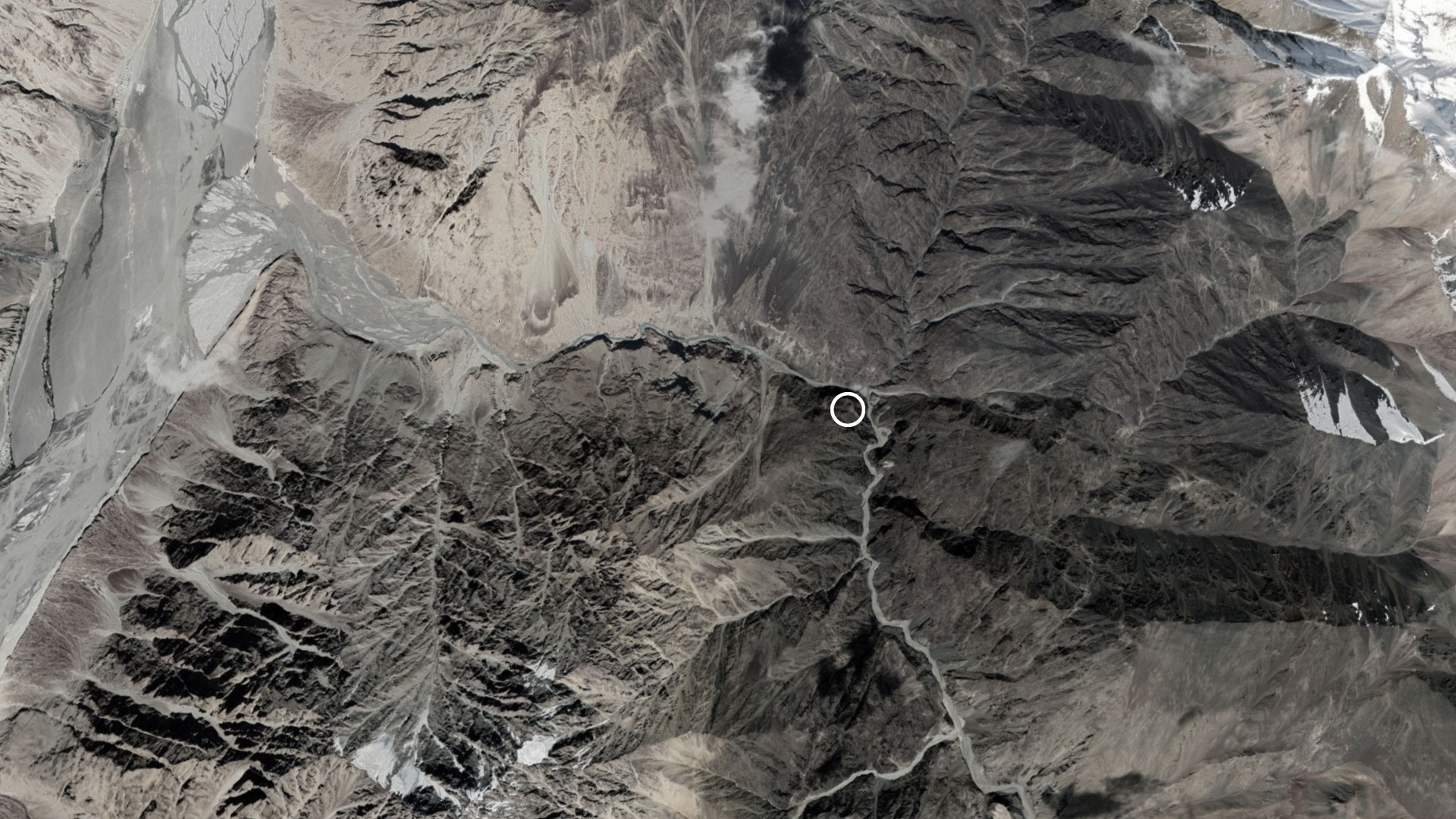
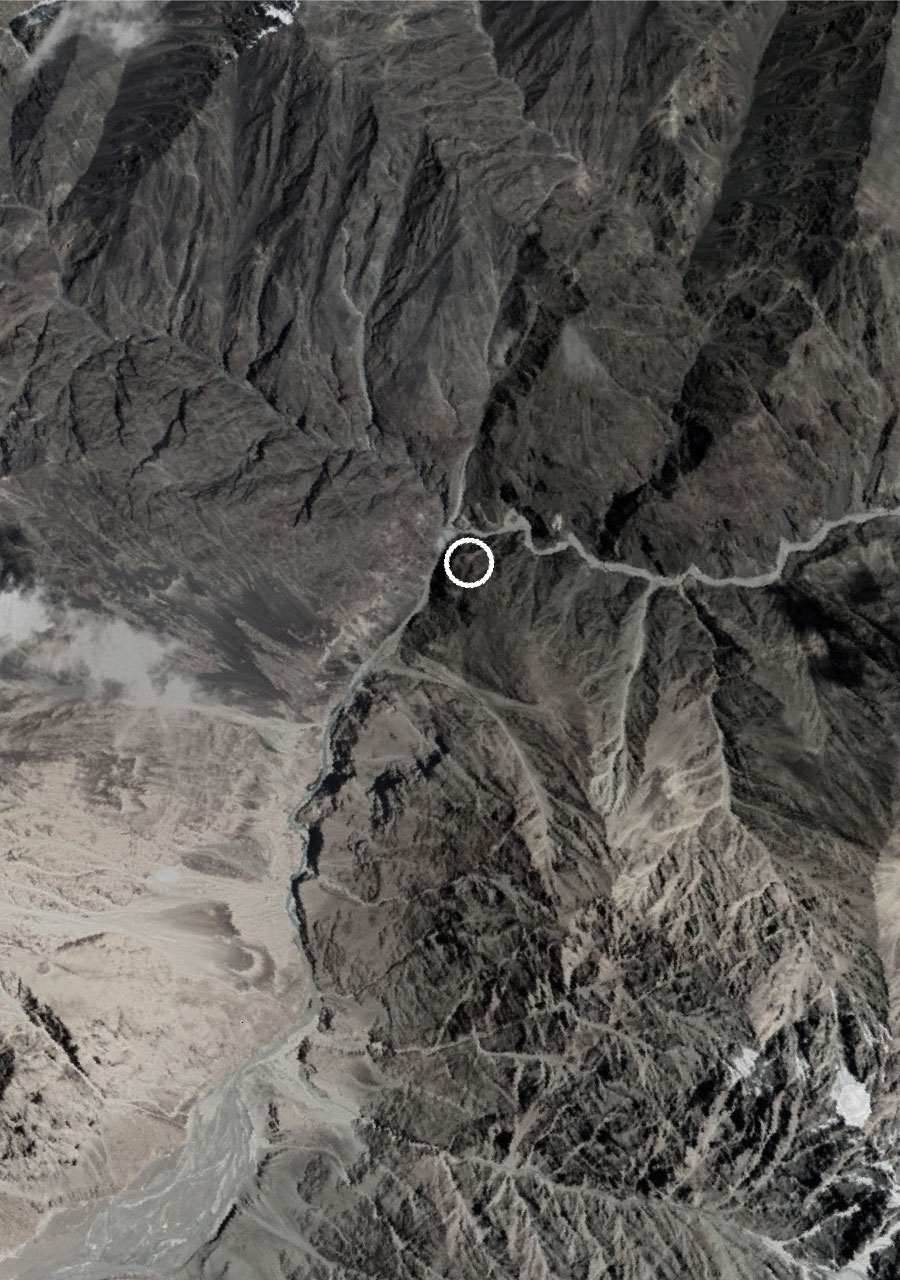
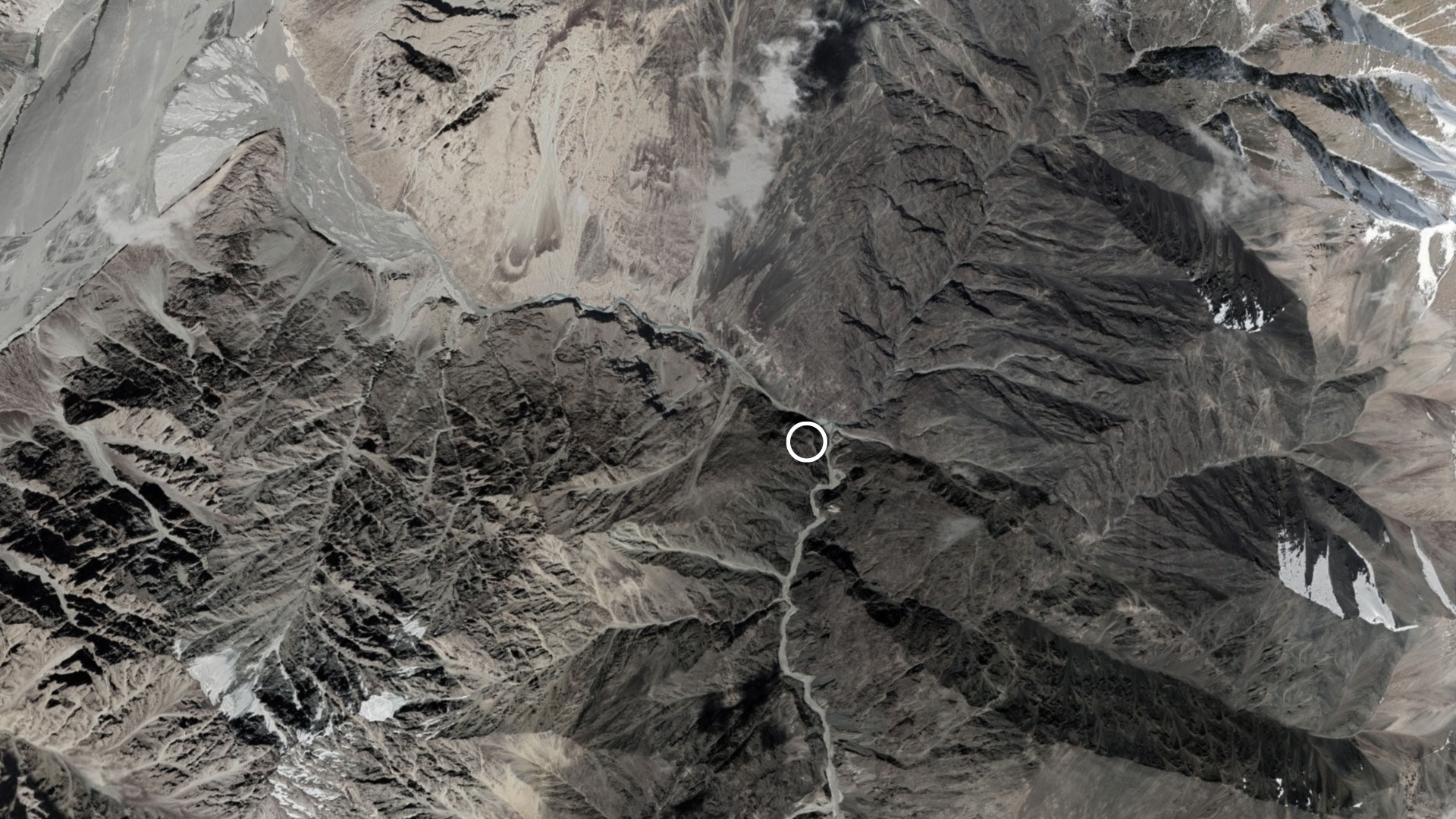
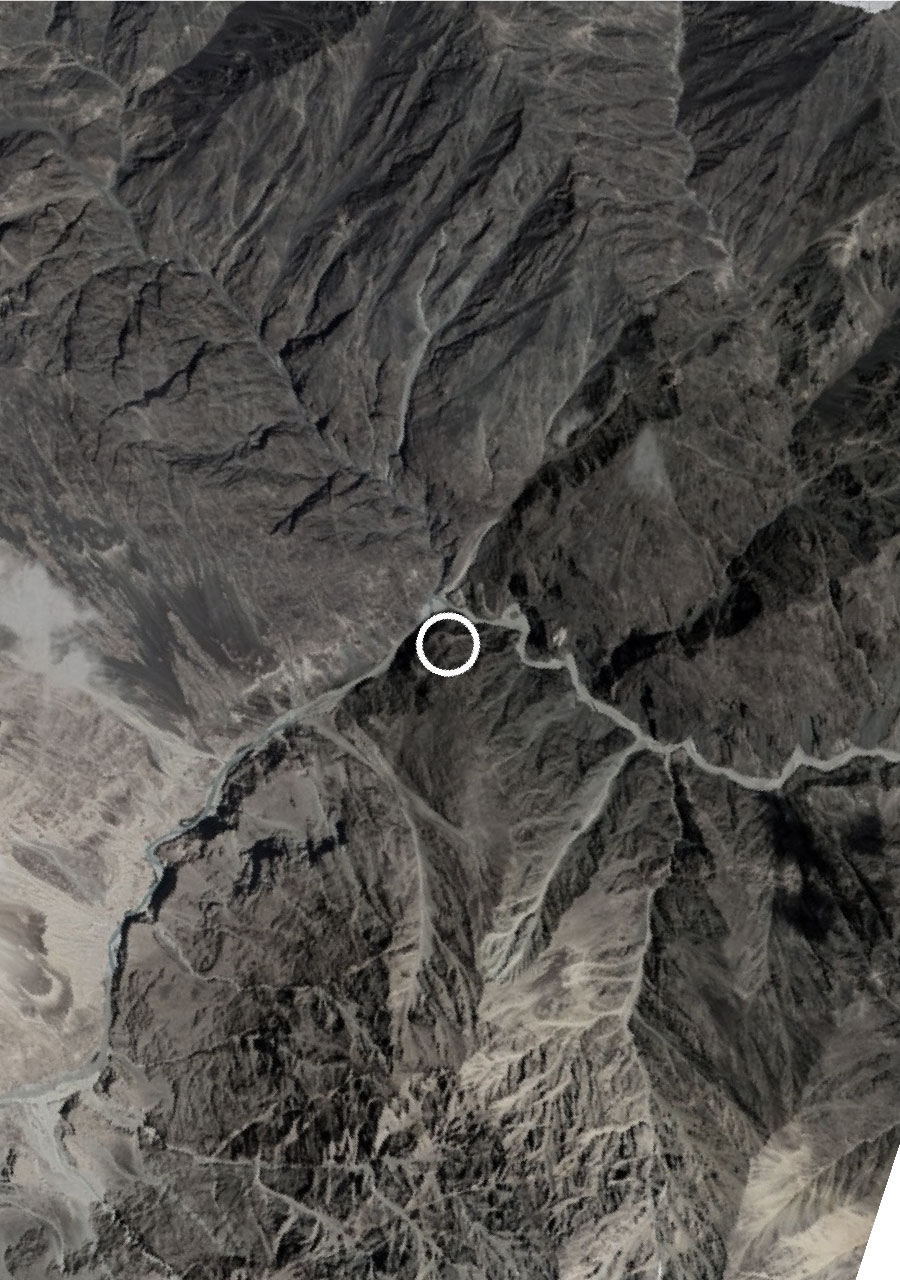
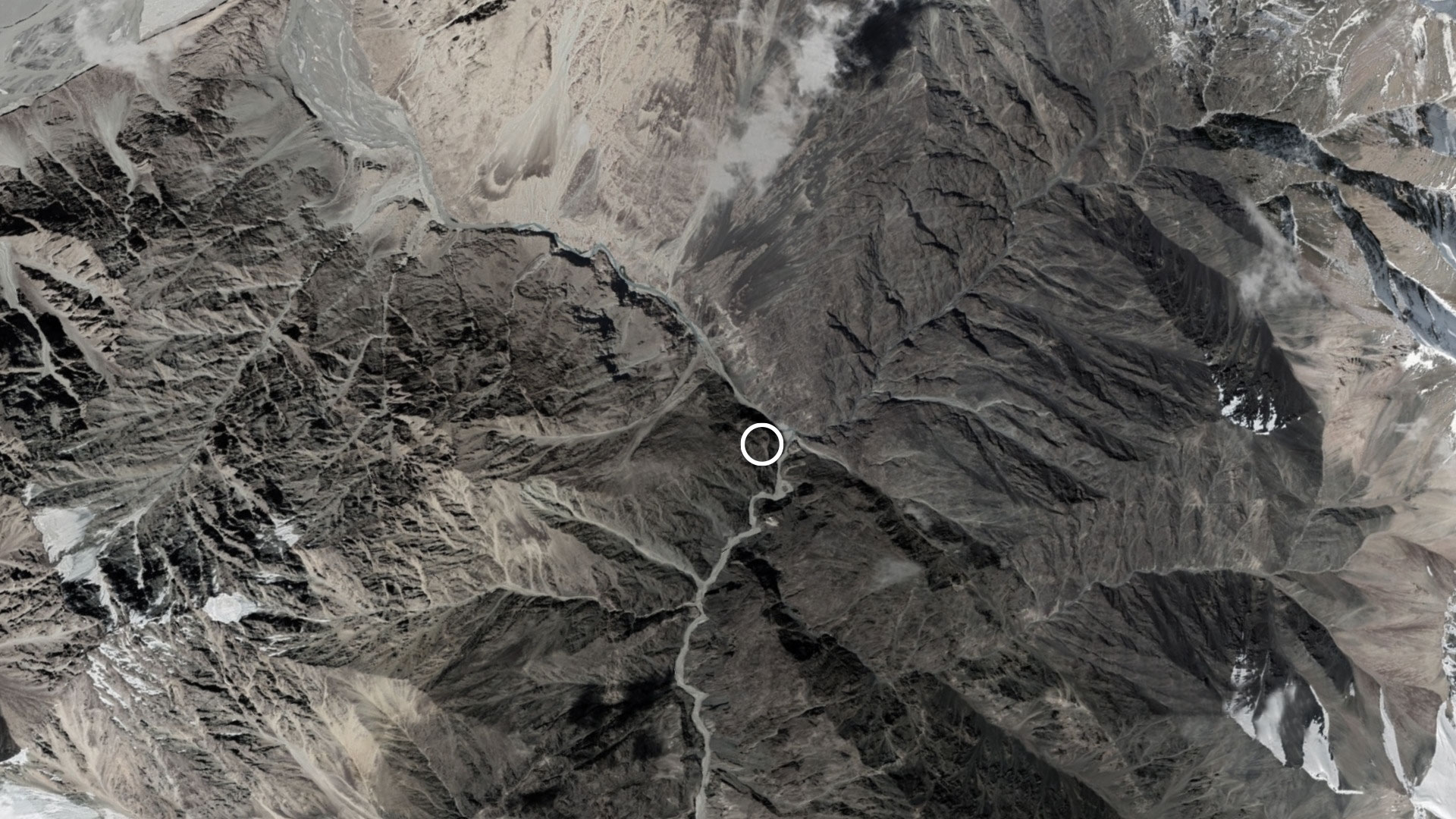
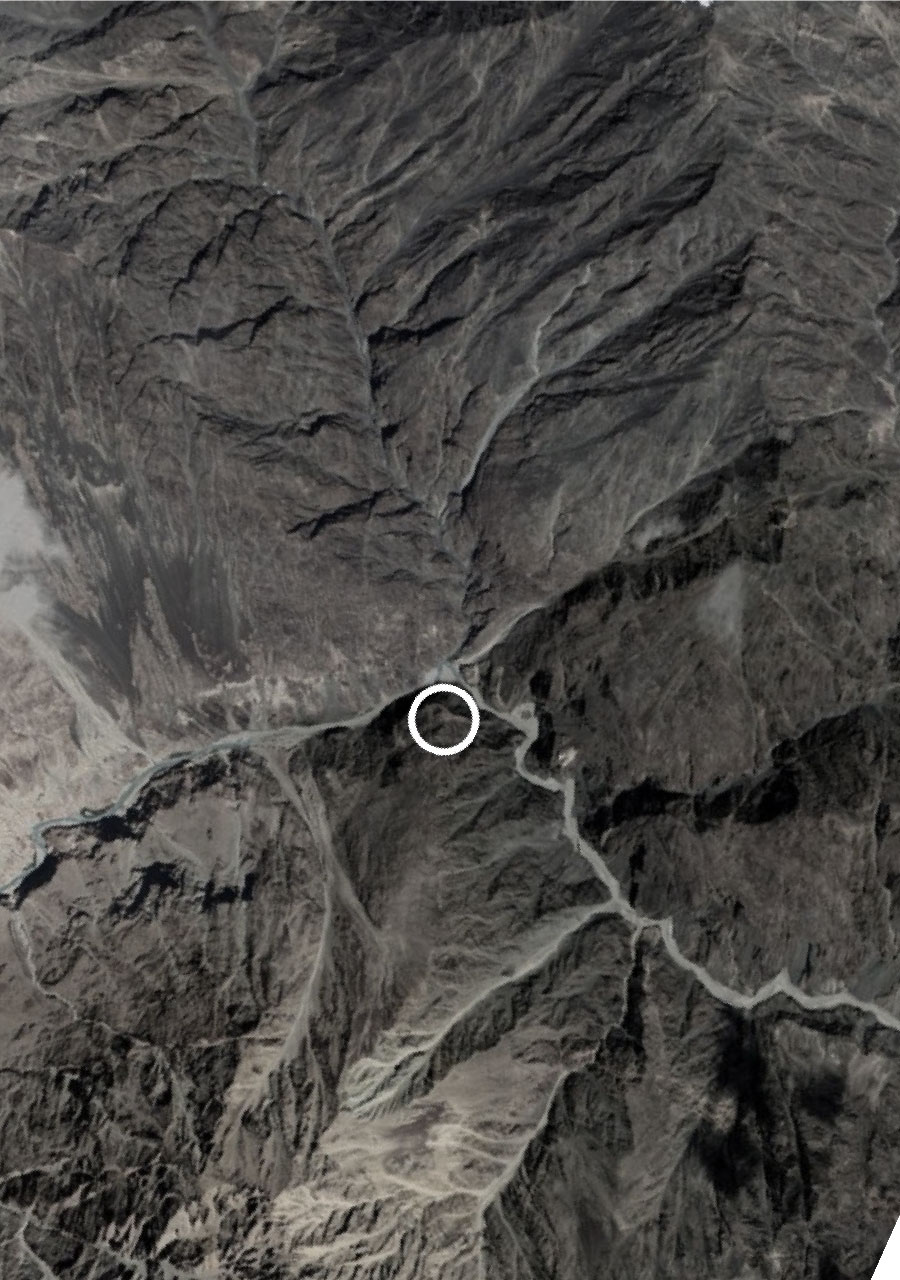
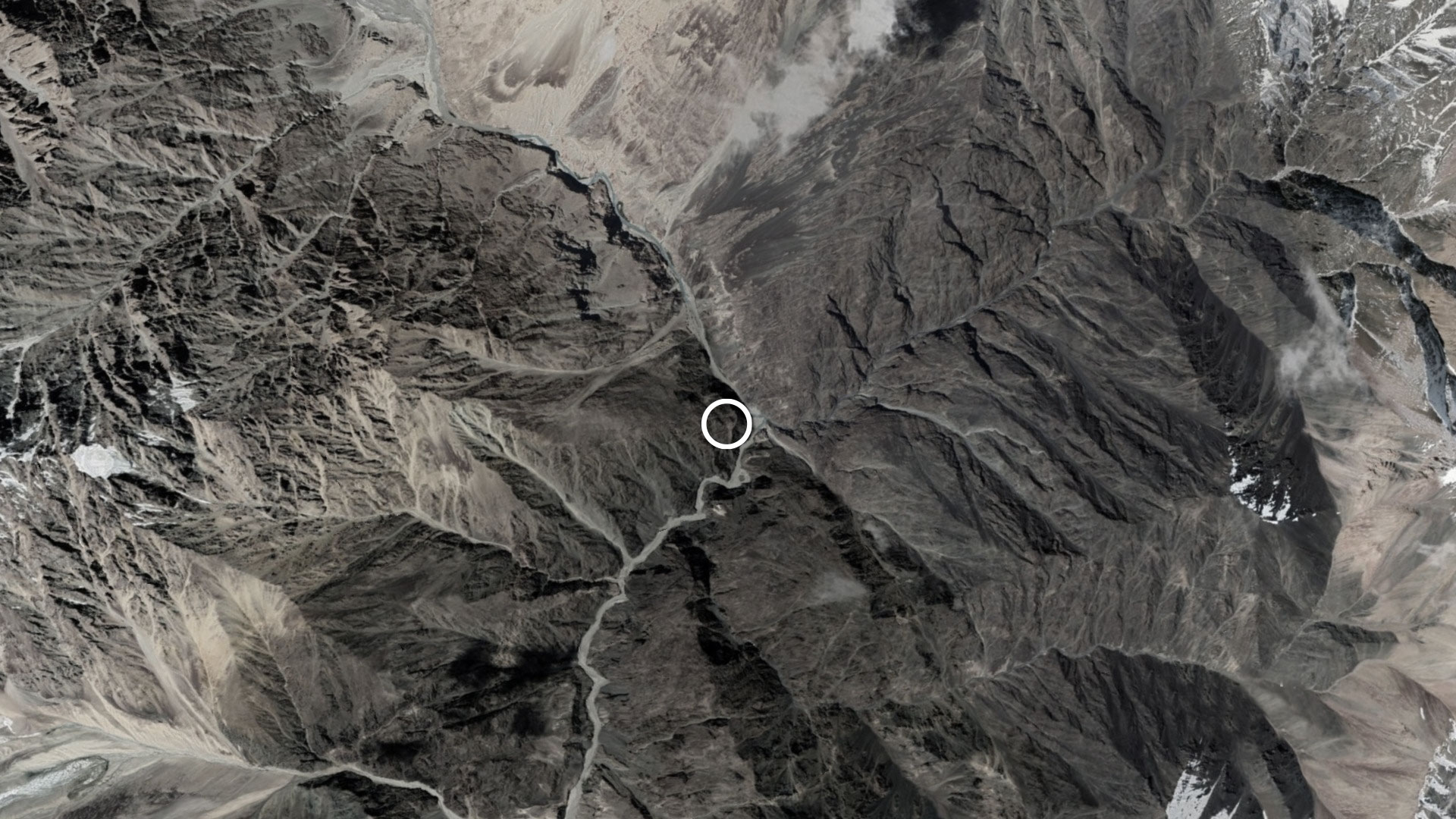
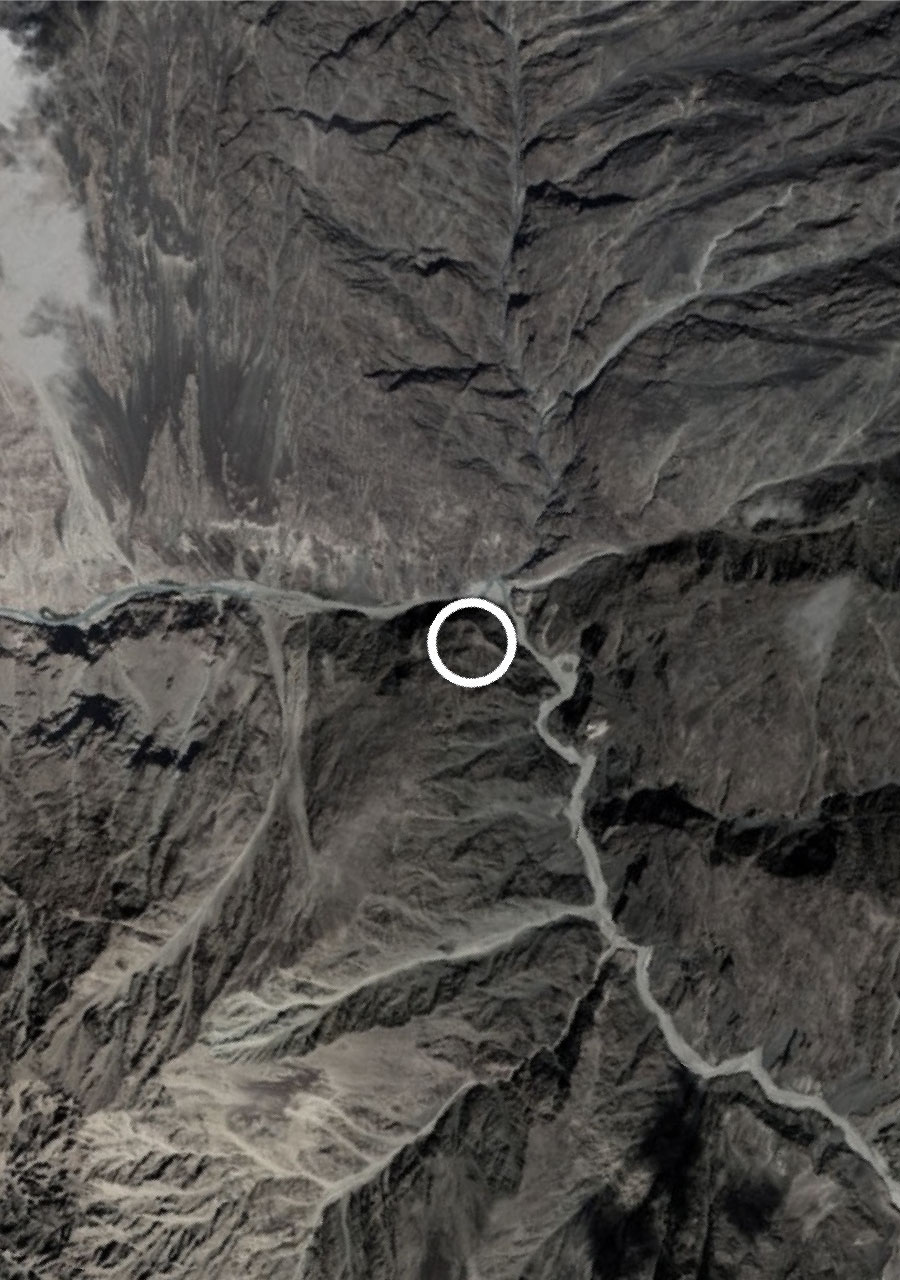
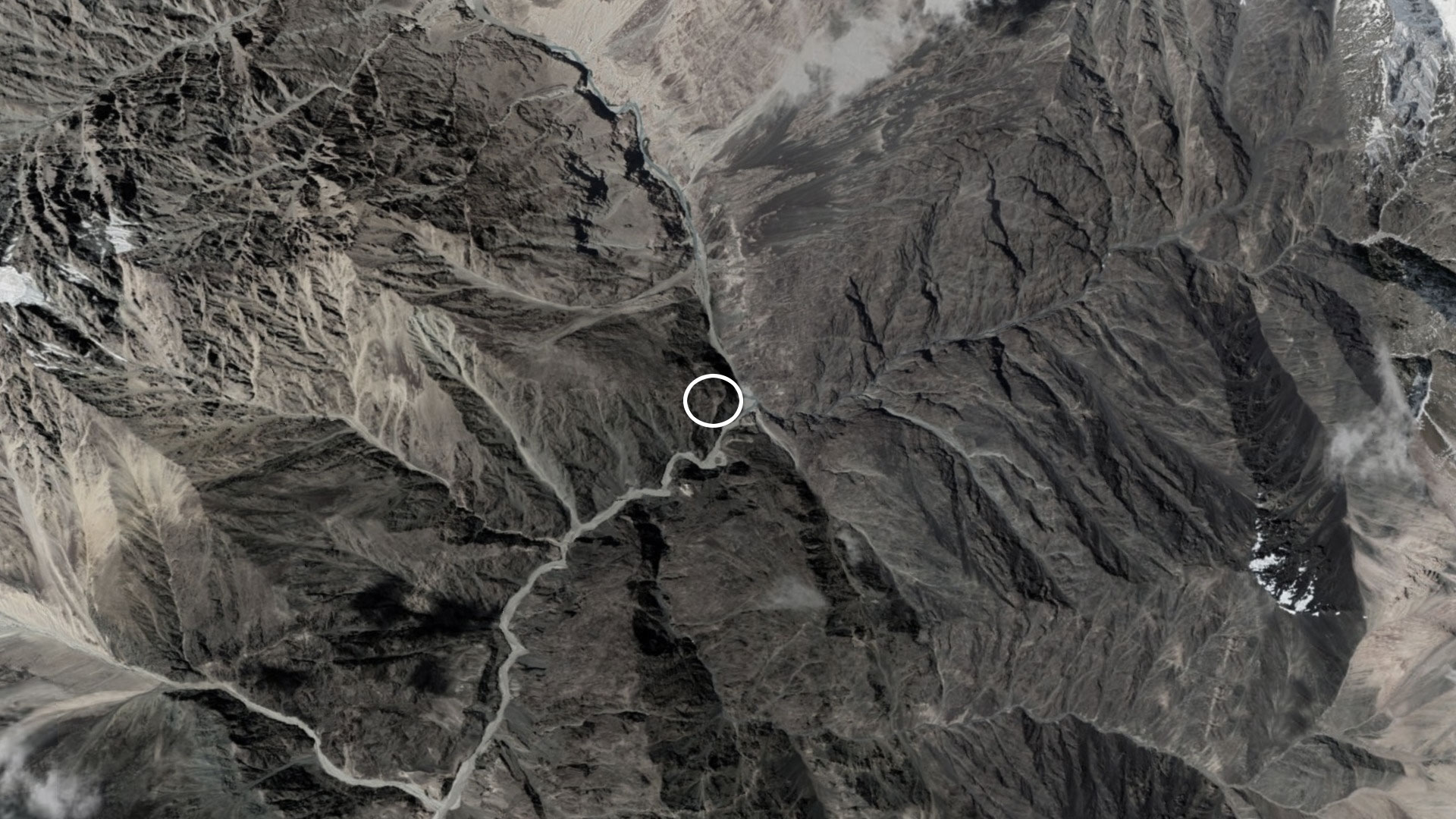
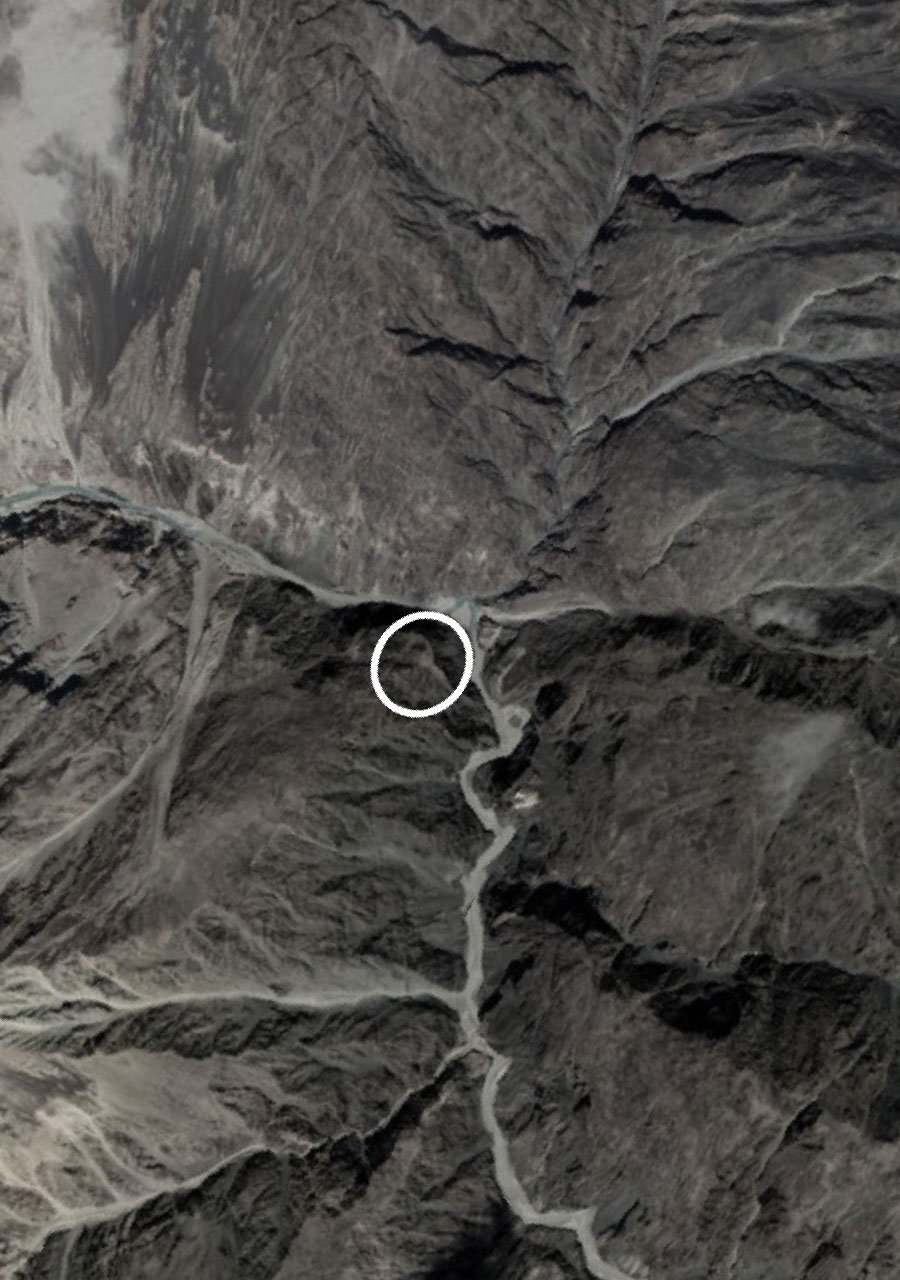

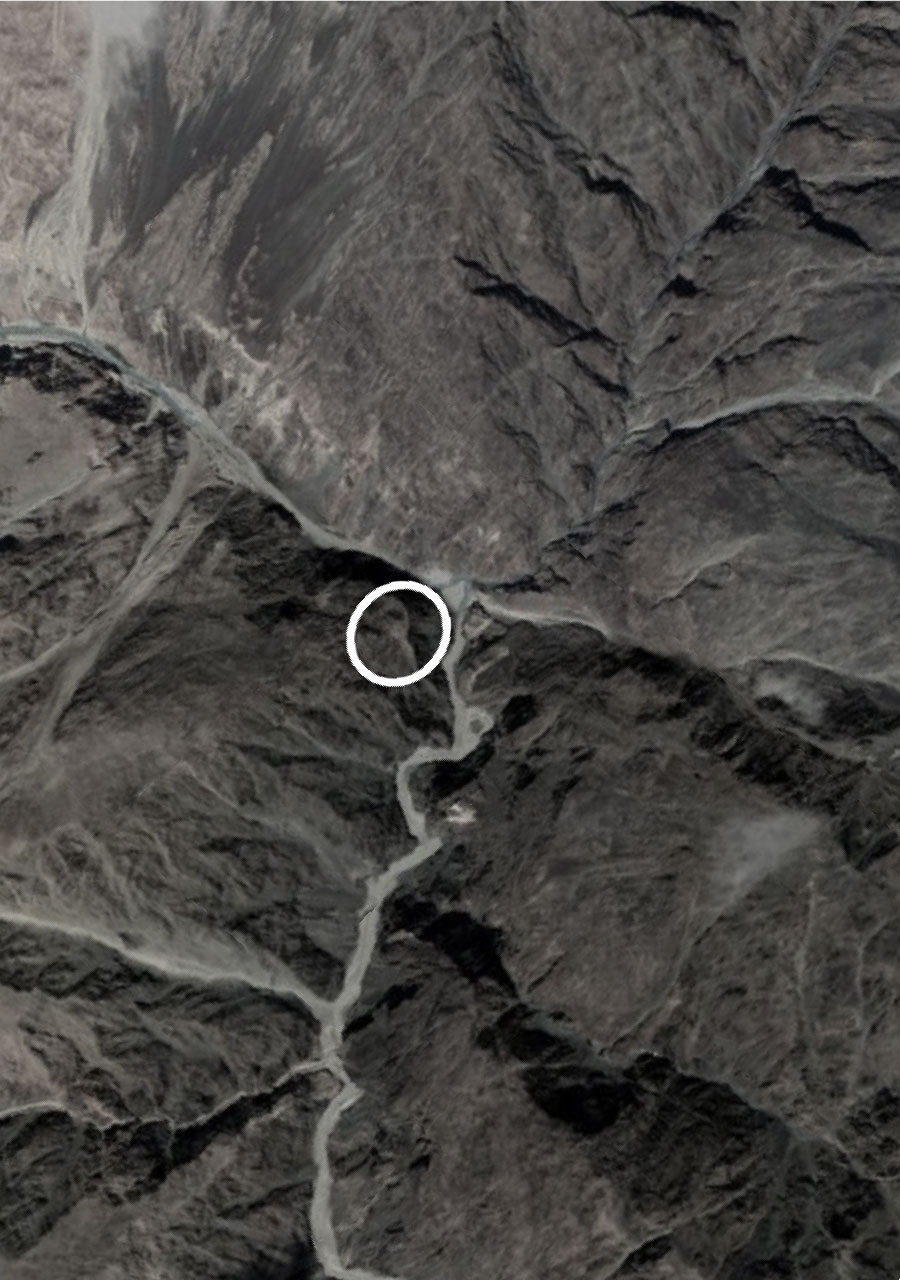
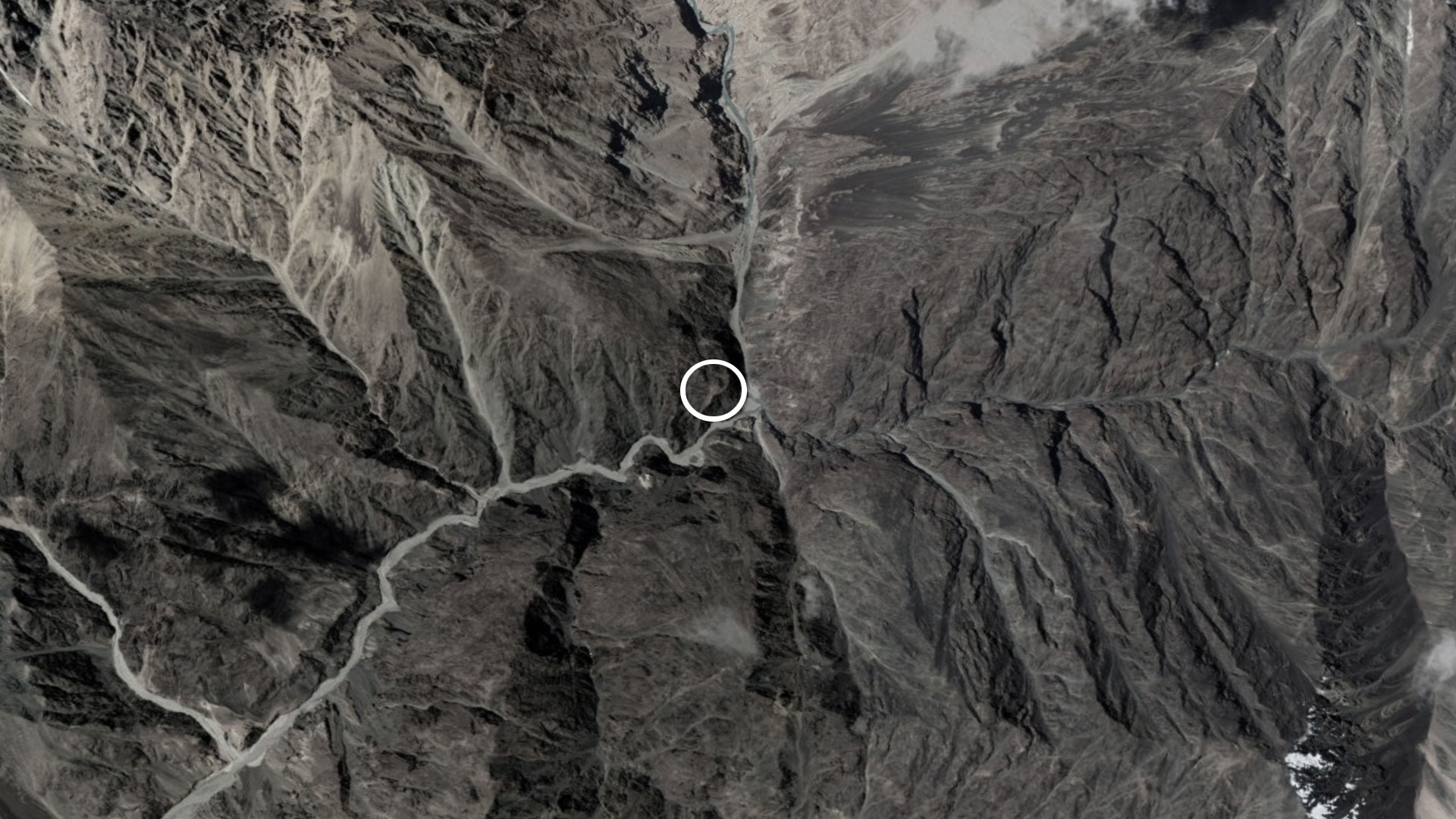
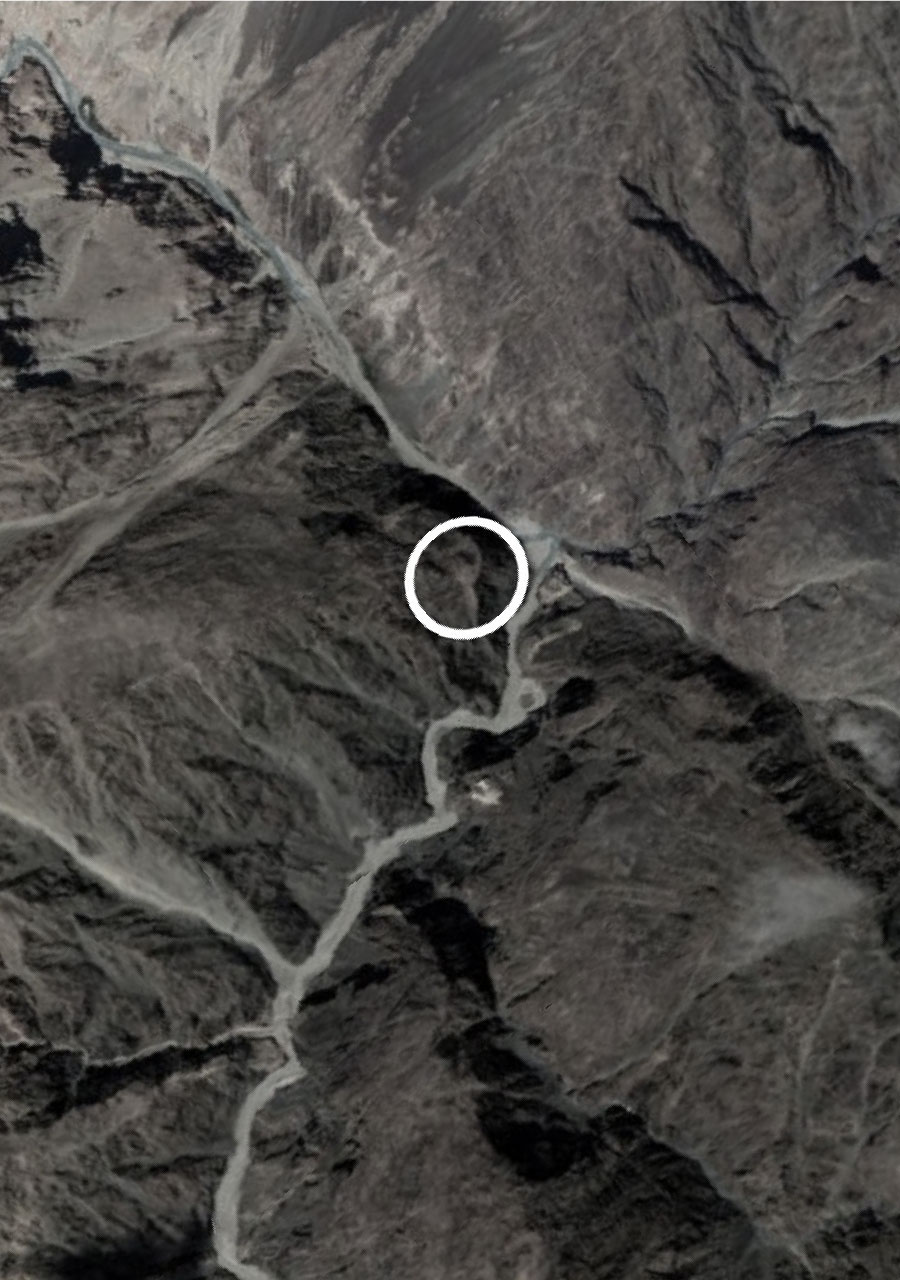
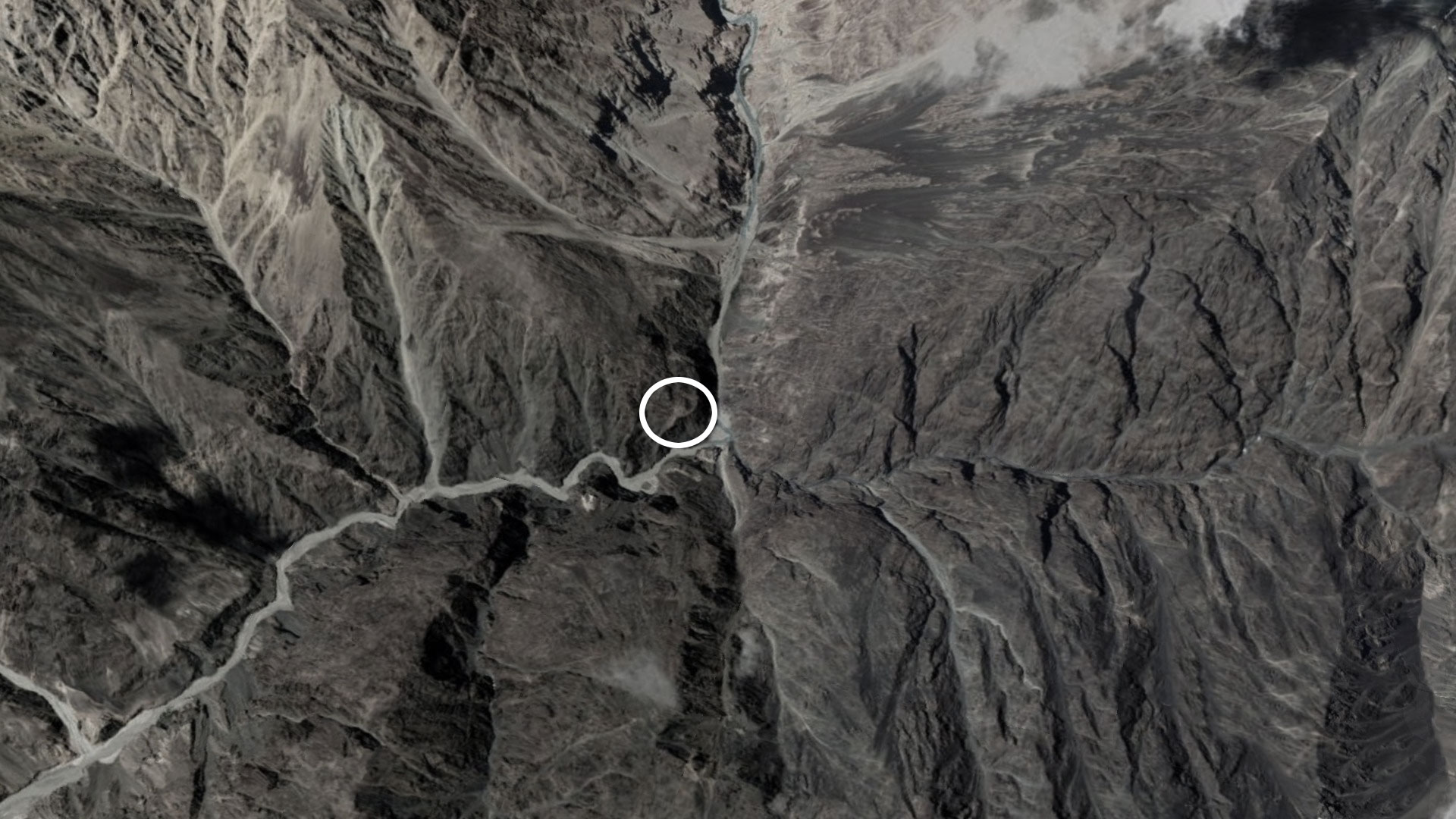
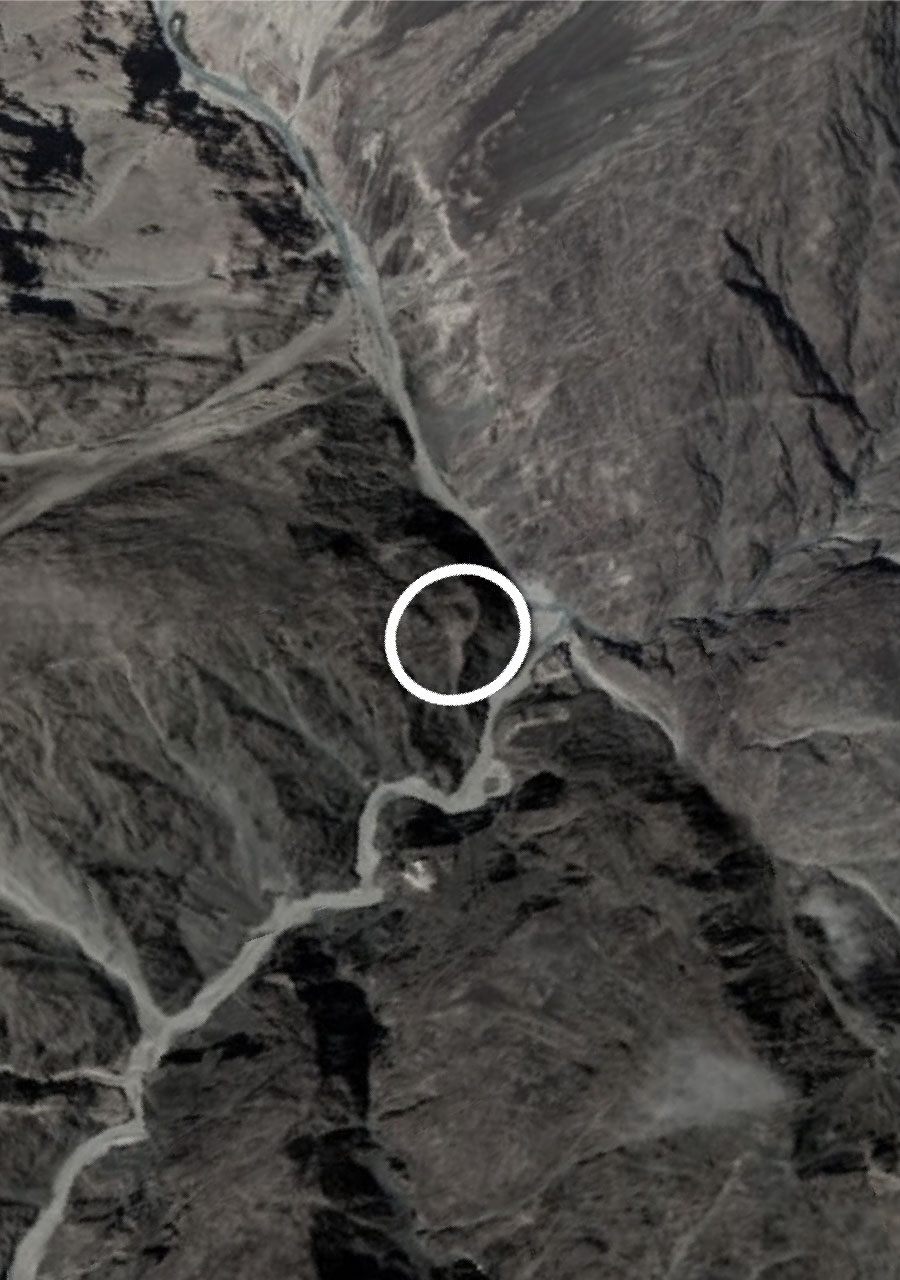

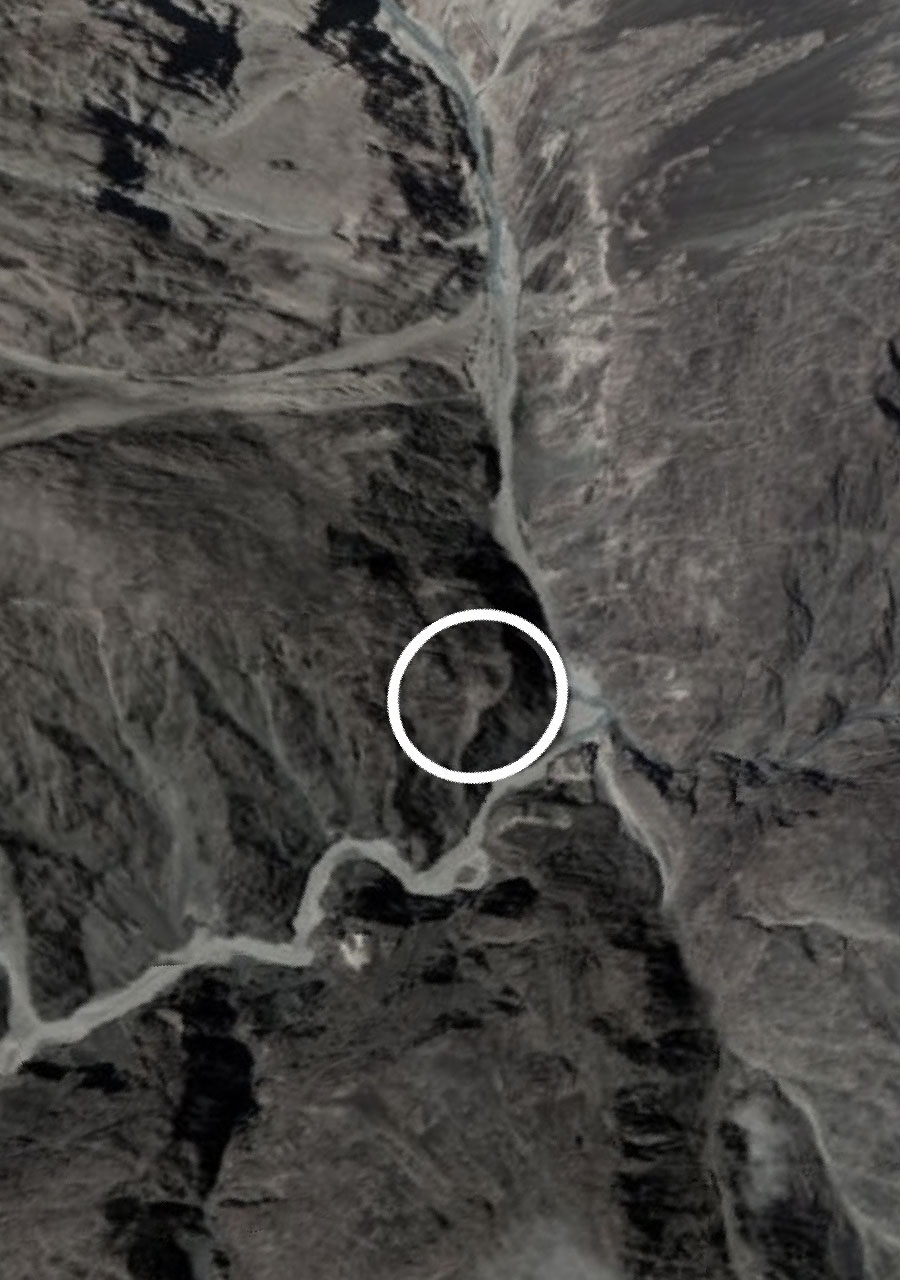
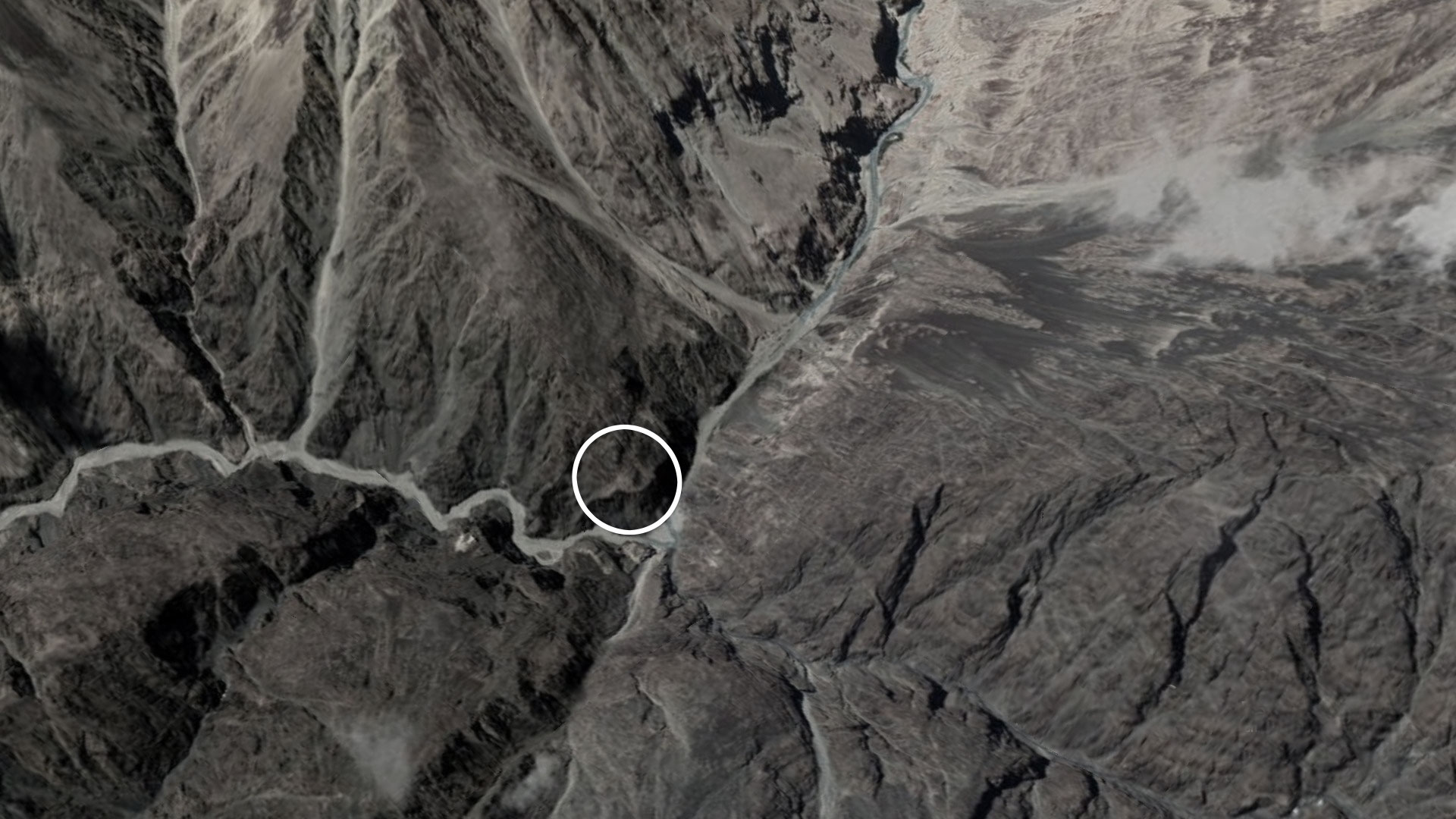
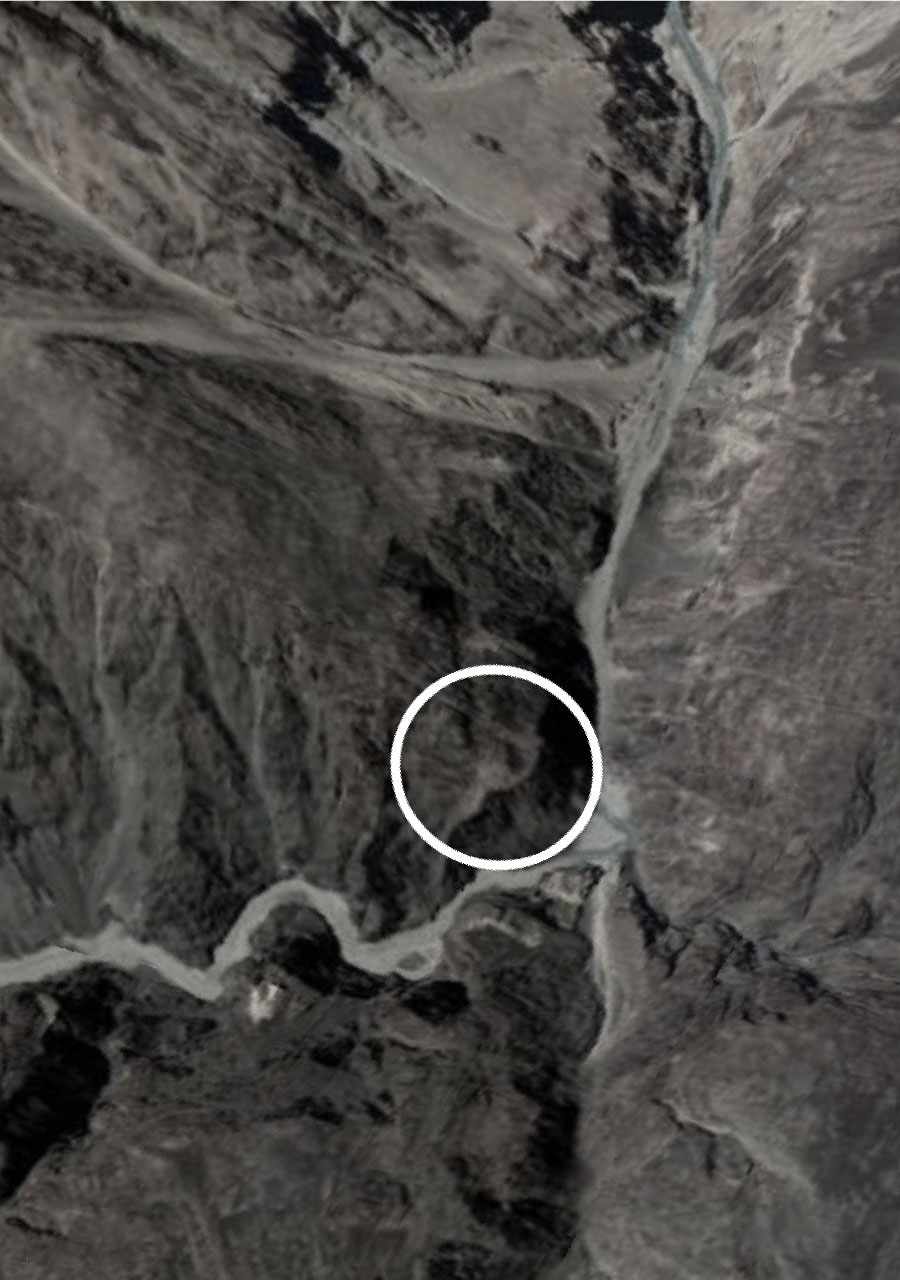
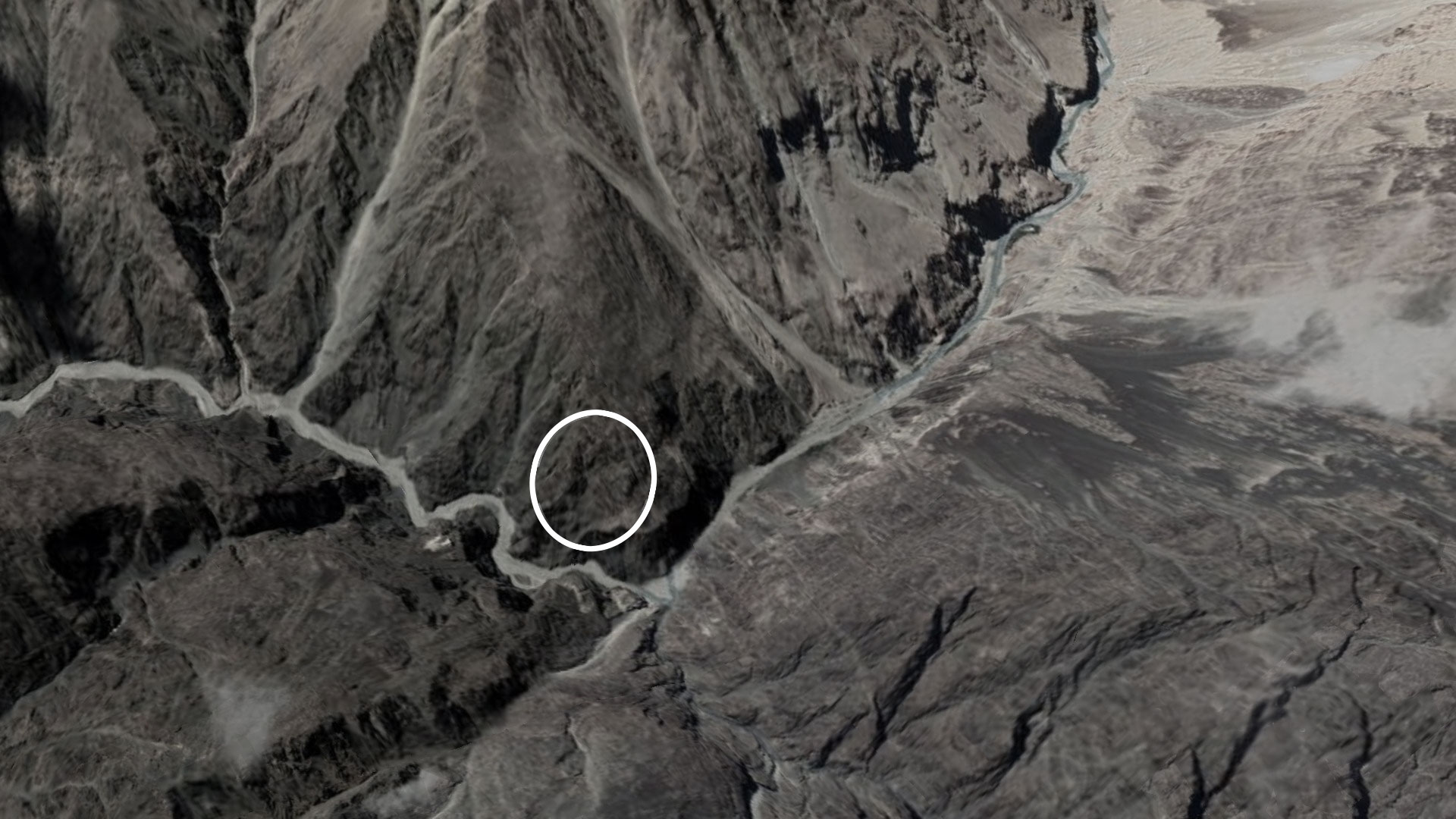
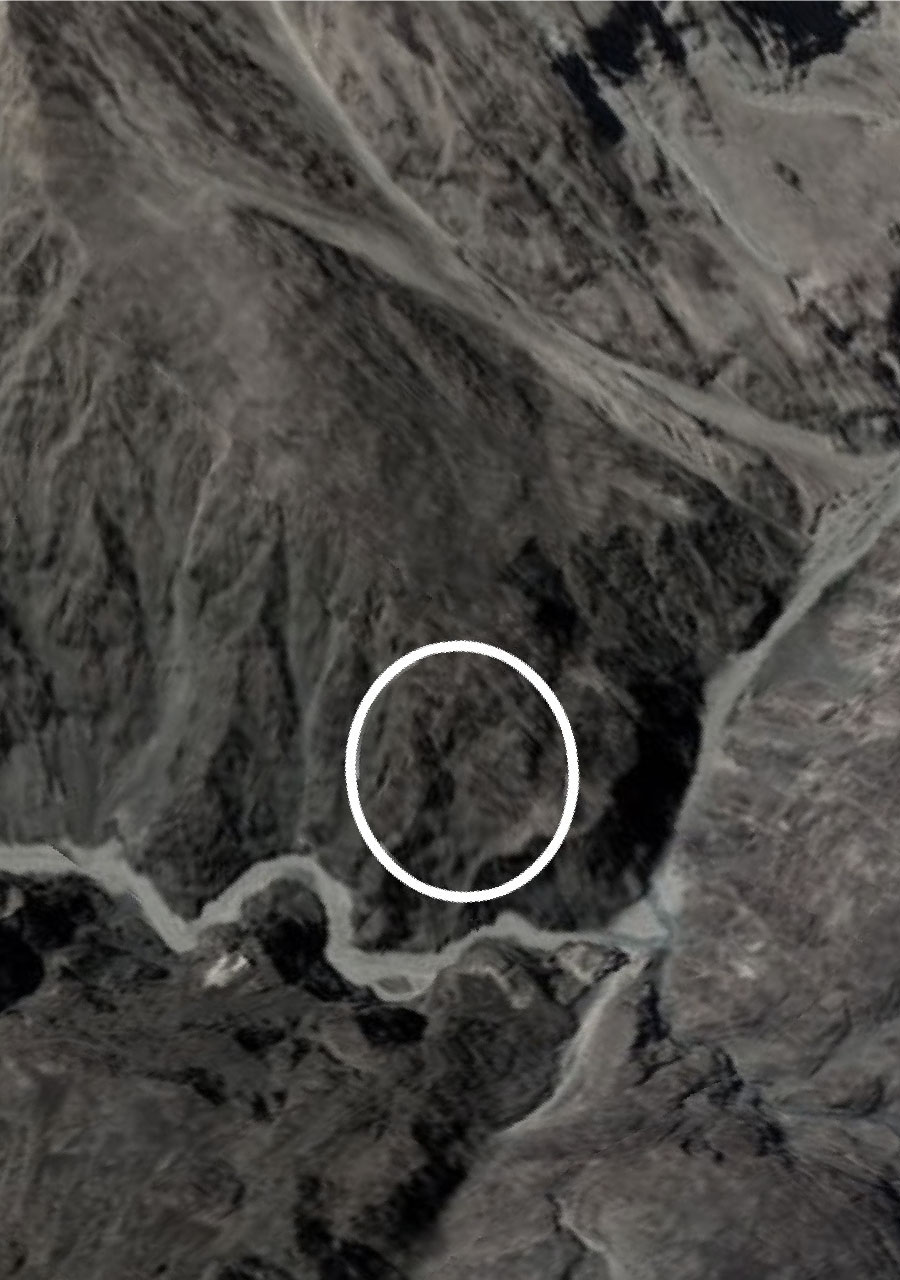
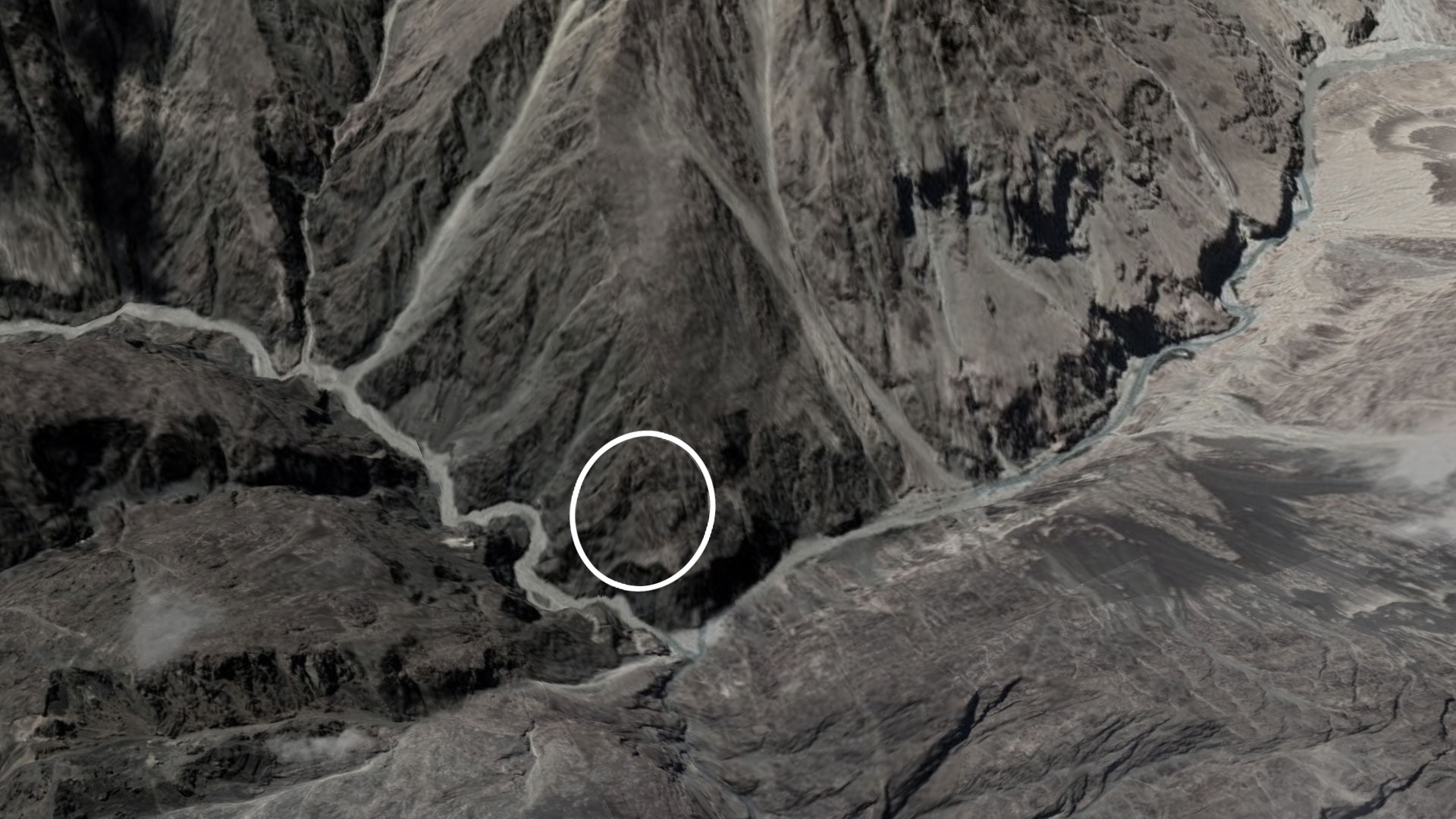
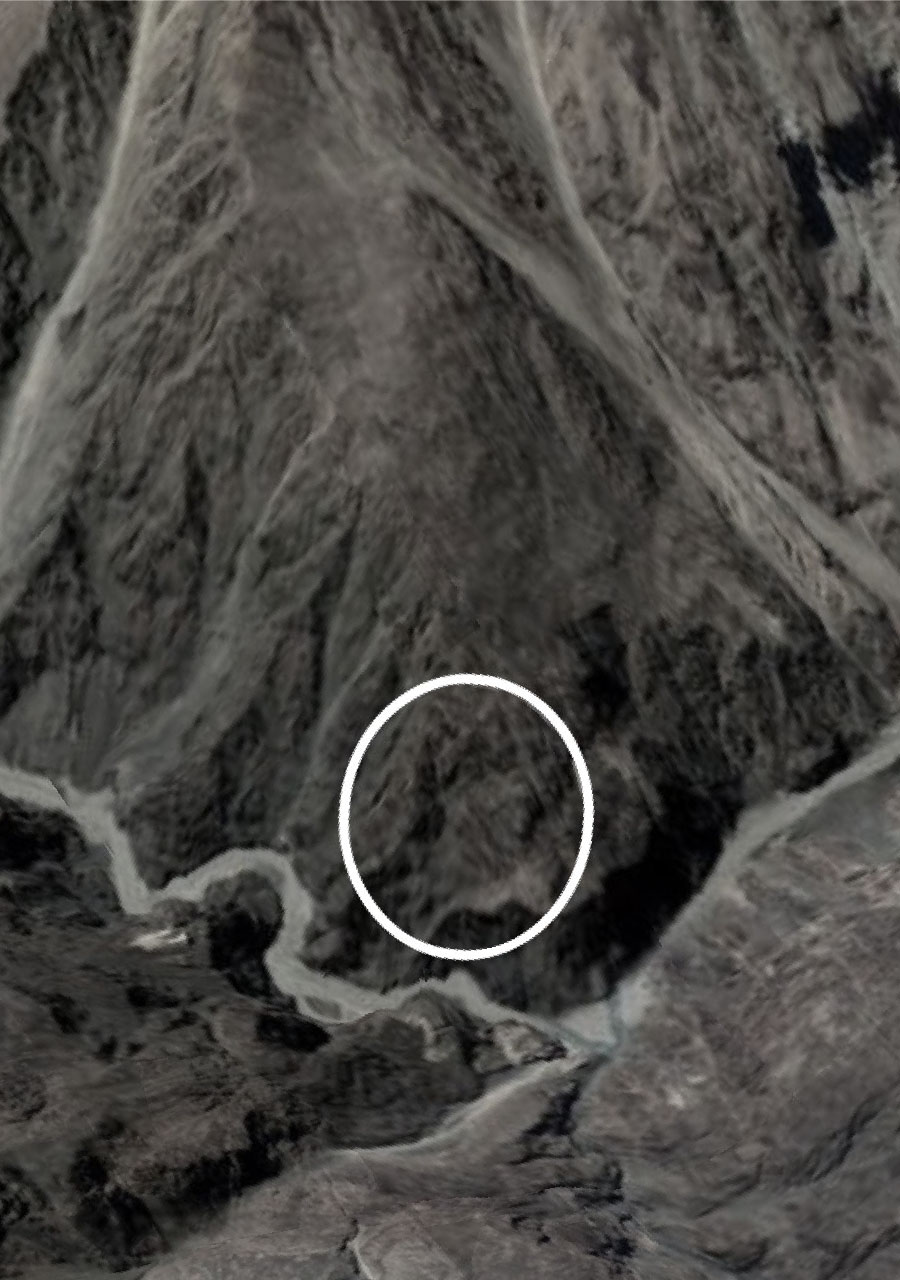
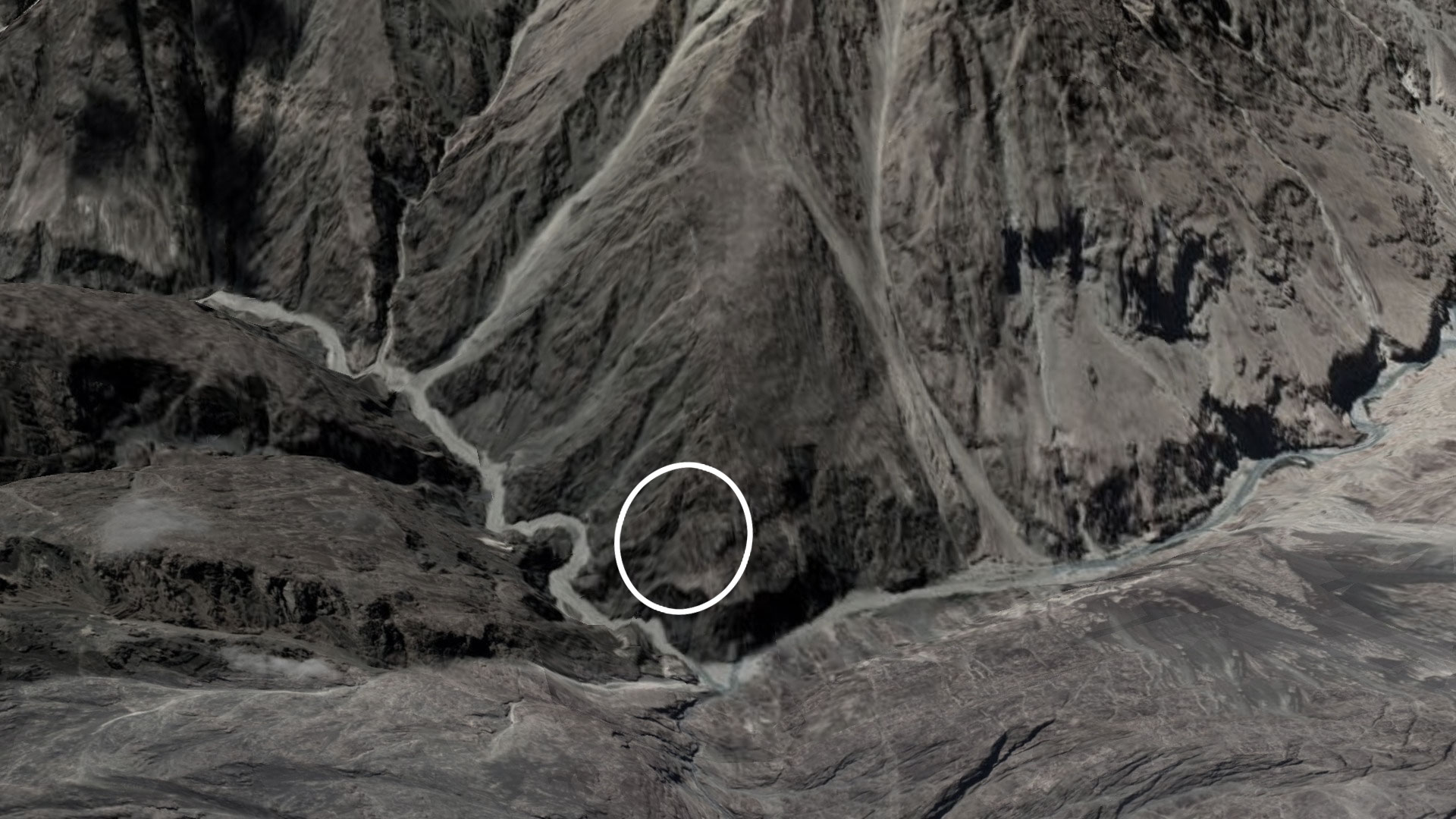
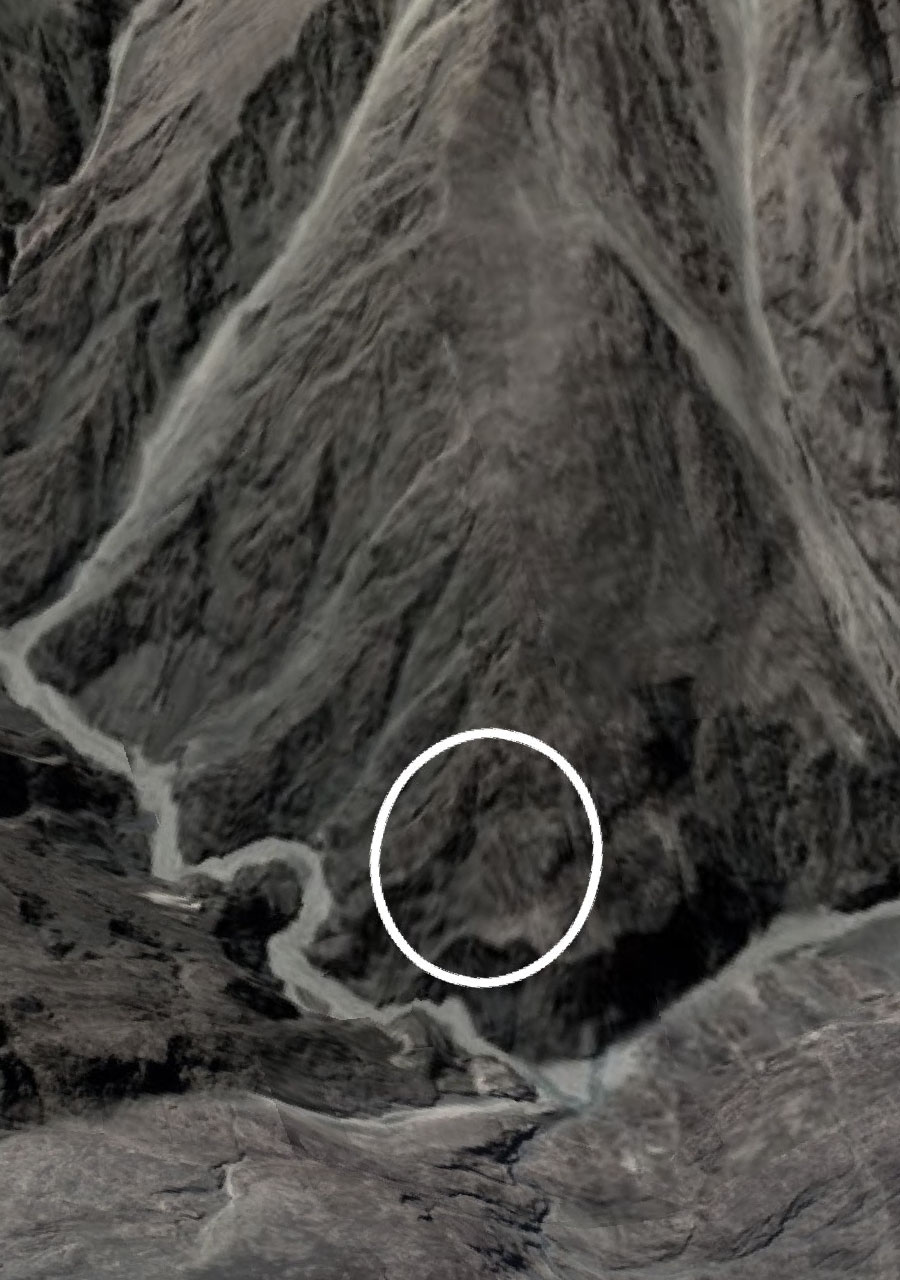

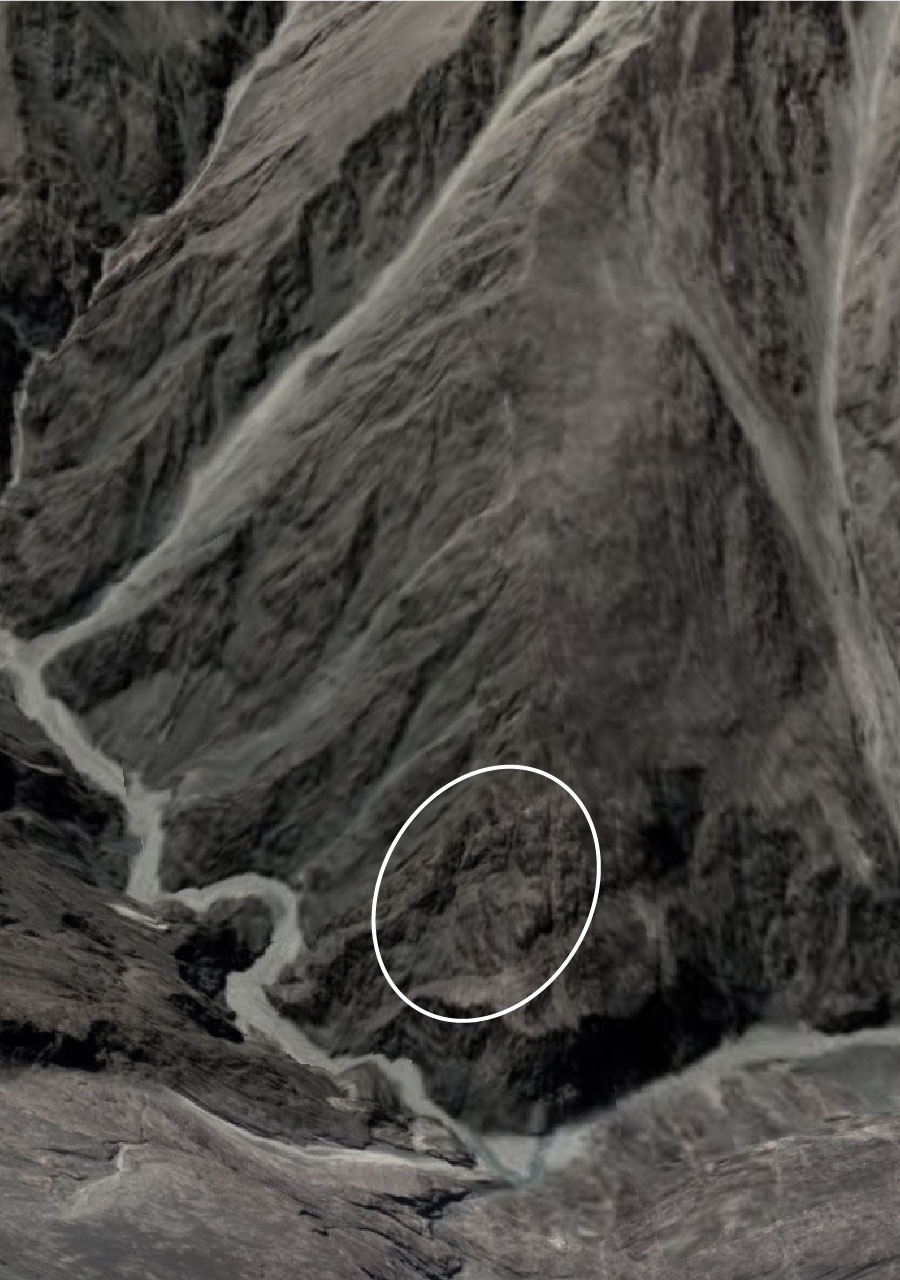
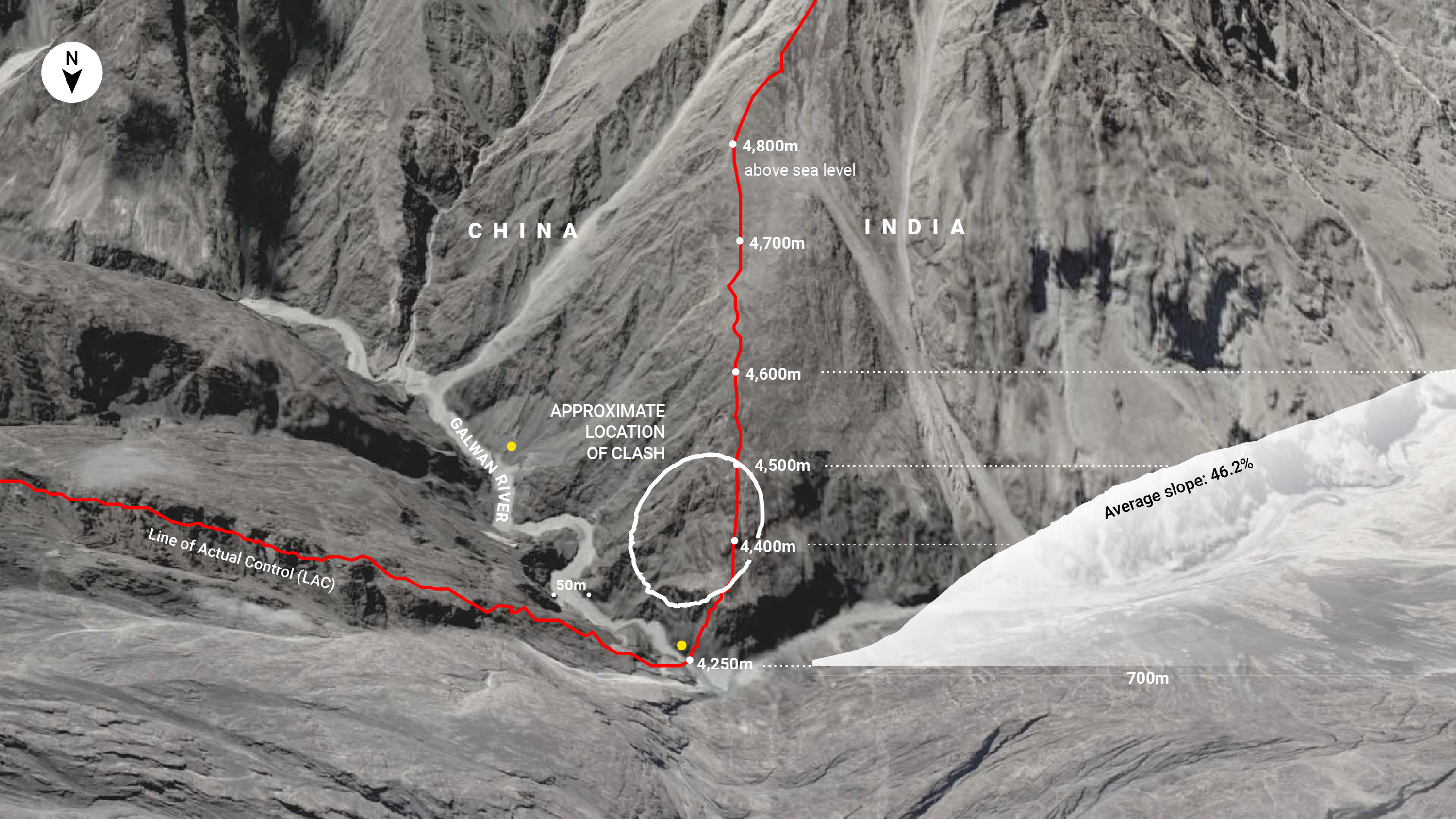
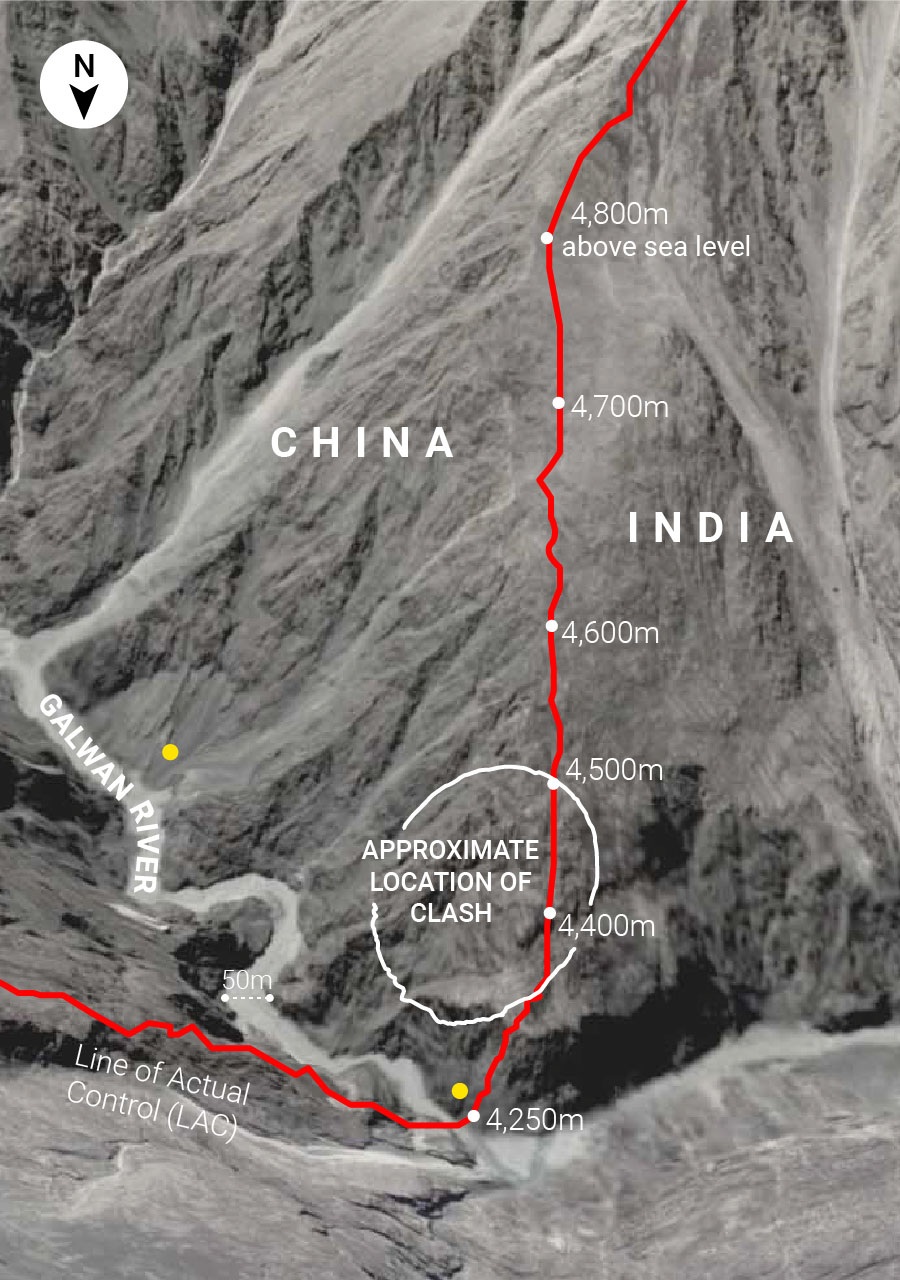
Firearm ban
India and China signed a series of border agreements in 1993, 1996 and 2005. The 1996 agreement sought to reduce aggression by banning firearms and explosives within 2km of the LAC. An exception is made for military exercises, which allows for limited range weapons.
As a result, when the Indian soldiers encountered Chinese troops on June 15 both sides attacked each other with bare fists and medieval-looking clubs spiked with nails and wrapped in barbed wire. A video that circulated online showed how some Indian soldiers died in the fight, while others from falling into the icy river below.
High border
The Galwan River flows from Aksai Chin towards Ladakh. Galwan Valley and the adjoining region experience freezing temperatures for much of the year. The forbidding conditions are arid and inhospitable.
Health effects
The low atmospheric oxygen, low humidity, and strong ultraviolet radiation experienced at high altitudes can induce a number of pathophysiological phenomena, which can lead to disorders of the cardiovascular, respiratory, and ocular systems.
Military operations 4,000 metres above sea level represent complex challenges. Soldiers need to stop at different heights over several days to acclimatise to the altitude. Ascending too quickly can put even young and healthy soldiers at grave risk of acute altitude sickness, pulmonary oedema, and cerebral oedema.
Even after they acclimatise, the speed at which soldiers can move is compromised, as are the loads they can carry, and they need to consume additional calories to remain fit and healthy.
In addition to altitude challenges the temperature adds further stress to the soldiers’ well-being, with humans unable to withstand prolonged periods in temperatures above 50ºC or below -26ºC, which are common in the region.
ACUTE MOUNTAIN SICKNESS (AMS)
The mildest form of altitude sickness, AMS is produced by a lack of oxygen and can affect anybody. Symptoms include headache, nausea, vomiting, fatigue, irritability, dizziness and sleep disturbance, and can appear three to 24 hours after ascent. The incidence and severity vary with the initial altitude, rate of ascent, level of effort, and individual body conditions.
Symptom scale in a rapid ascent
Above 4,000 metres, most people who have not gone through an acclimatisation process will lose 20 per cent of their normal skills, which may persist after acclimatisation. At least half of all people without acclimatisation will experience some or all of the symptoms for several days. Height also affects a series of cognitive abilities, deficiencies in psychomotor performance, mental abilities or the ability to react quickly, Surveillance capacity, memory and logical reasoning are also affected.
ORGANIC EFFECTS



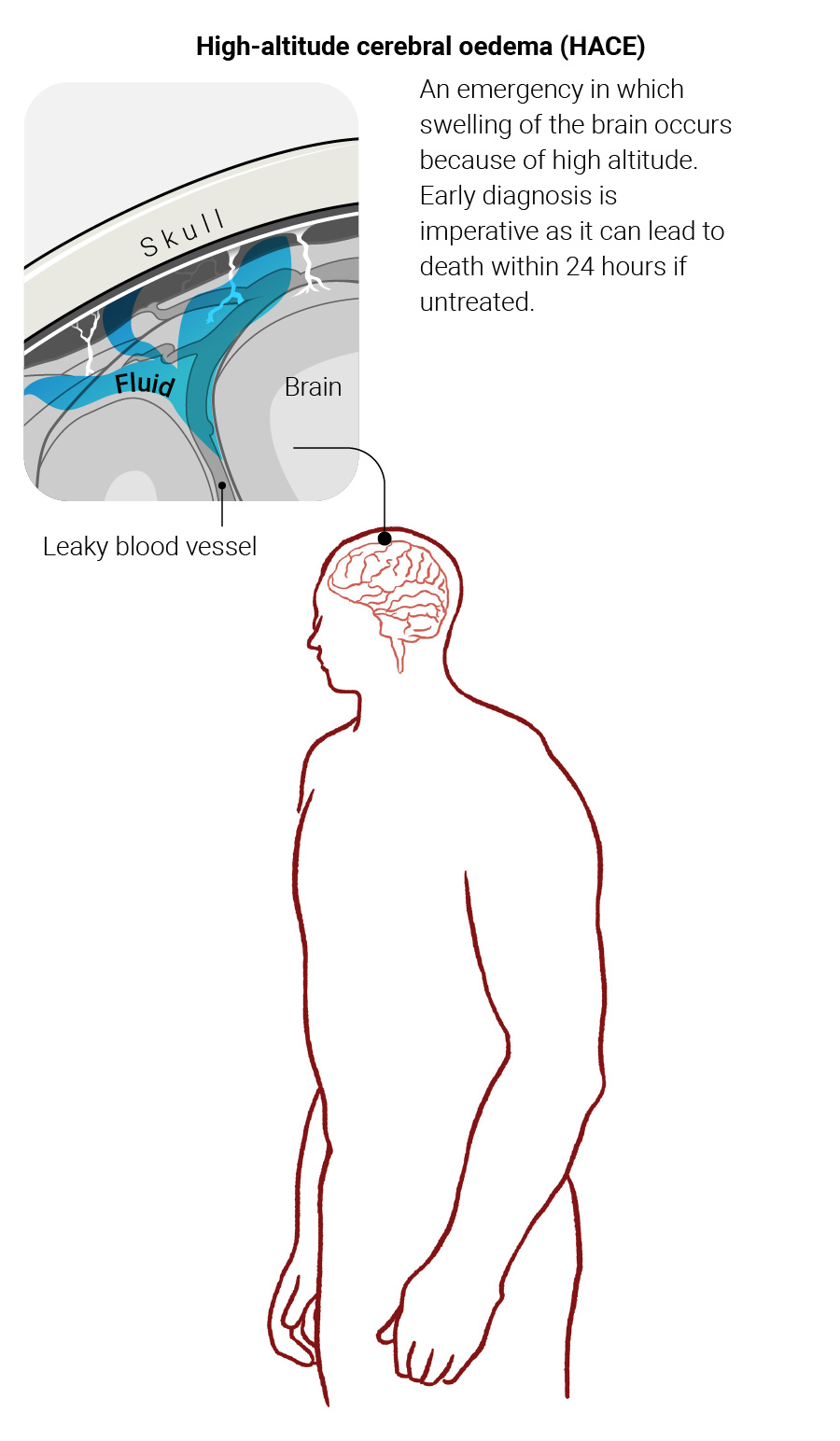

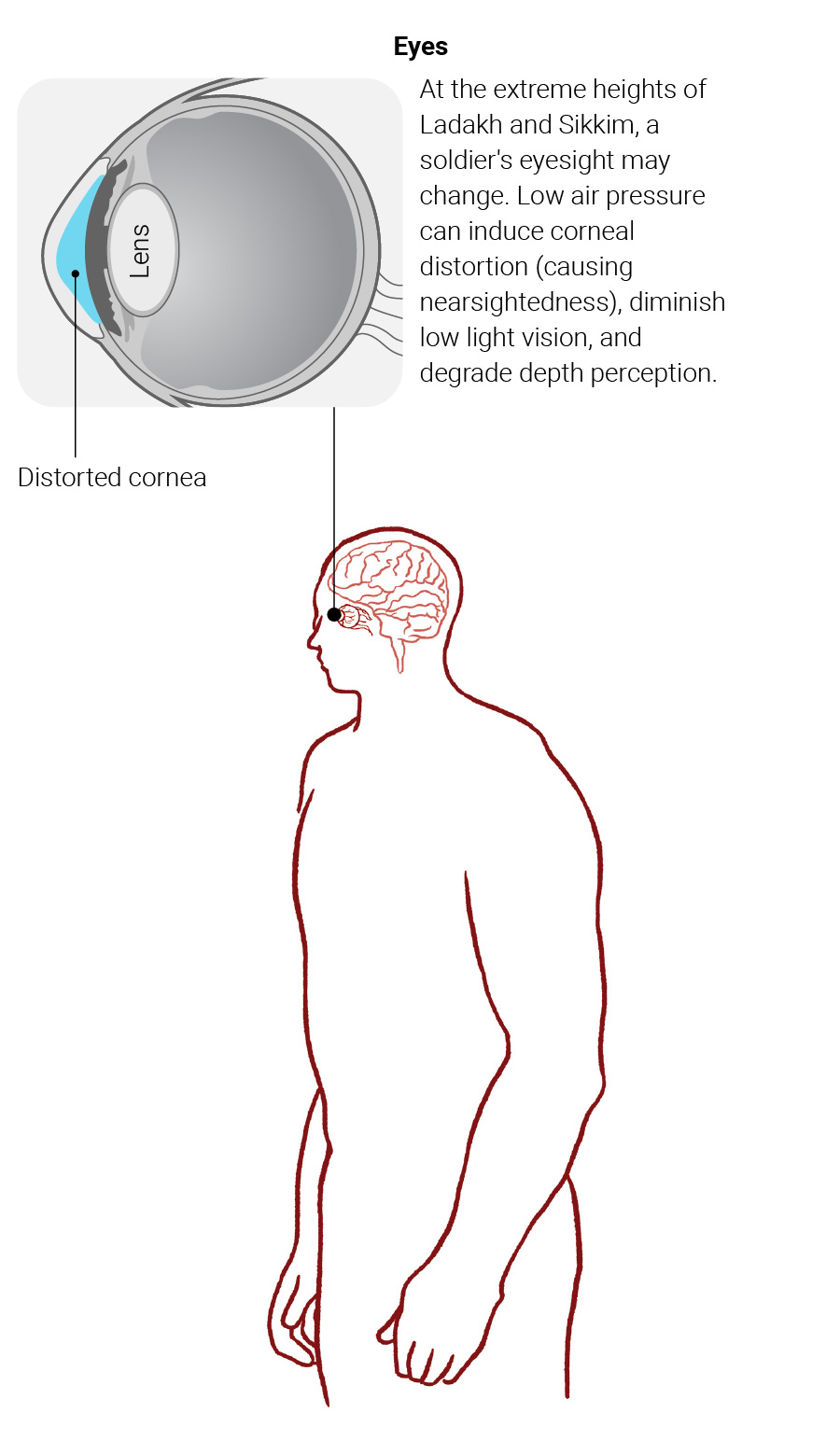

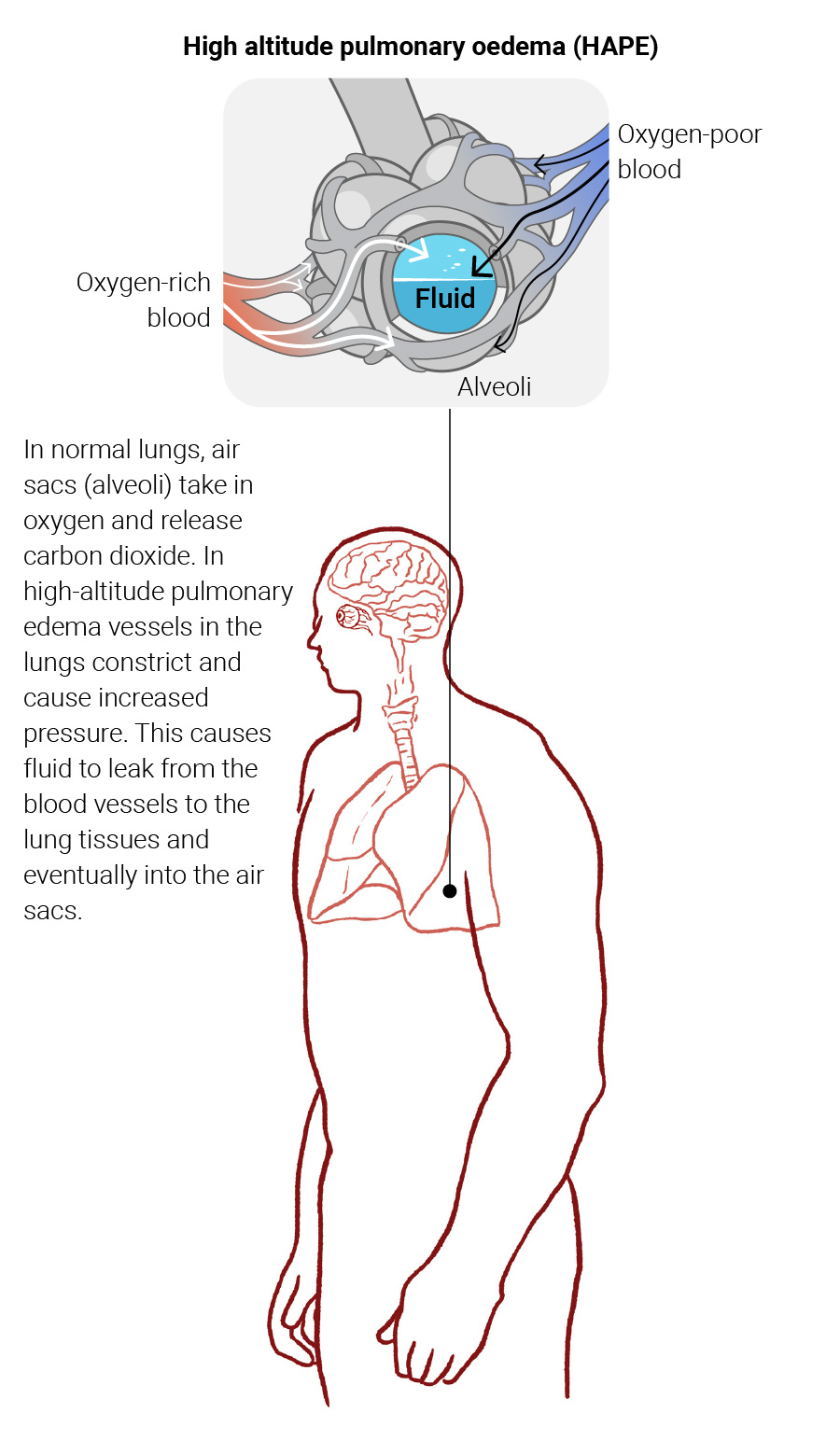

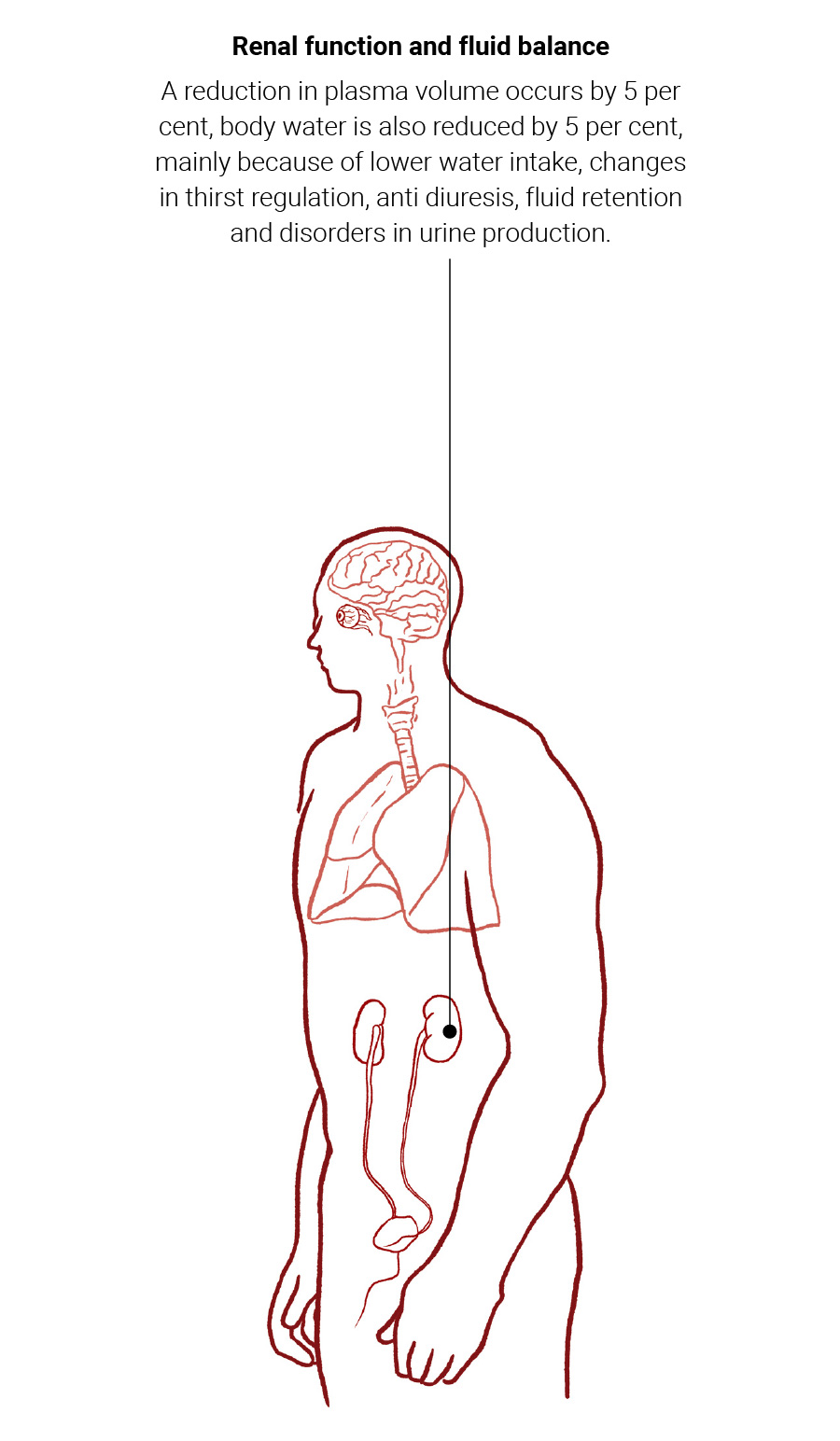

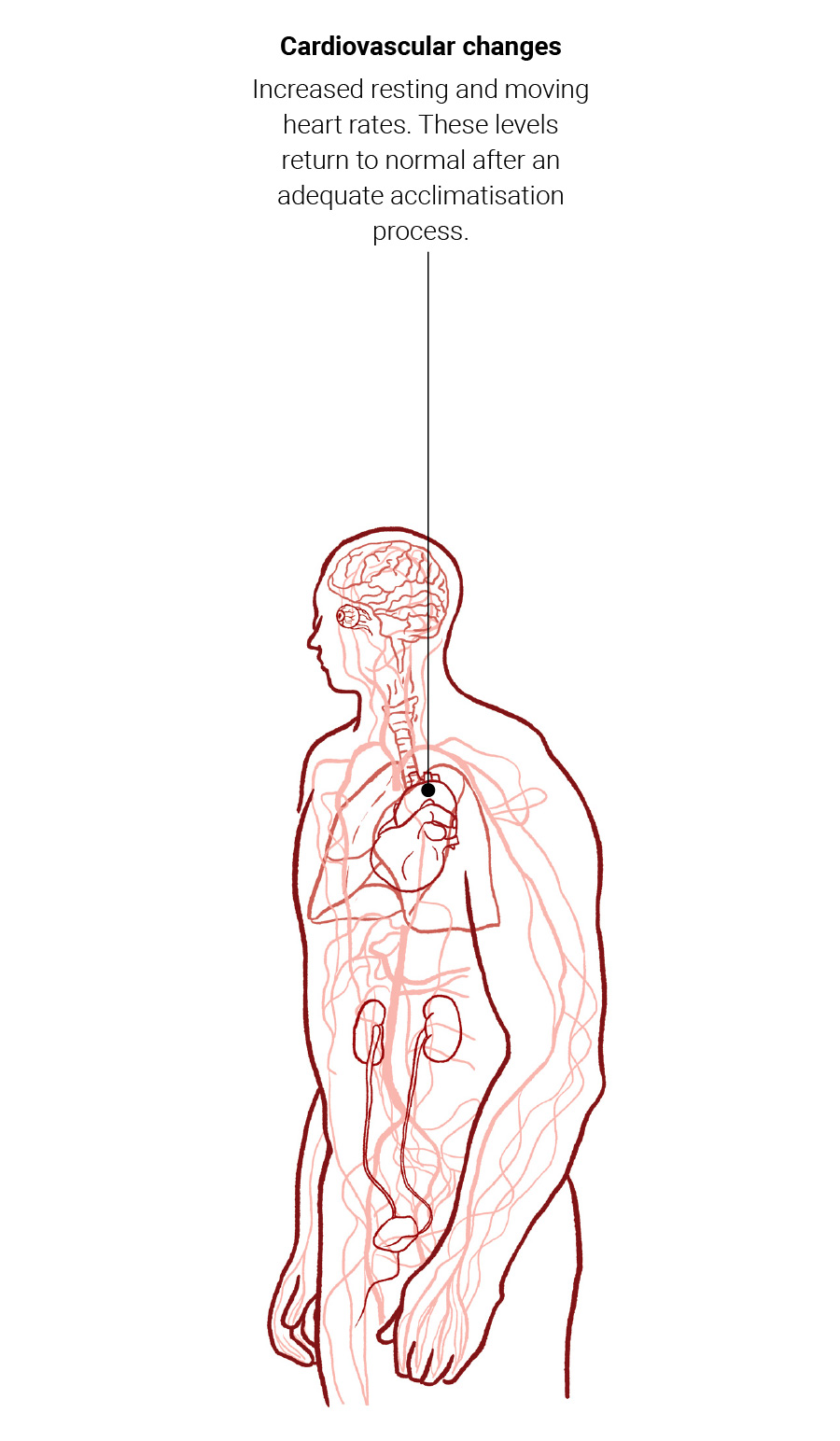
Territorial disputes with other countries
Beijing and New Delhi remain tight-lipped about the skirmish but the animosity dates back to at least 1914, when Britain and Tibet entered into an agreement over the establishment of the McMahon Line. Named after the colonial officer who drew the border, India argues the 1,000km long frontier marks the legal border between colonial India and its neighbours.
China has never accepted the border.
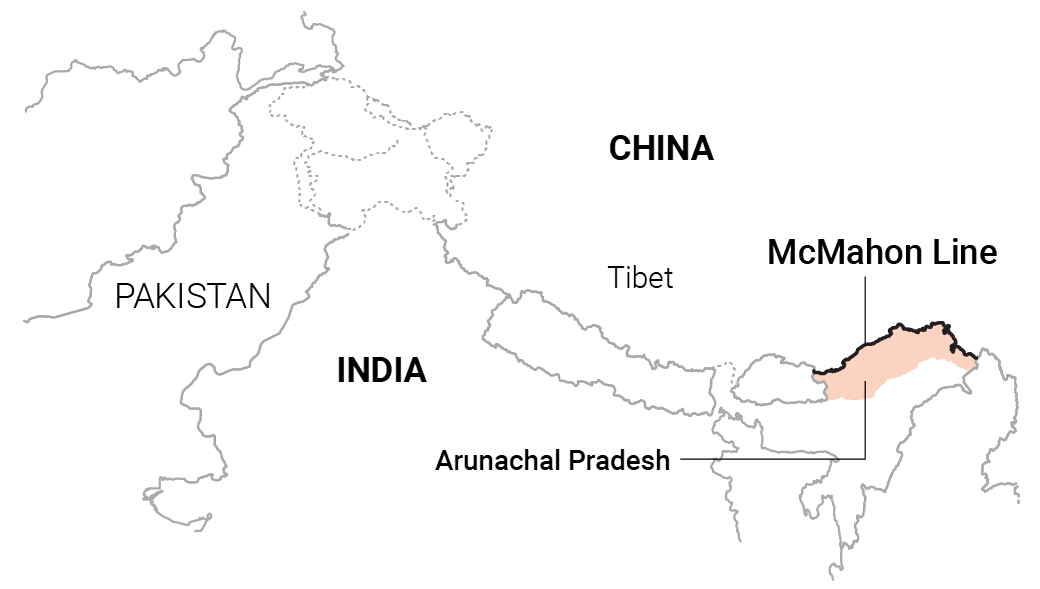
The Sino-India war of 1962 resulted in China redrawing the border as the Line of Actual Control in its own favour, while the second Sino-India war of 1967 saw India push China back, further obfuscating the location of the Himalayan border.
Bloodless clashes have erupted since then with both sides quick to de-escalate friction to avert another war. In 1996 both sides agreed not to use firearms in the area.
Tensions rose again in 2017 when Beijing began building a road into Bhutan, an area New Delhi considers a buffer zone. In a tense stand-off, Indian and Chinese troops threw rocks at each other as a precursor to the current situation.
China and its neighbours
Since 1949, China has been involved in 23 territorial disputes including sovereignty over Hong Kong, Macau and Taiwan. Most of the disputes have been resolved; only six remain active.
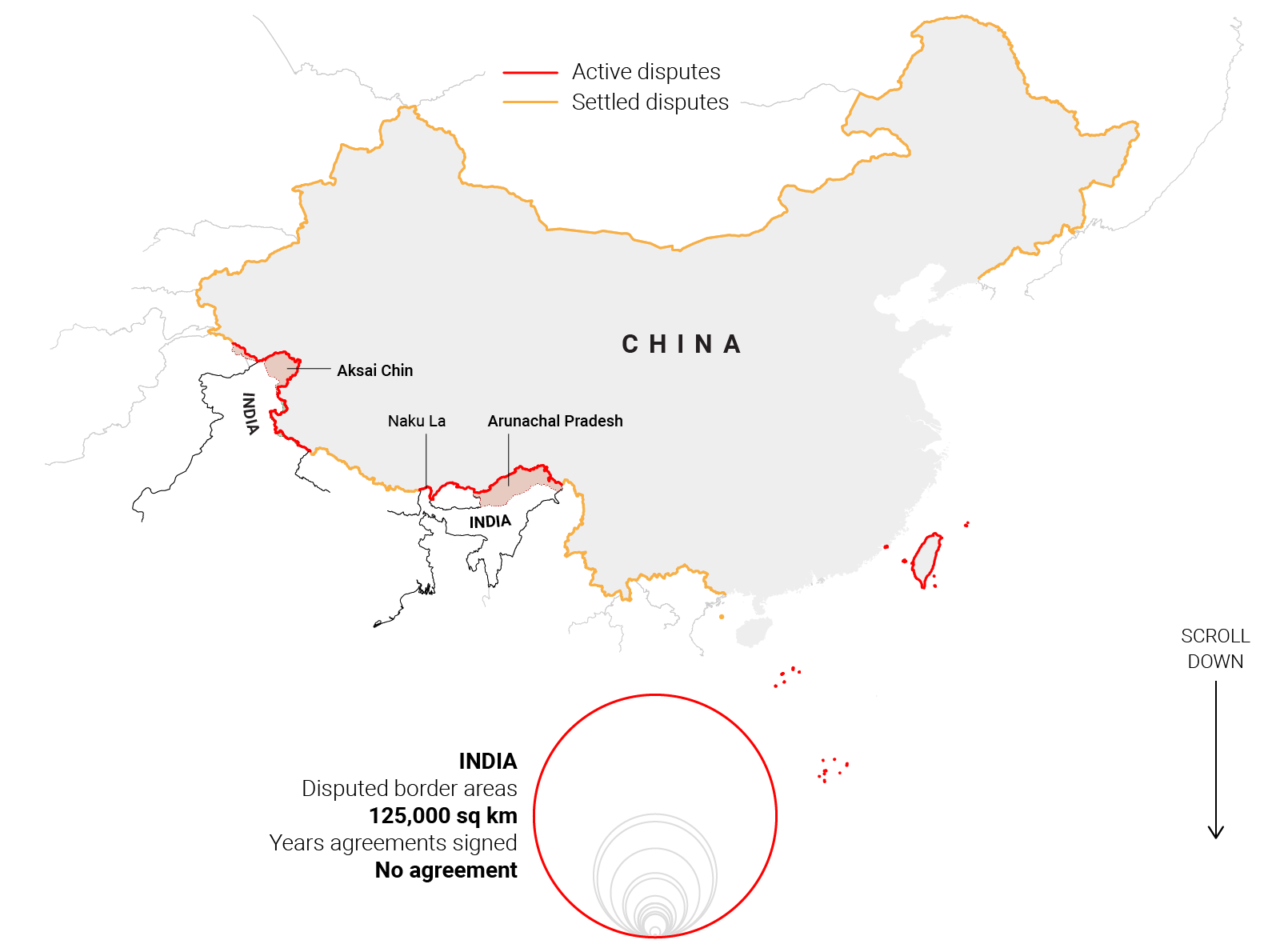
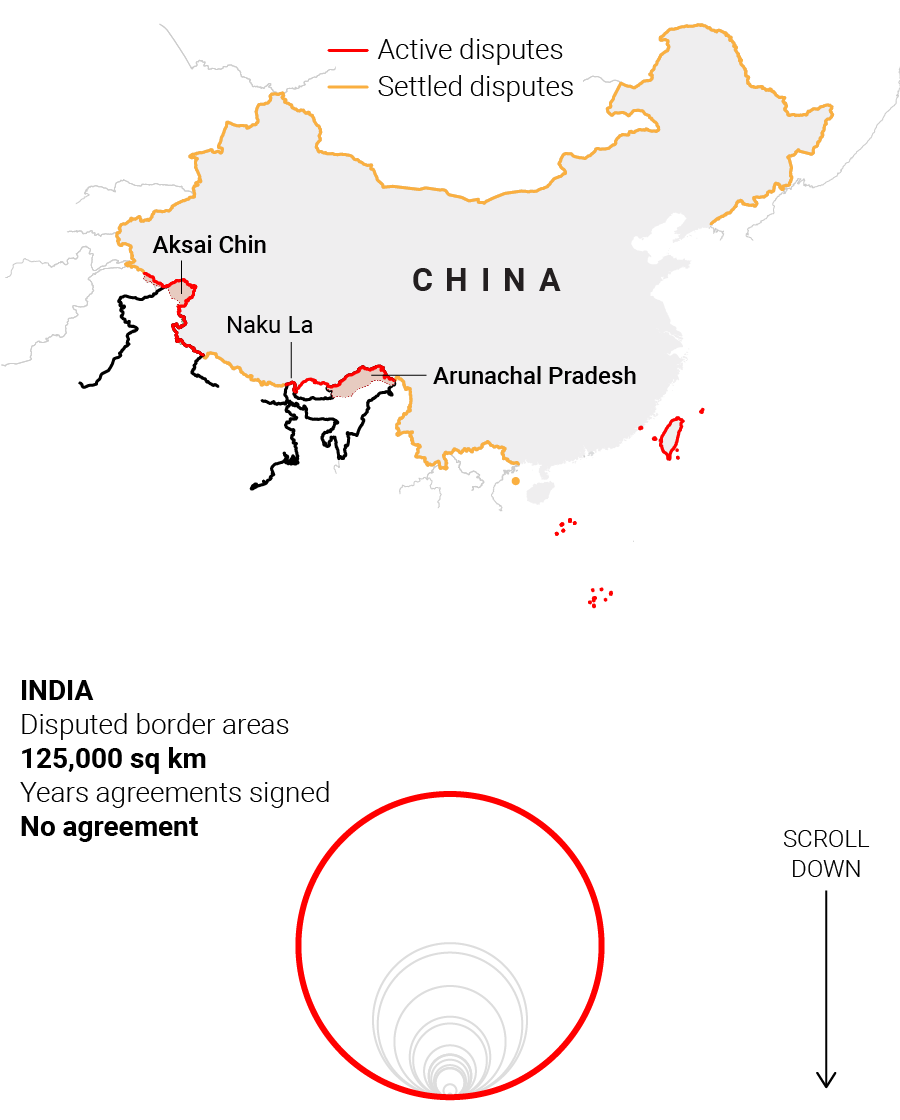
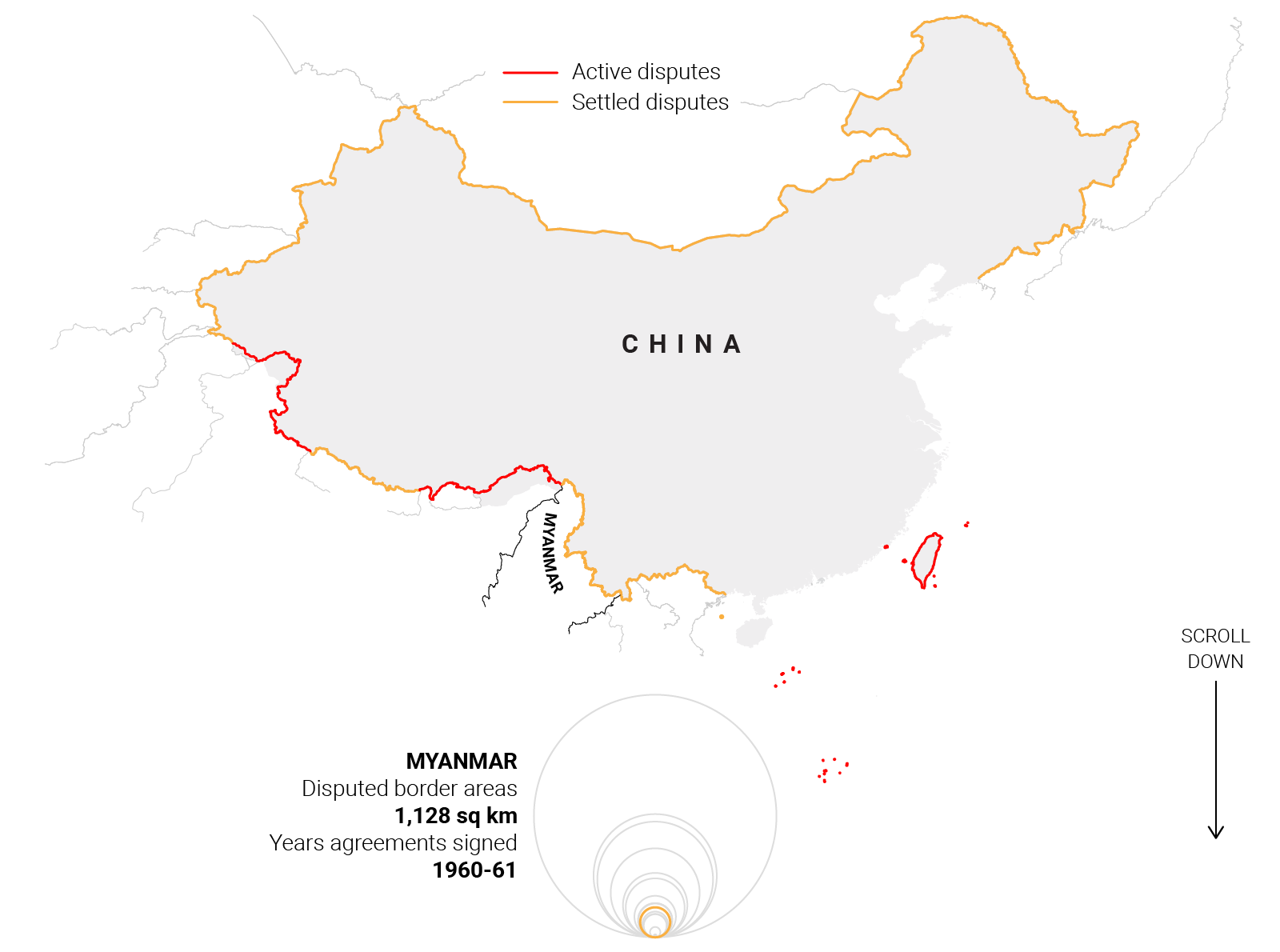
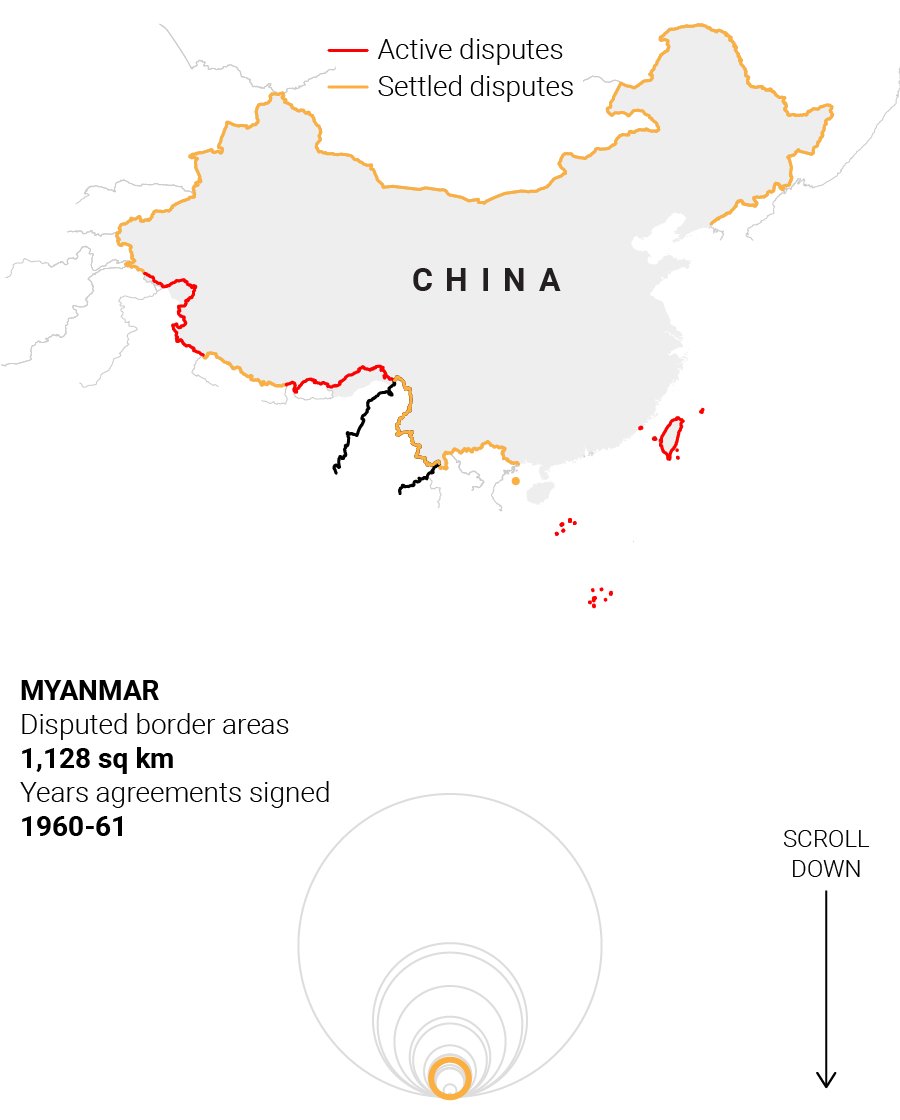
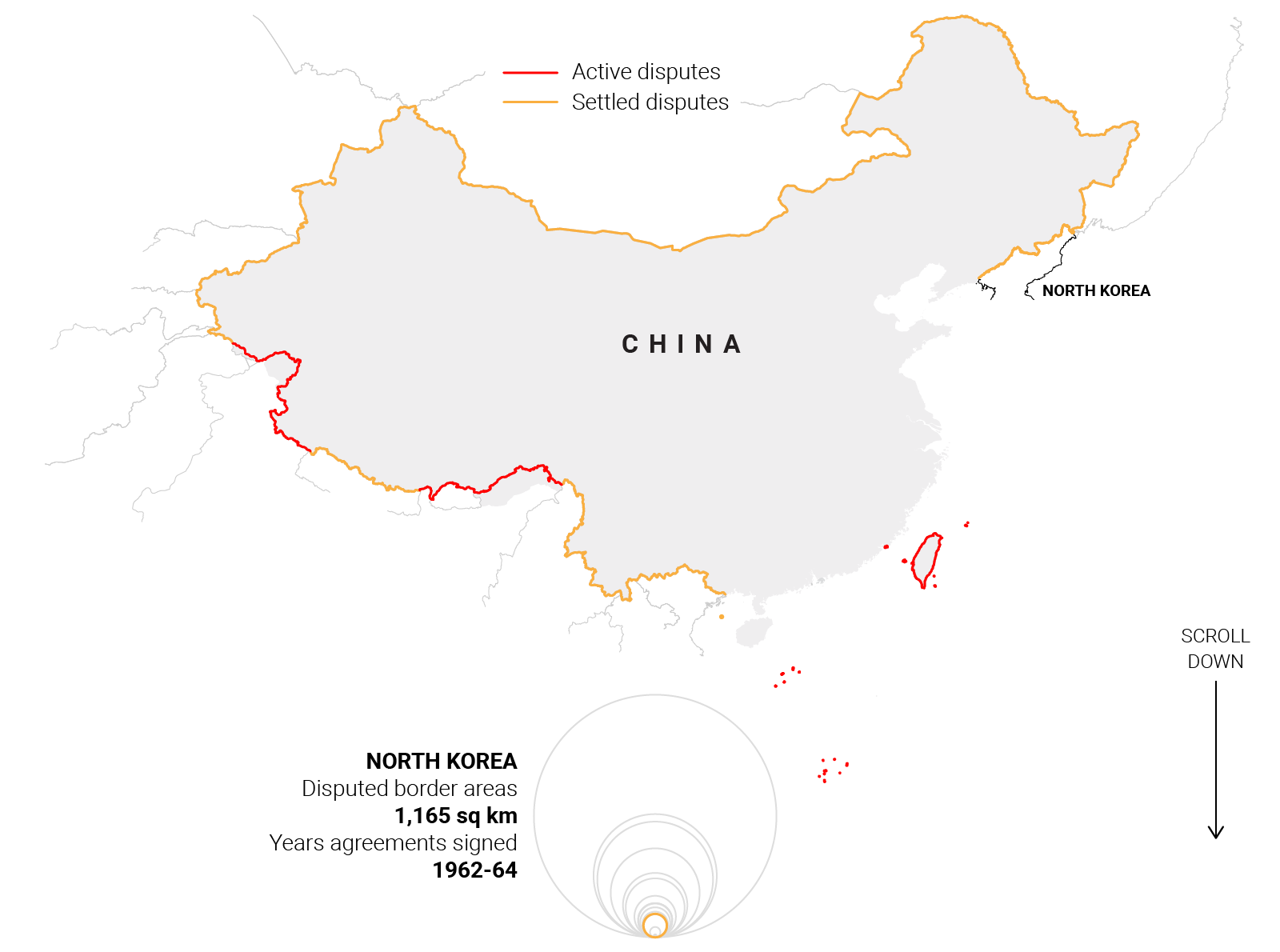
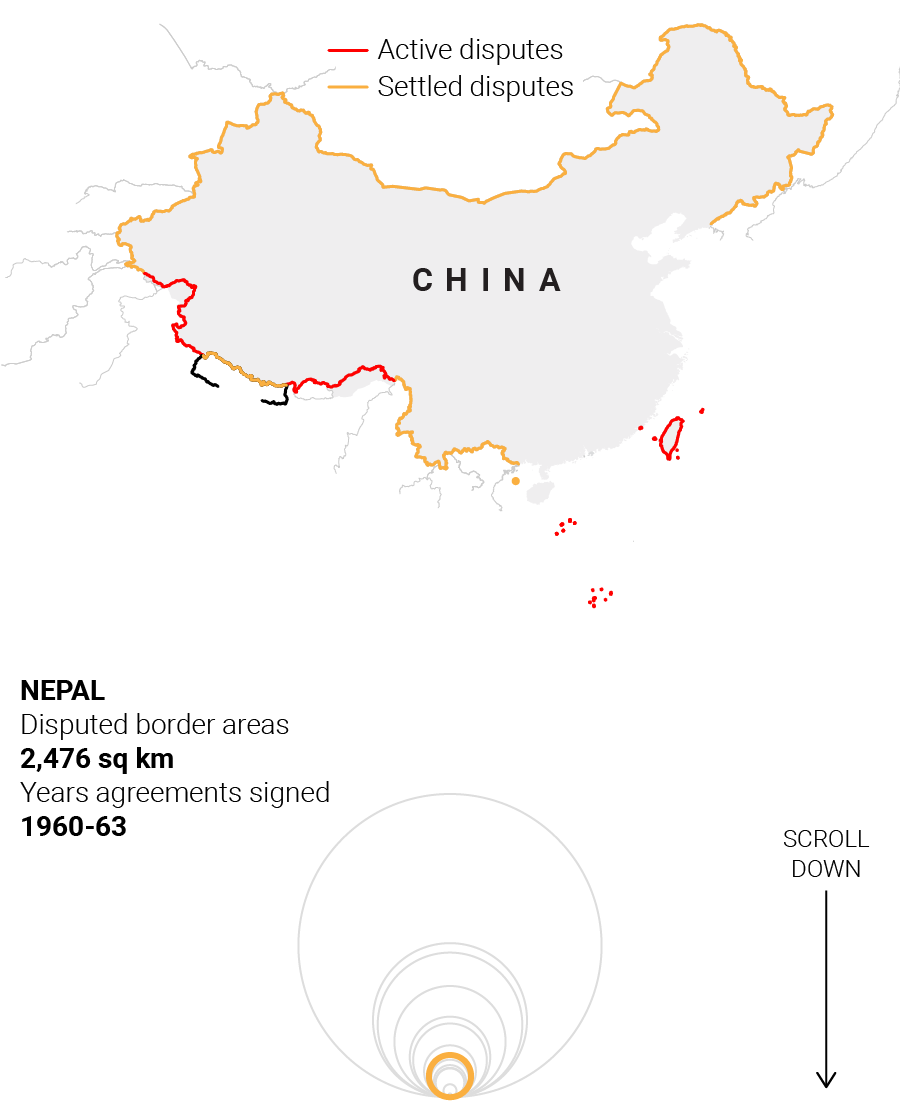
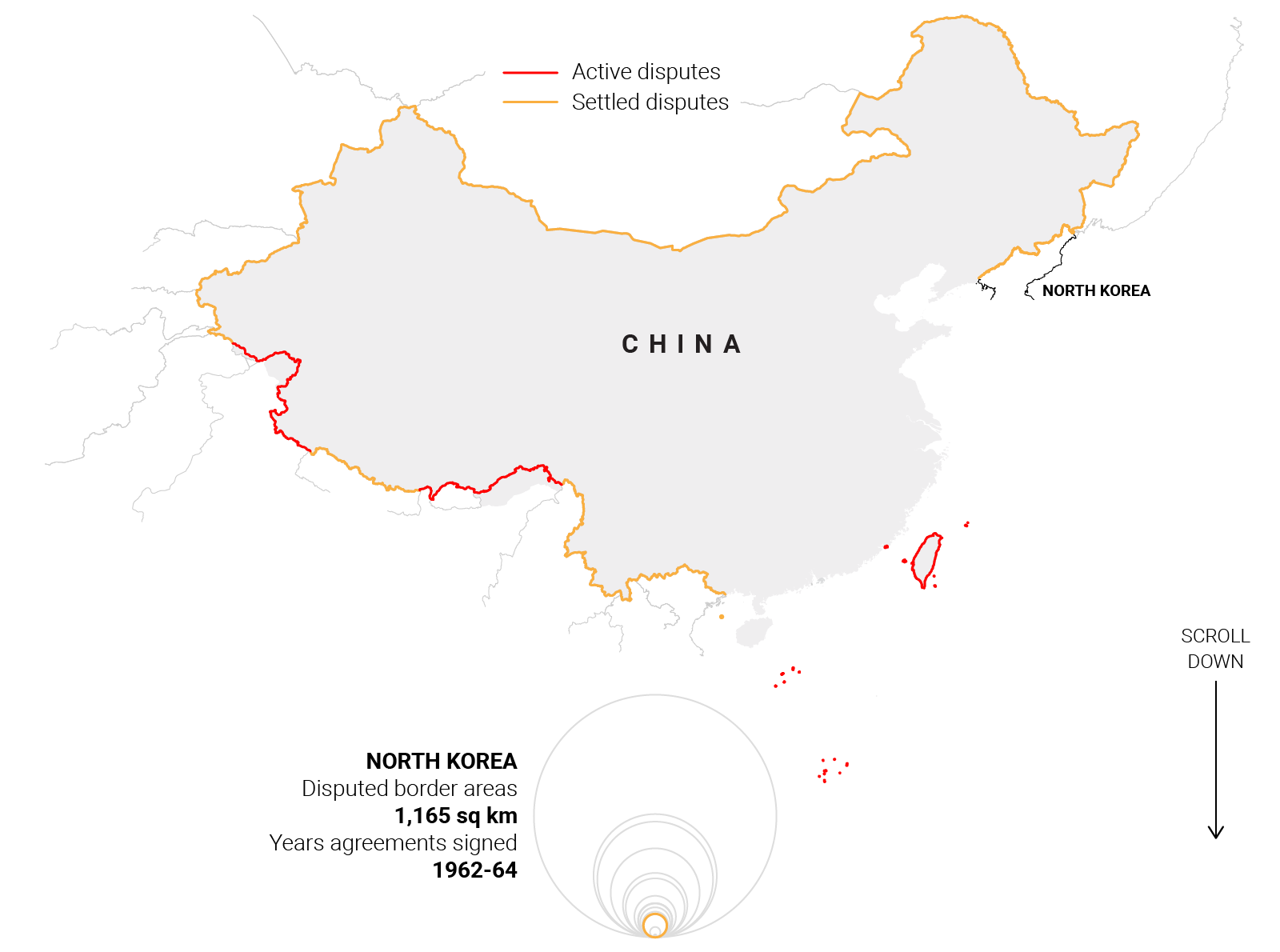
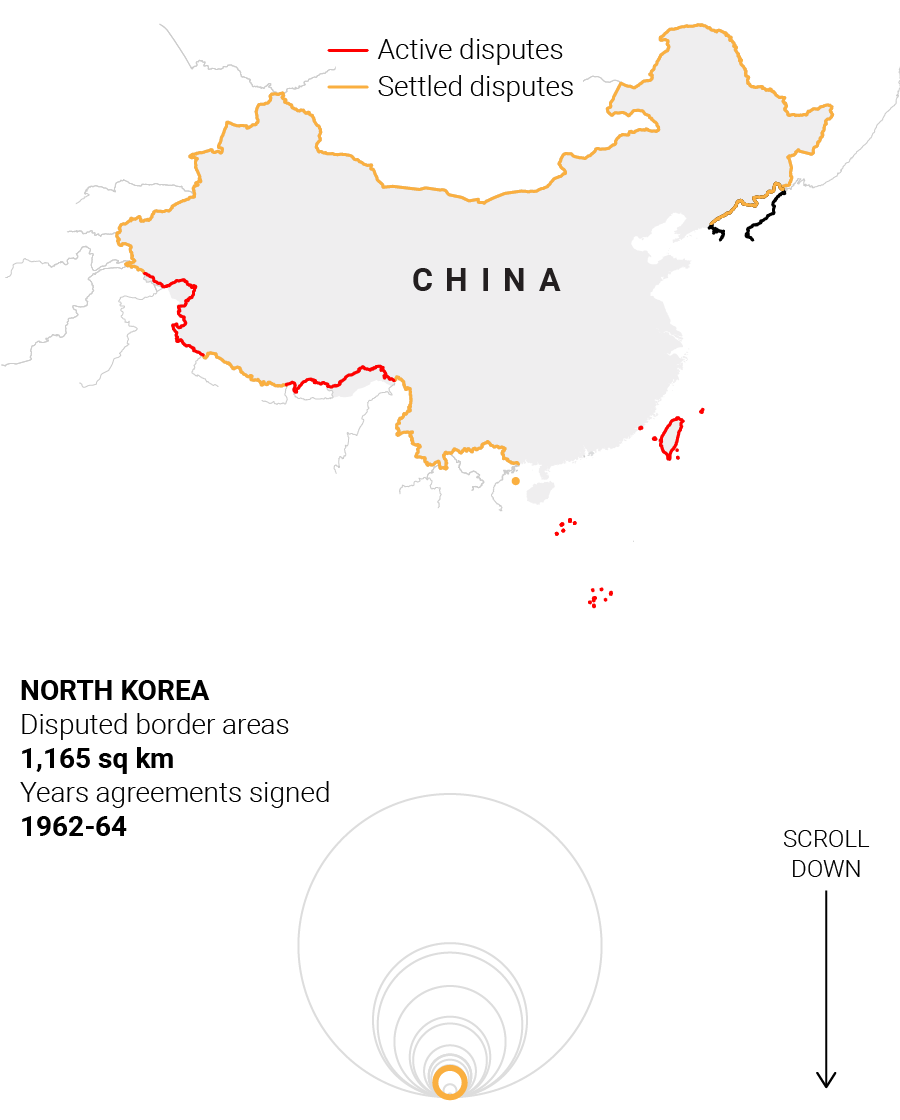
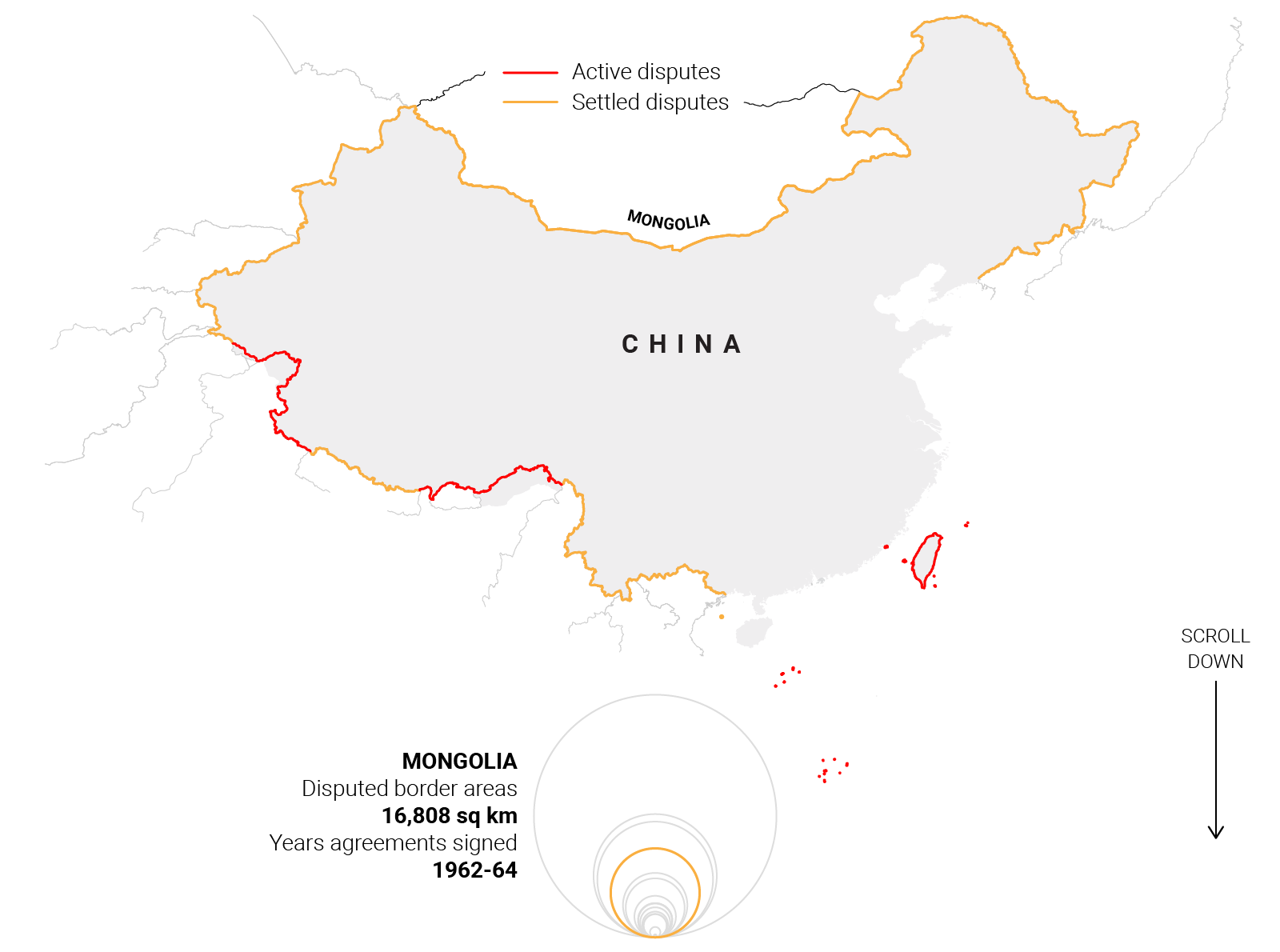
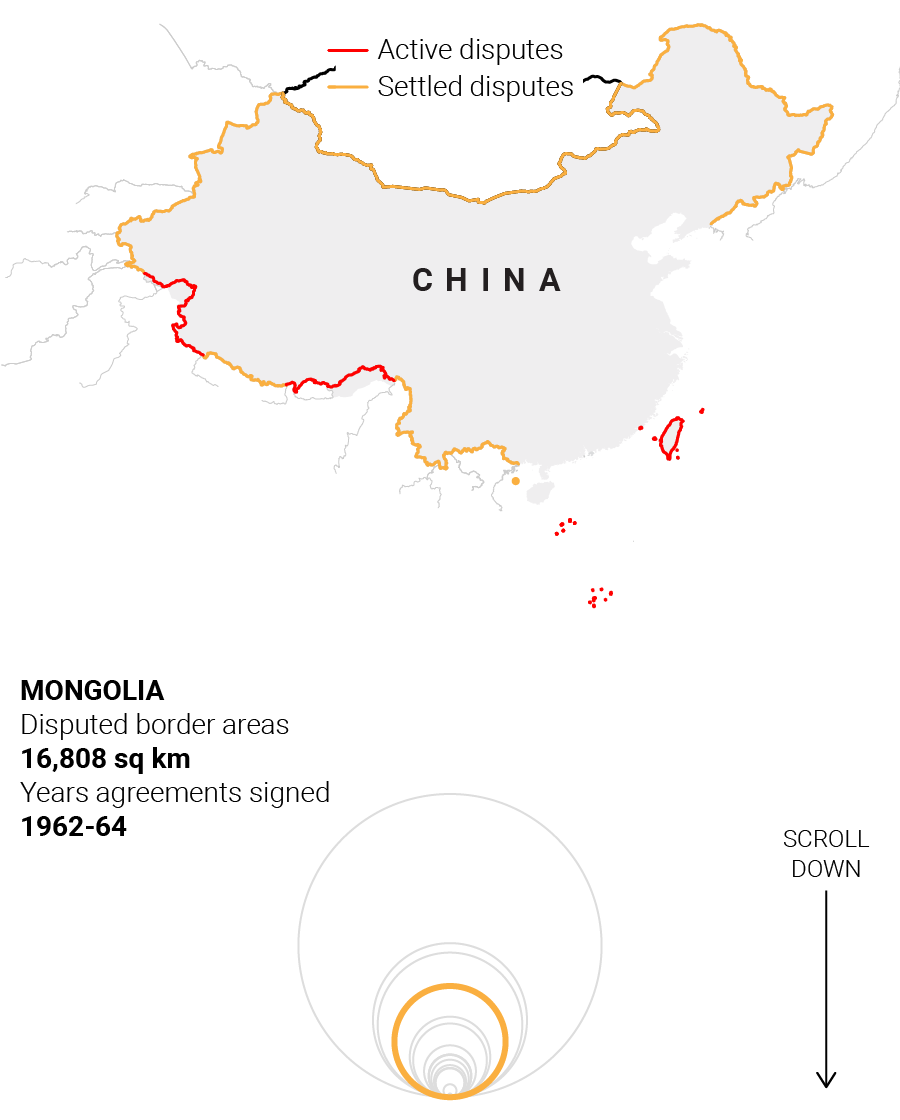
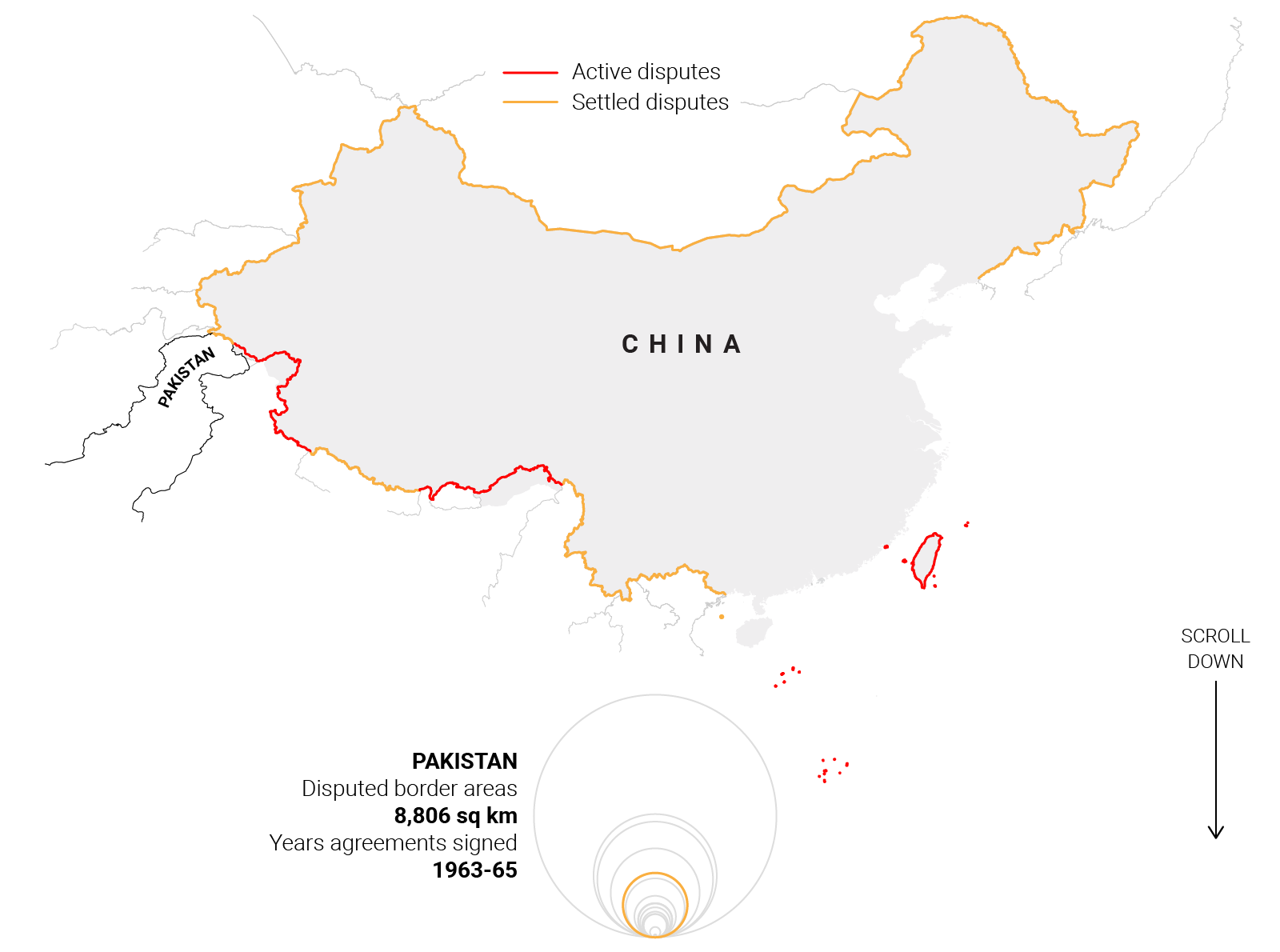
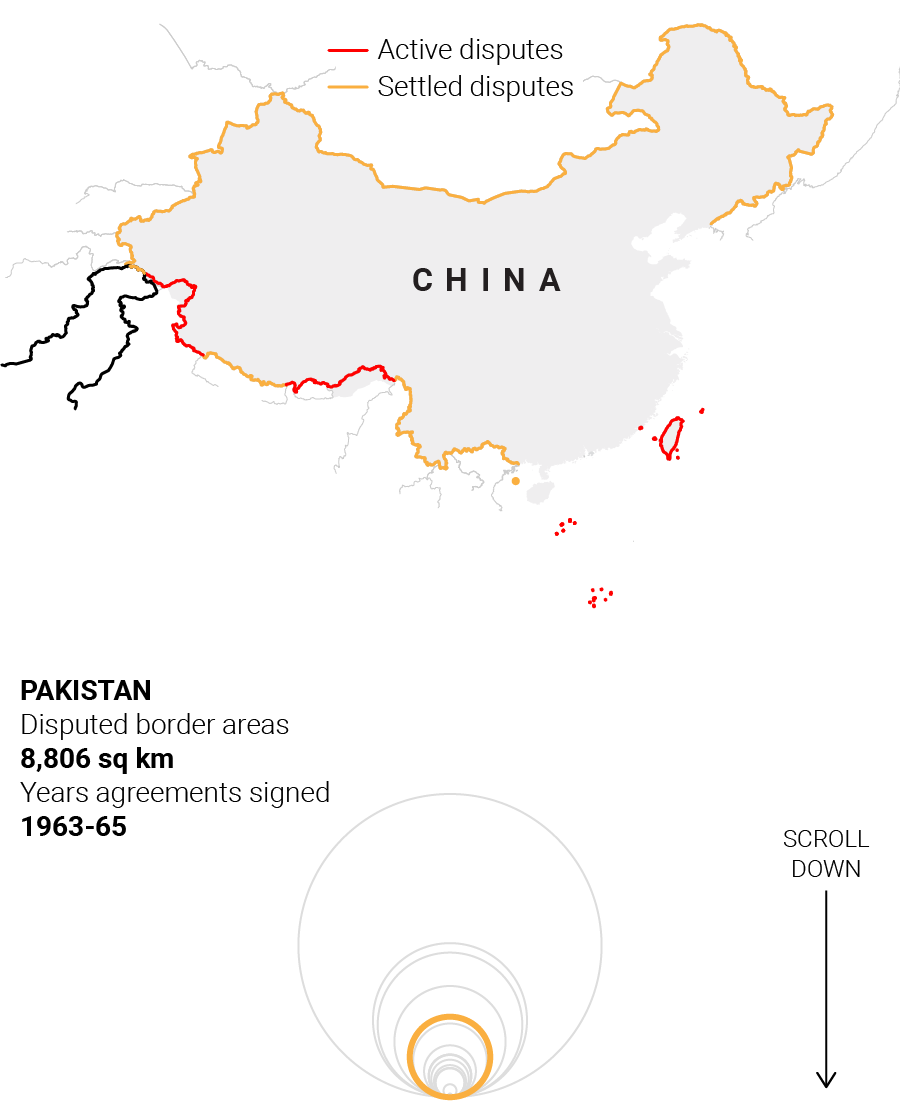
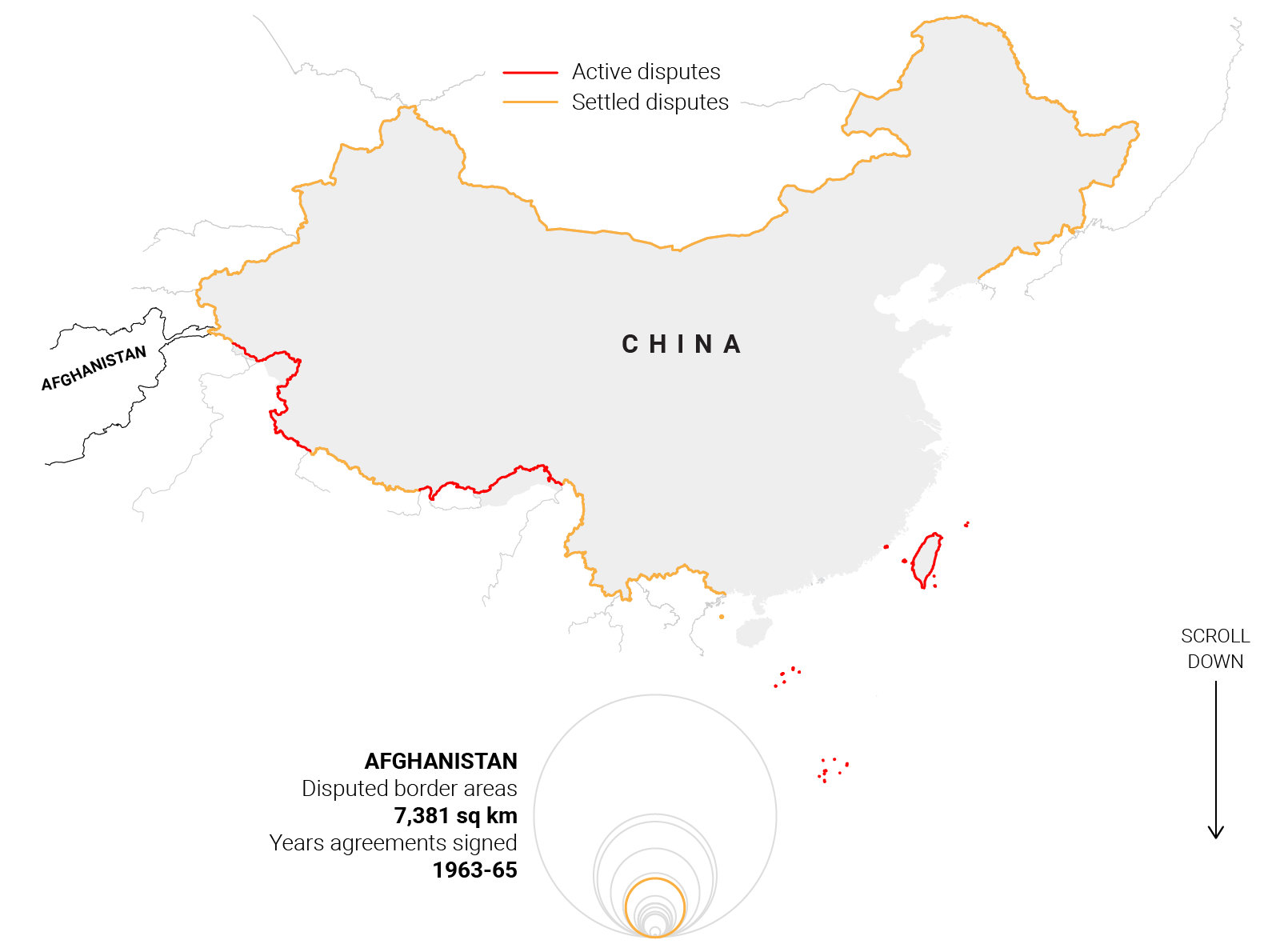
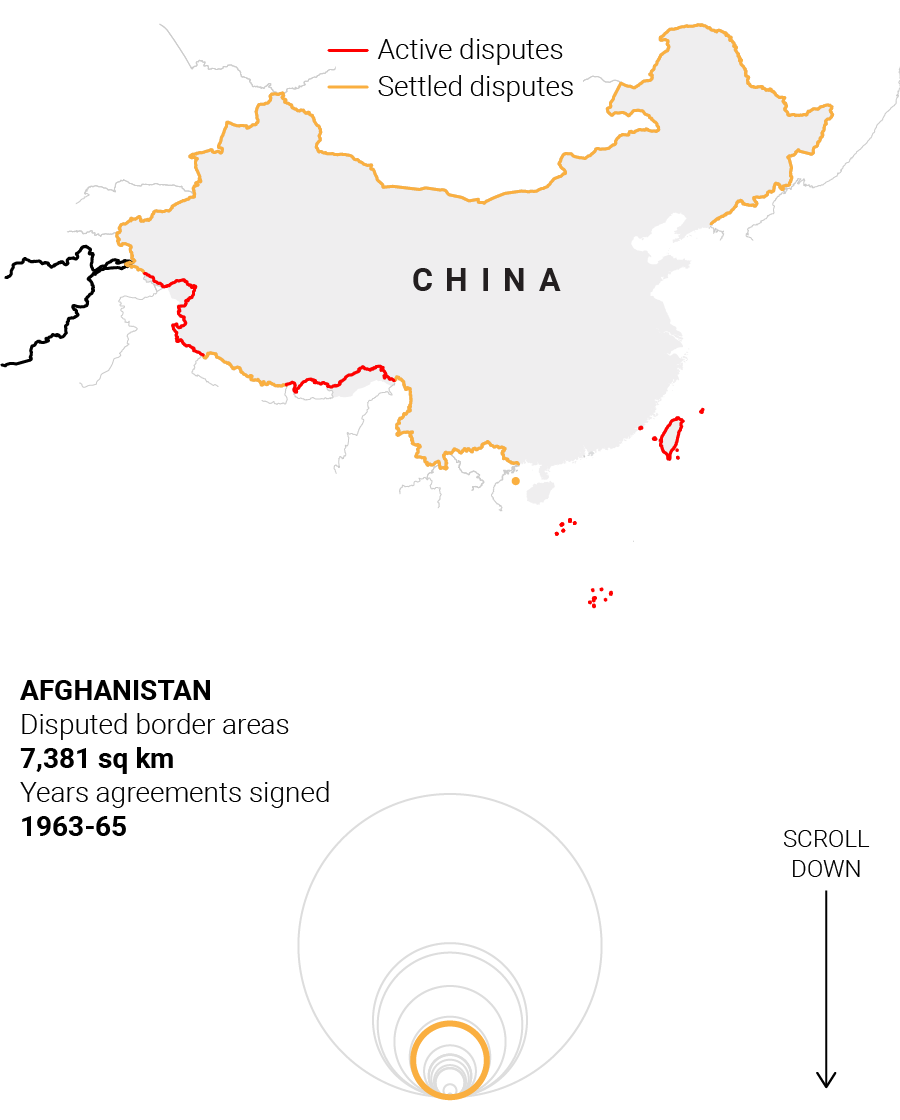
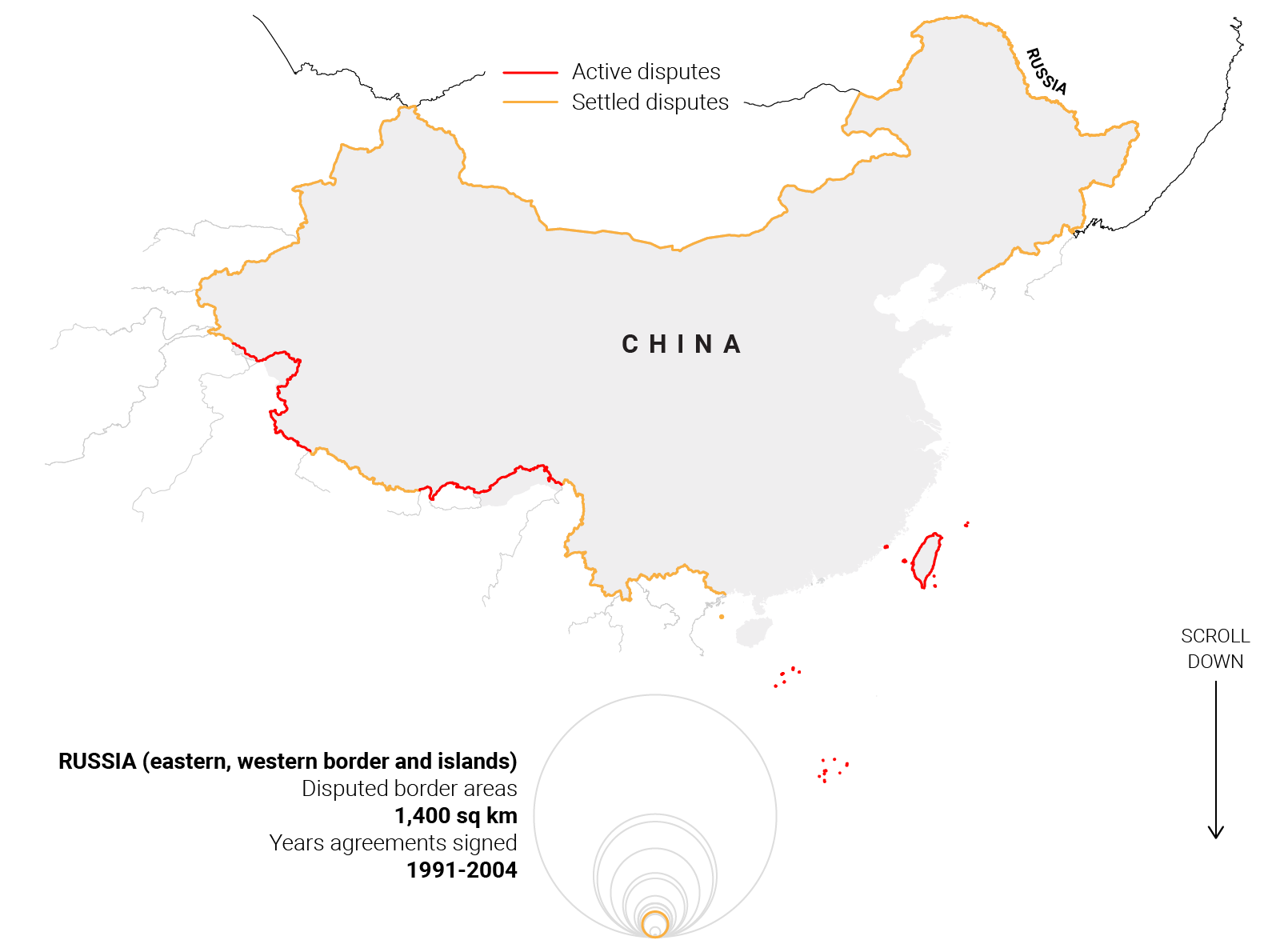
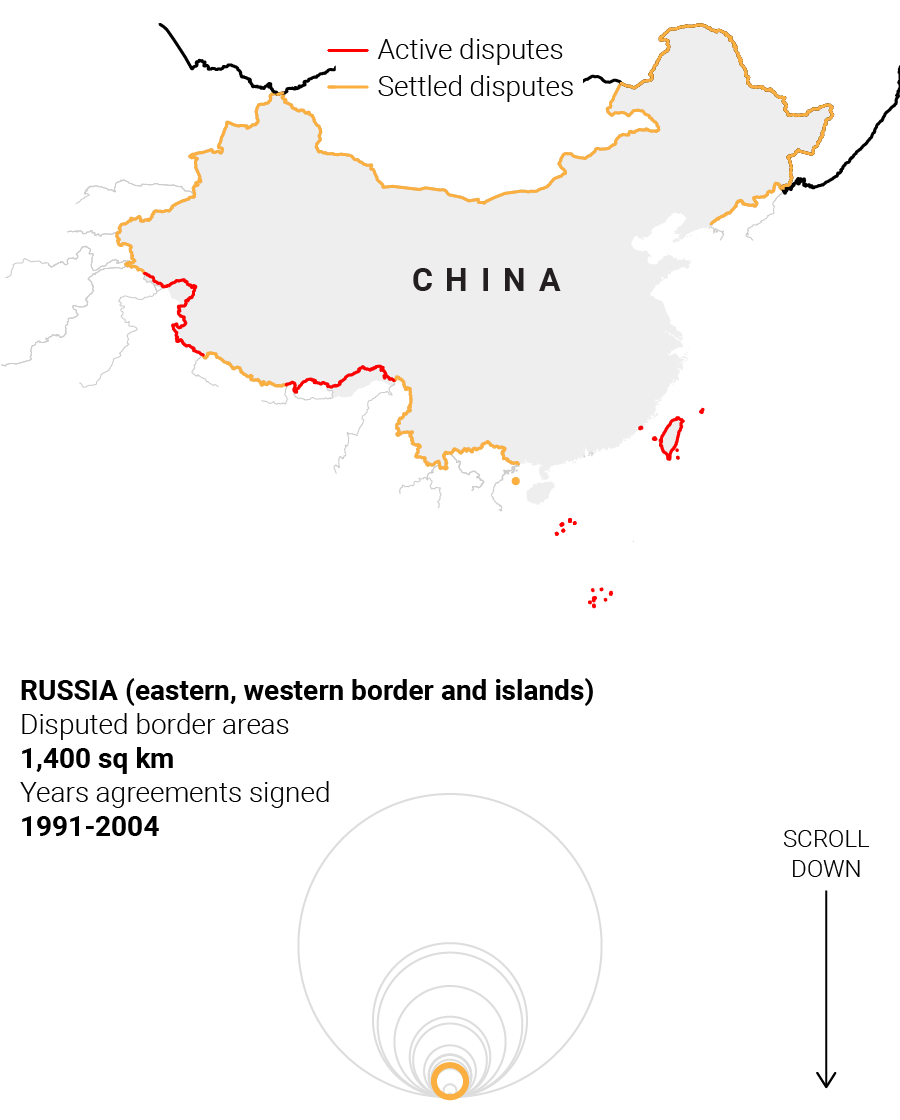
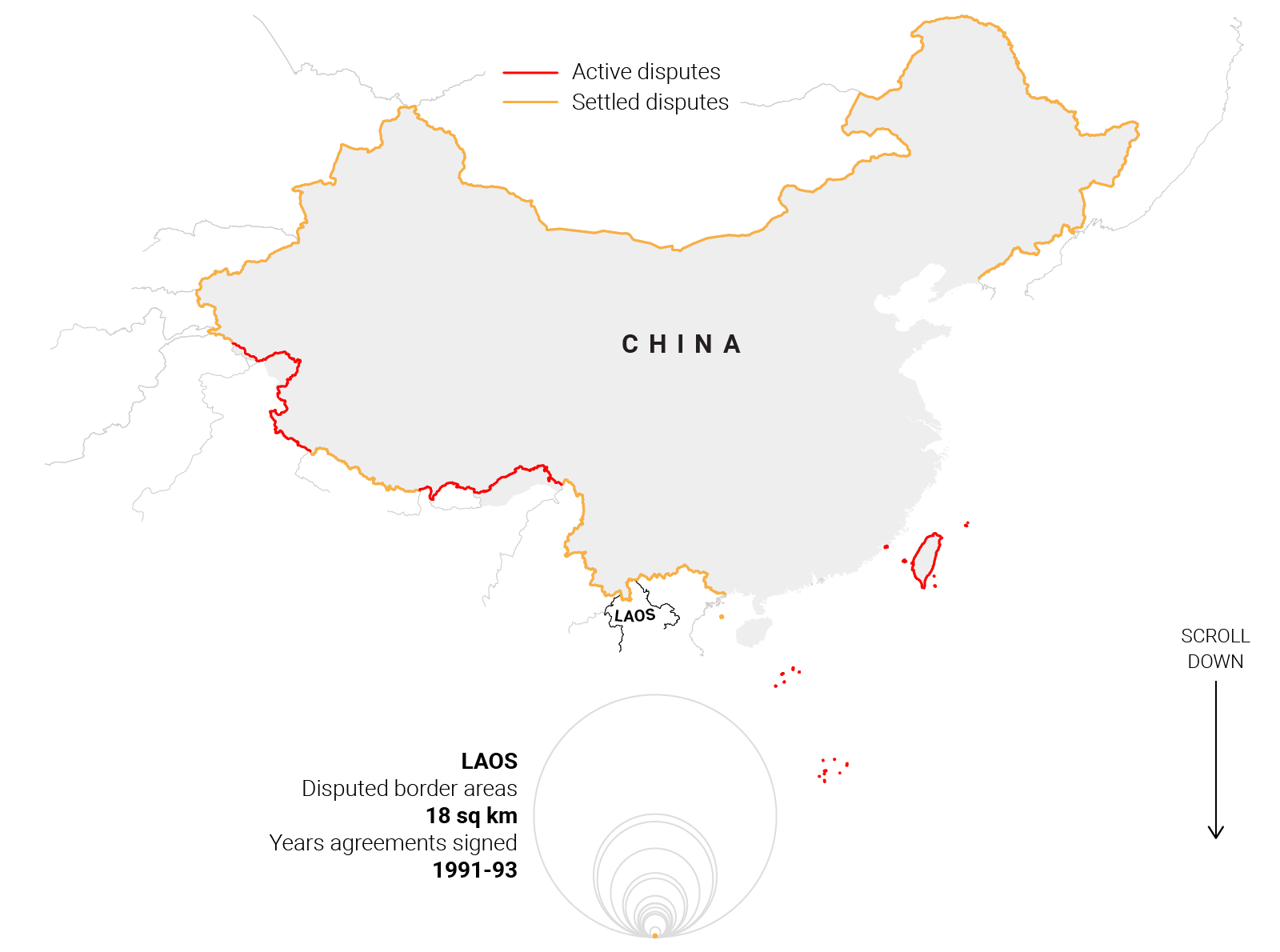
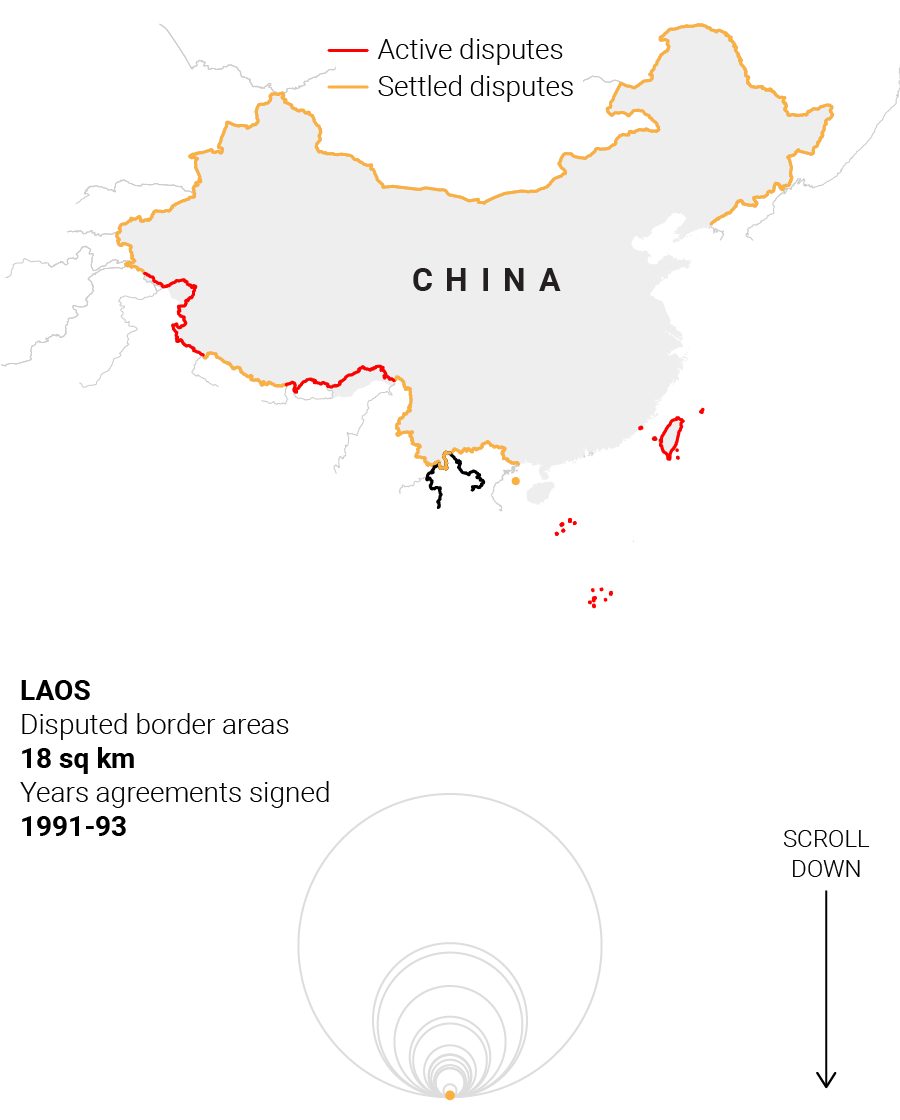
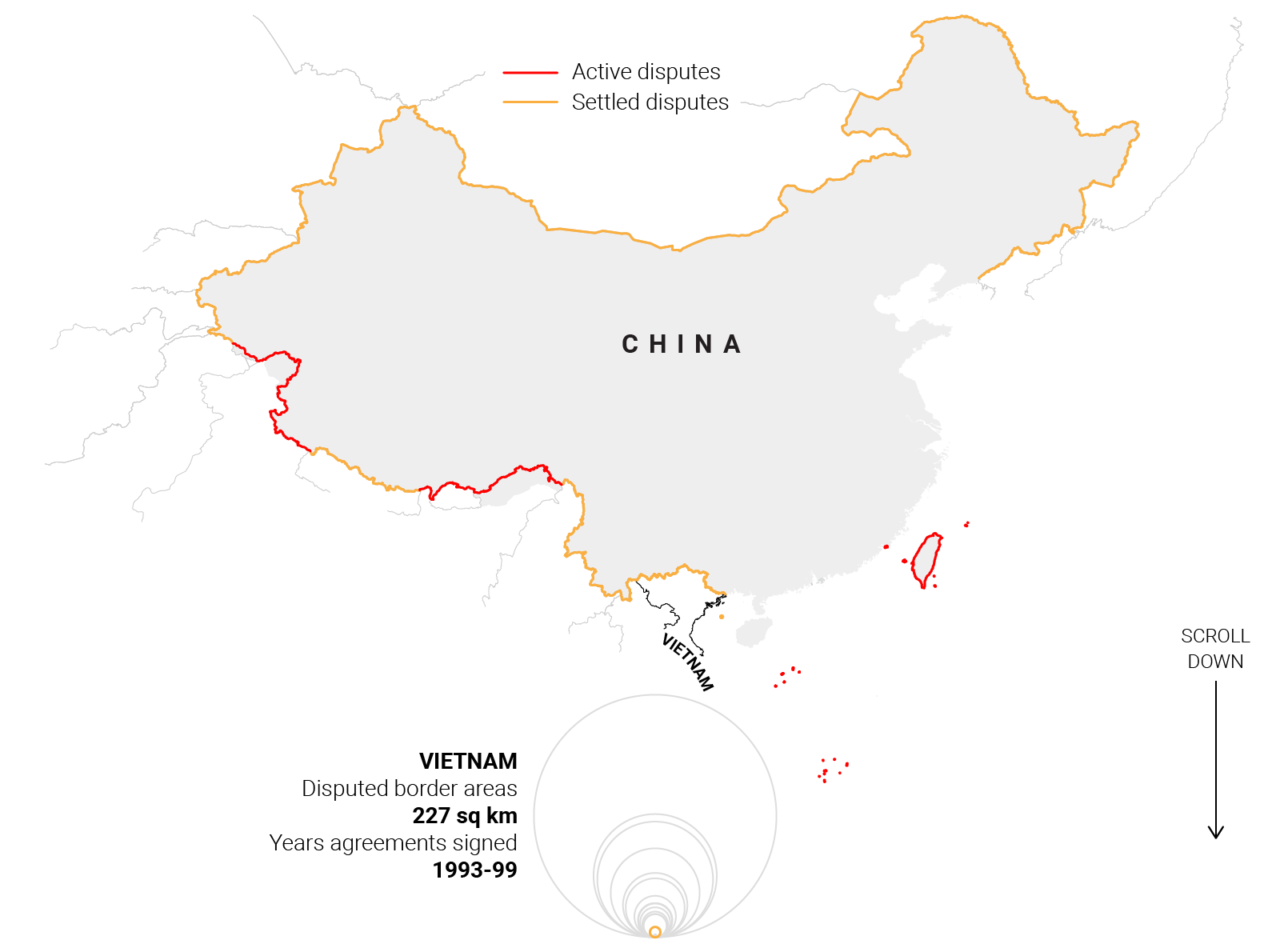

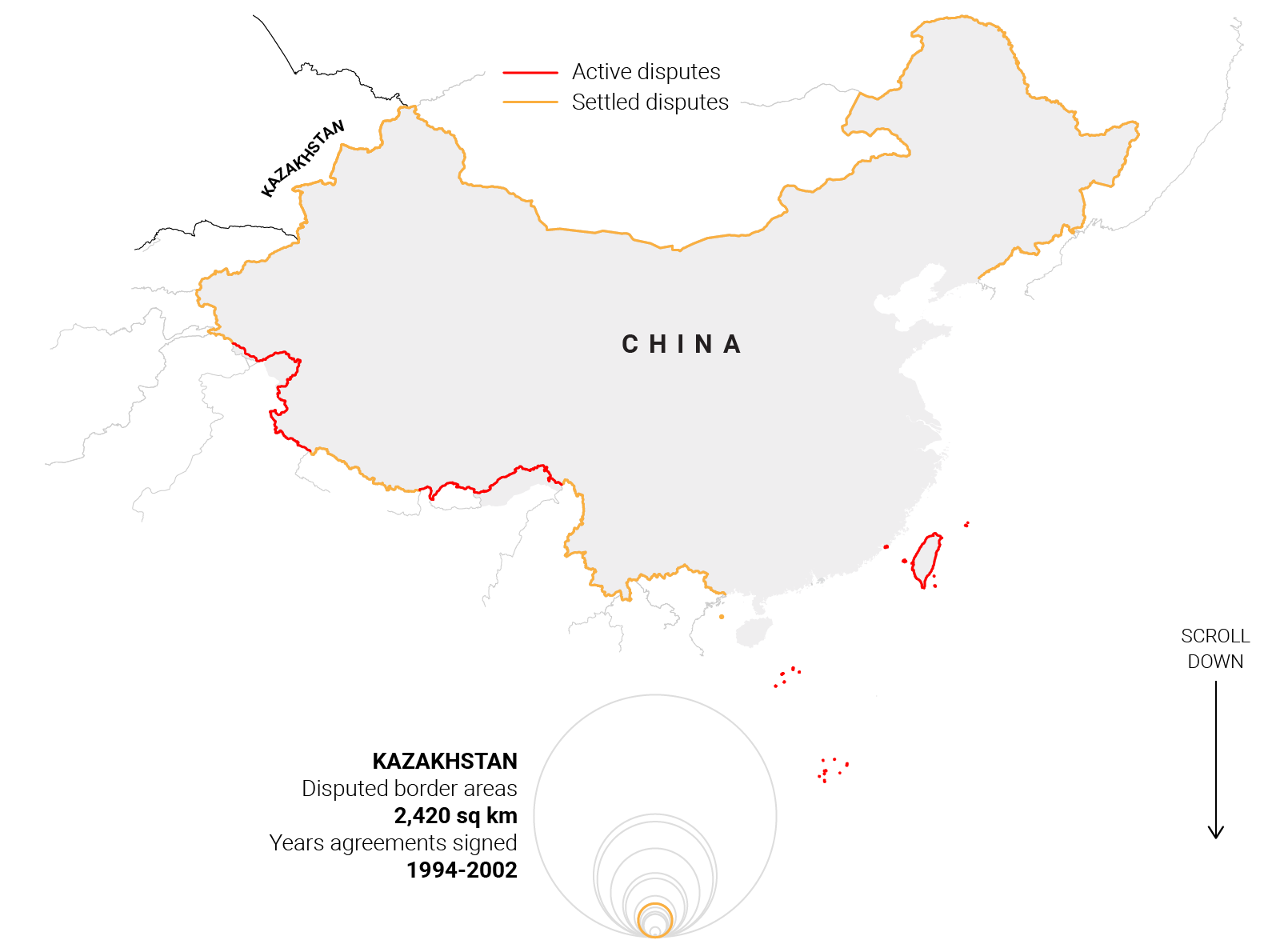
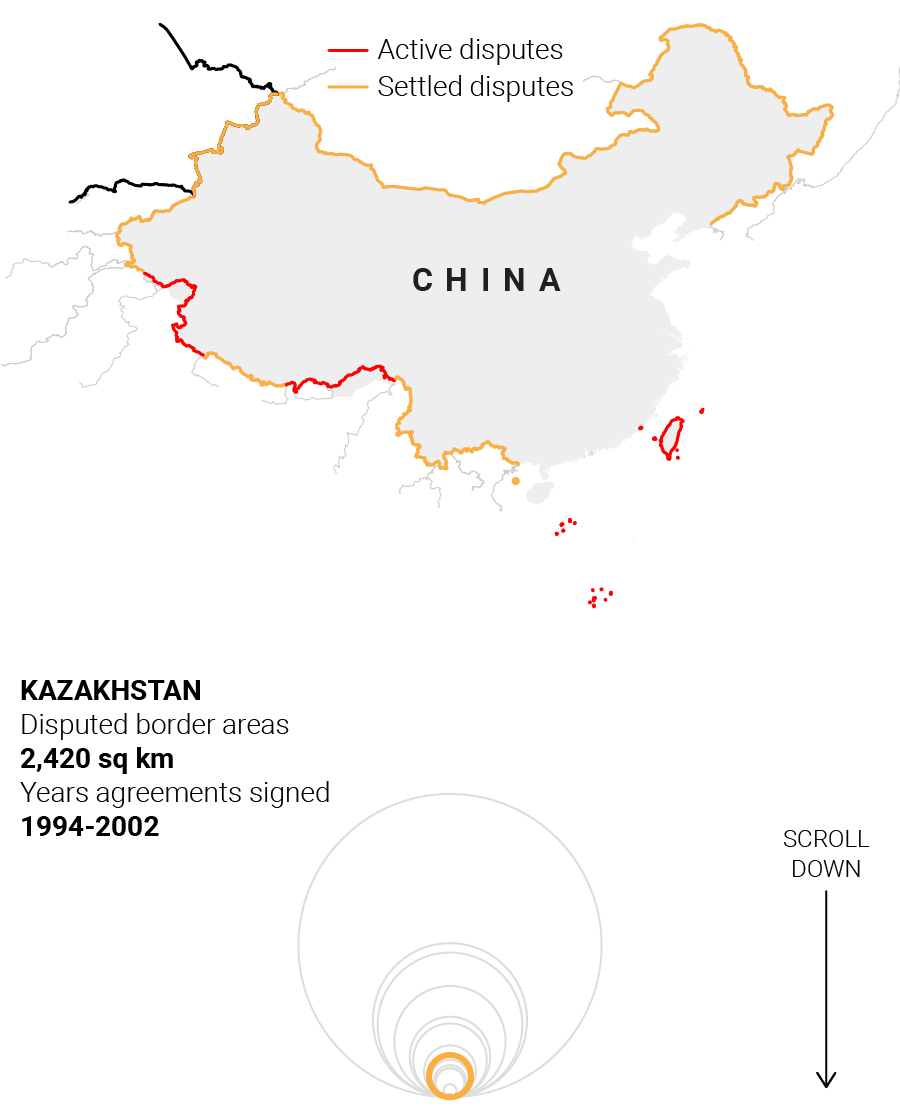
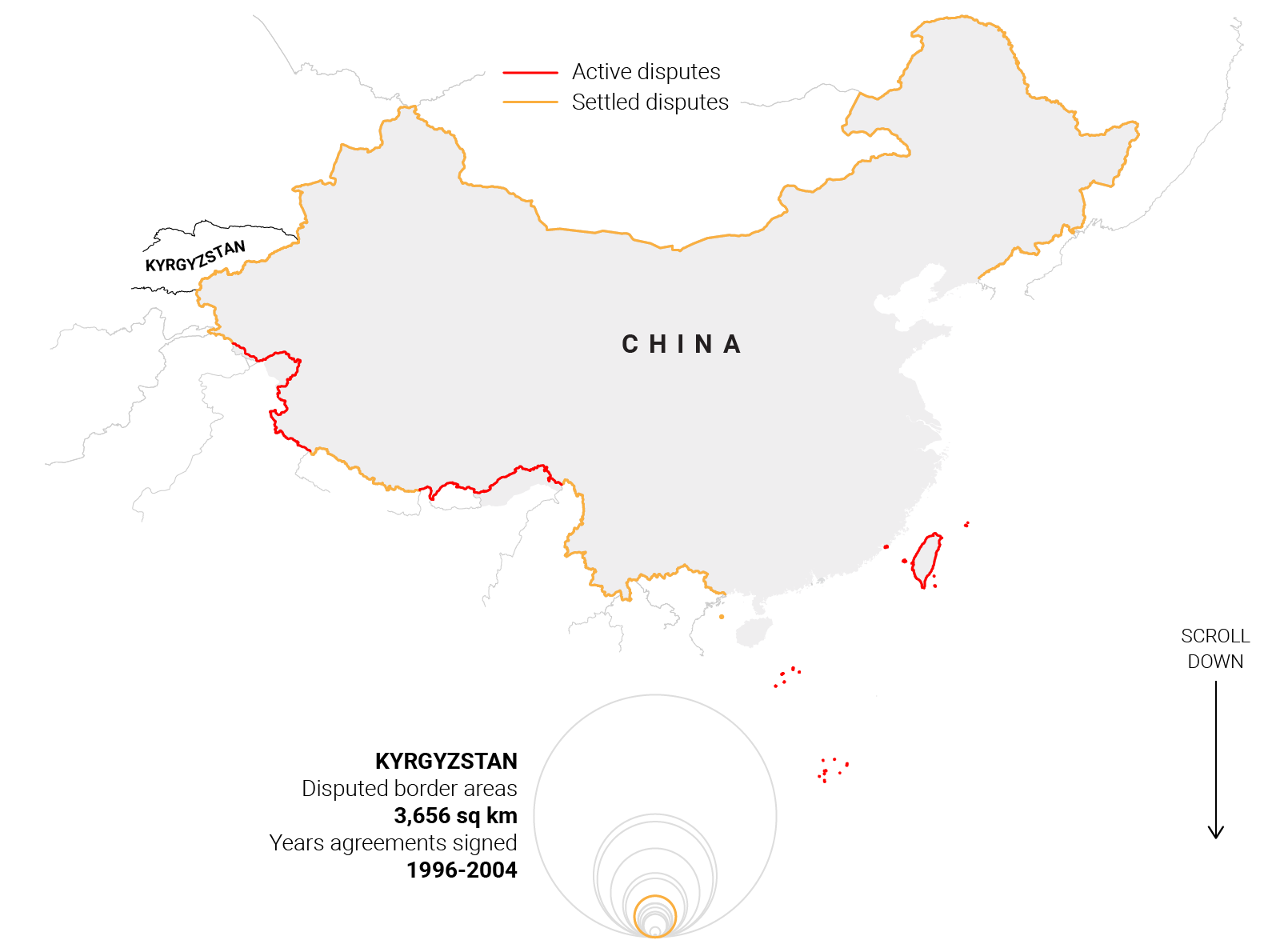
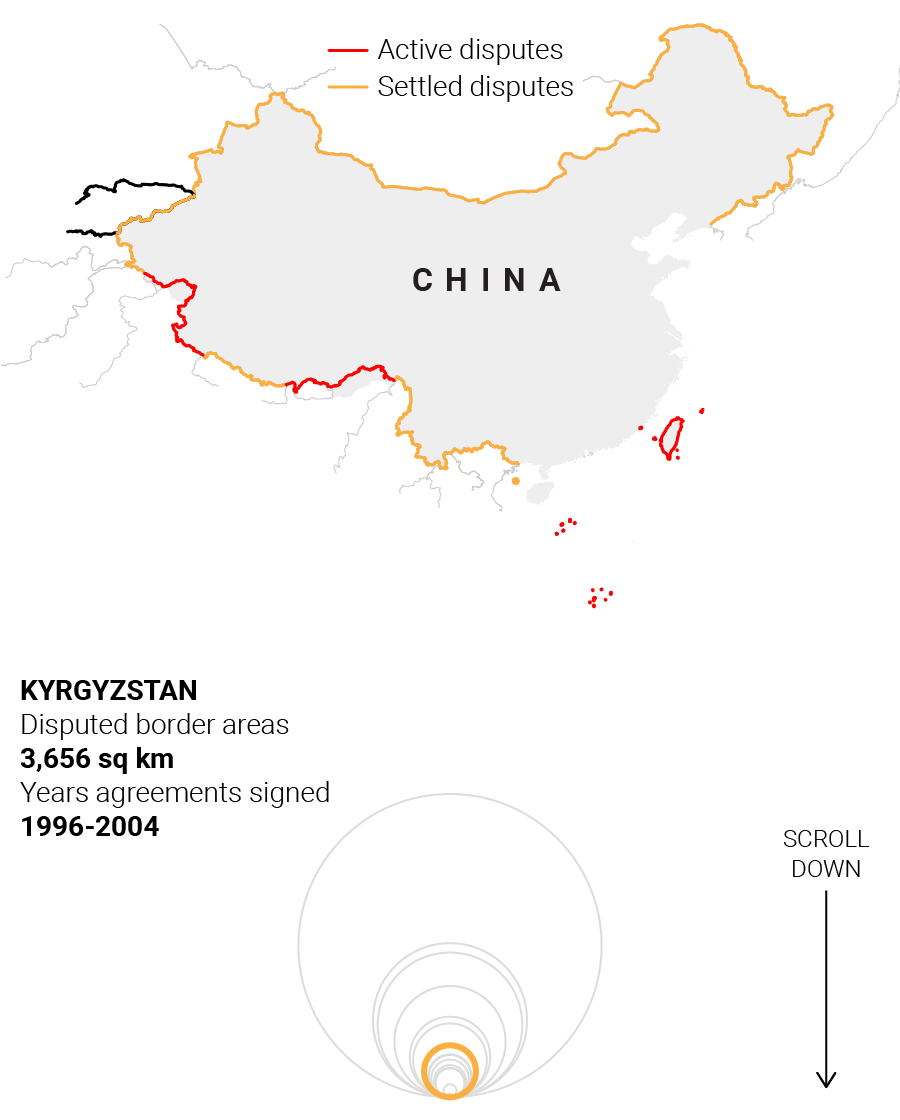
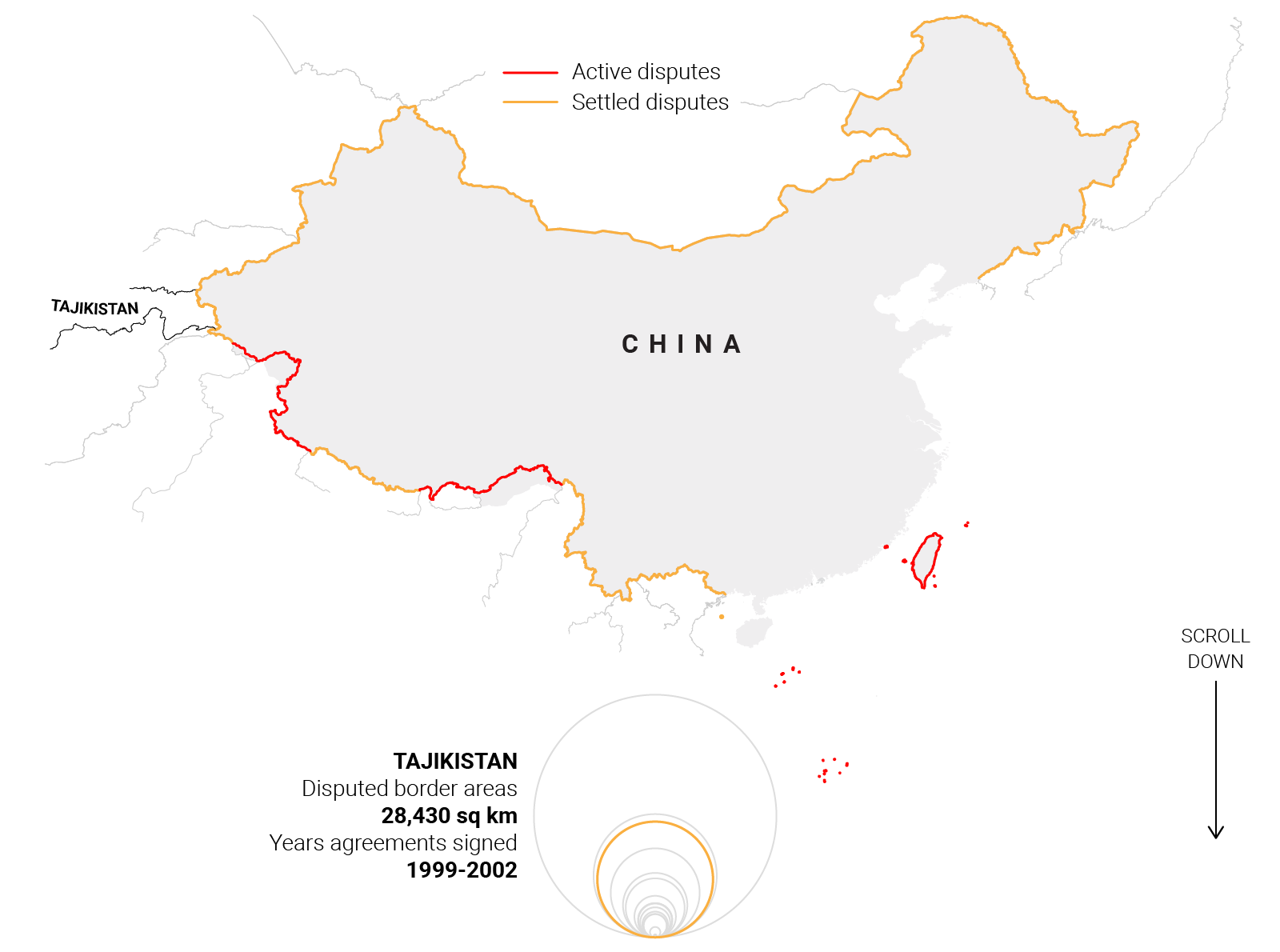
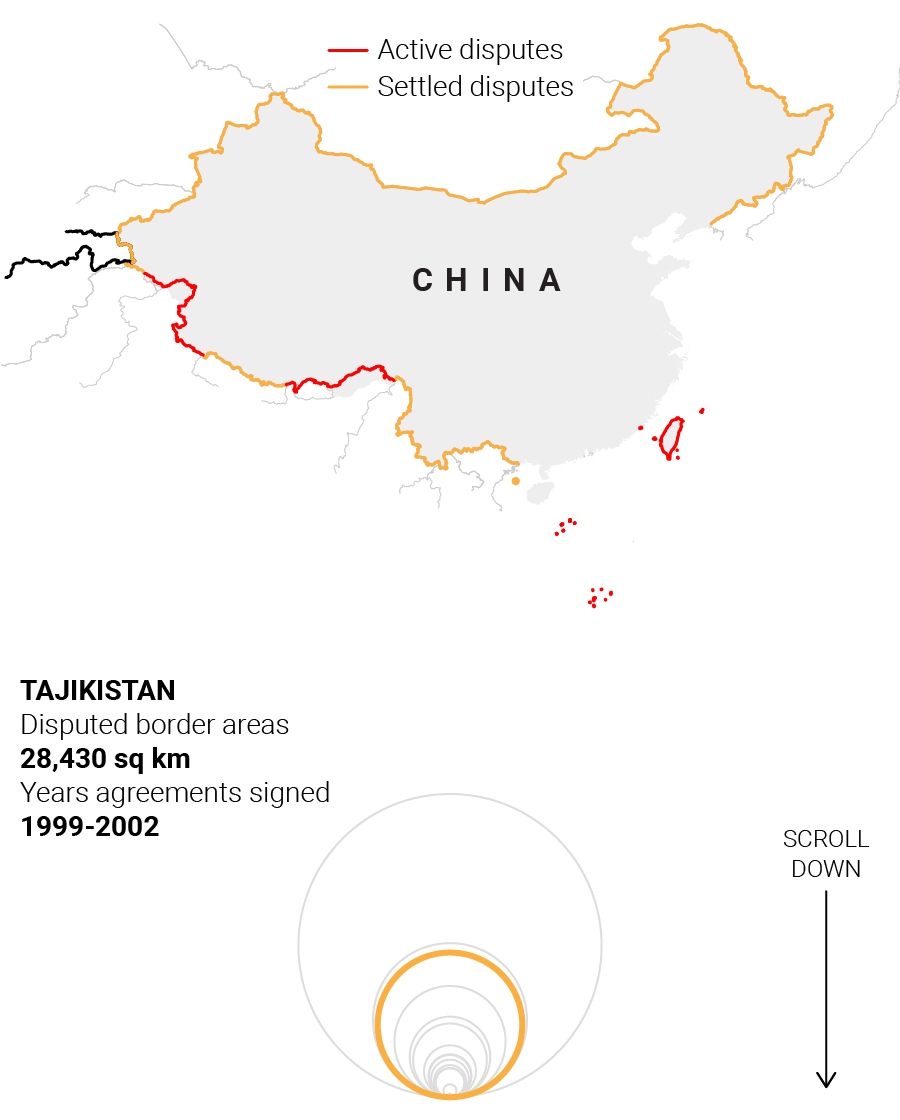

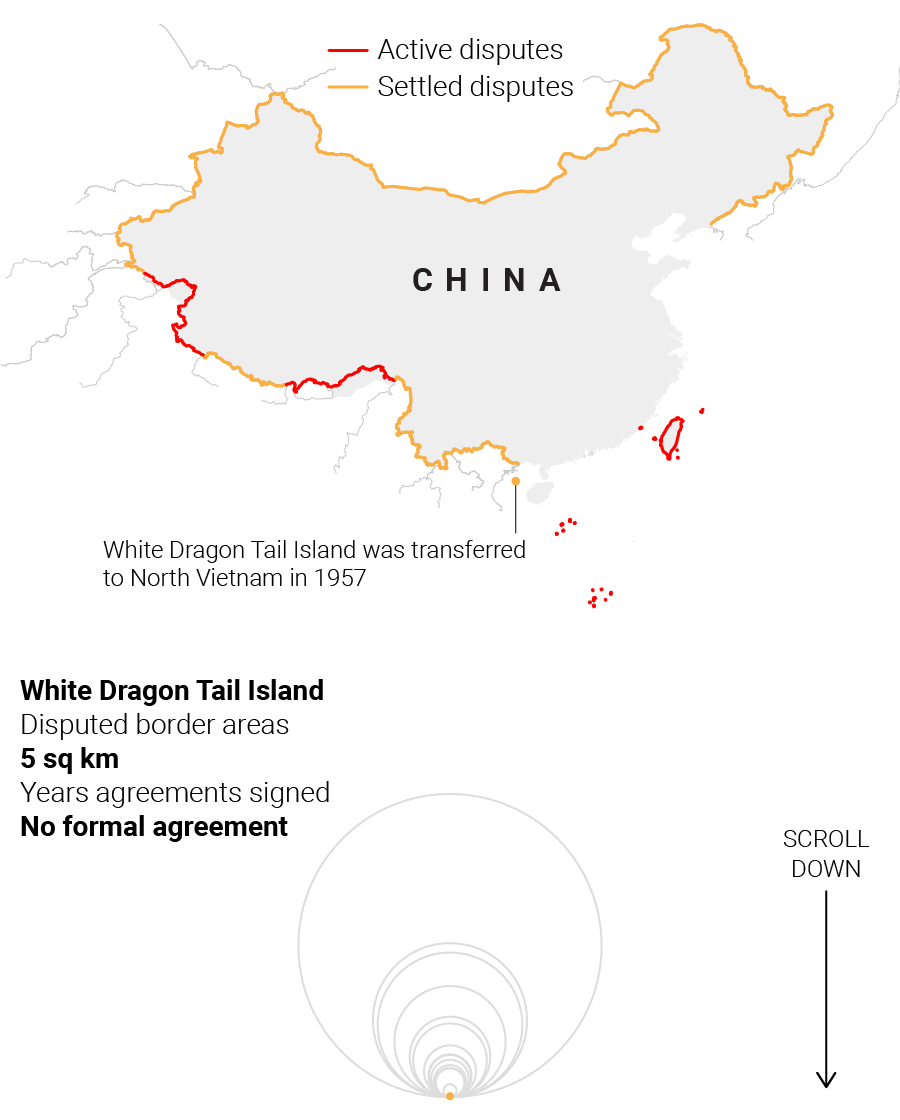
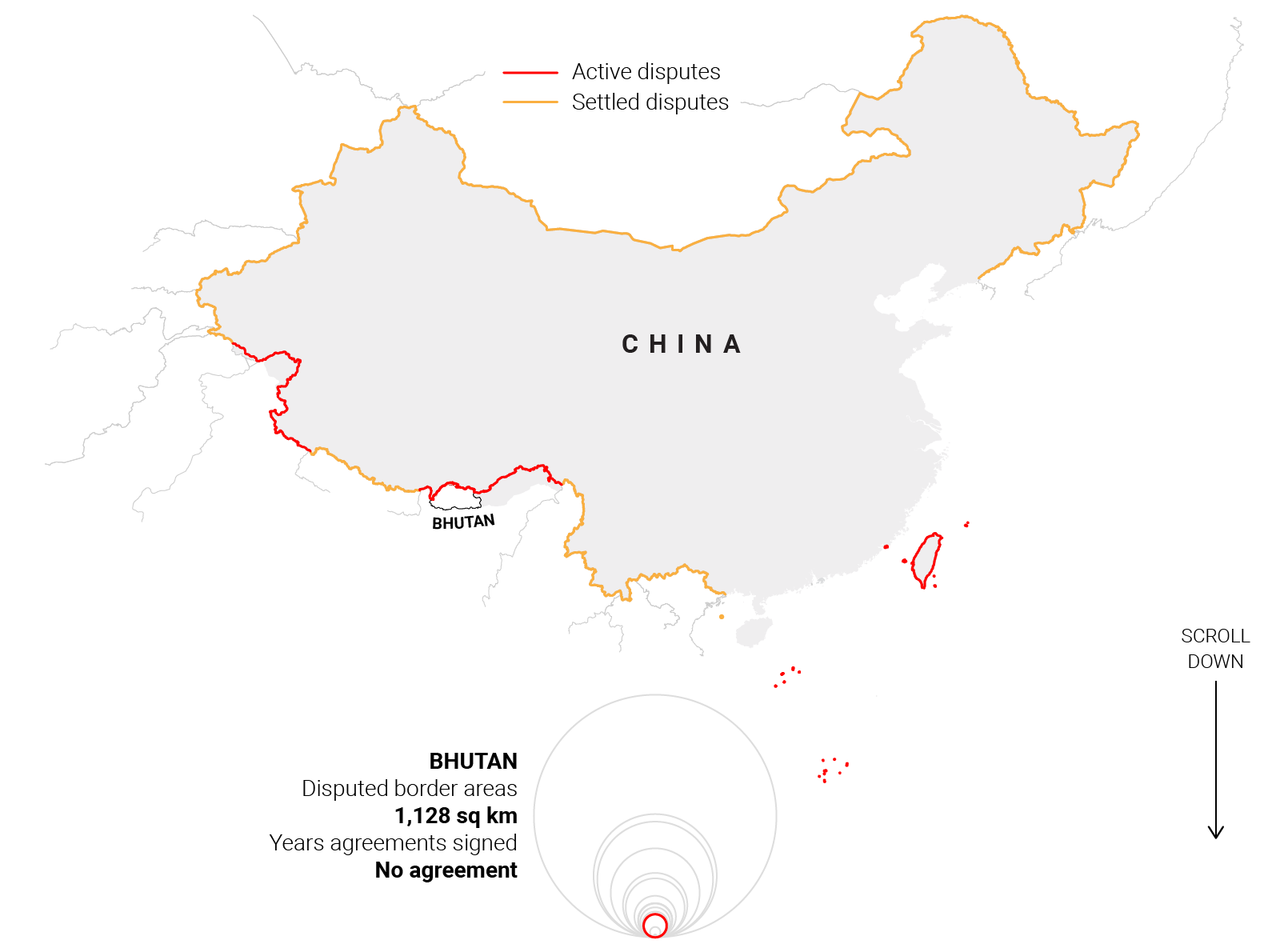
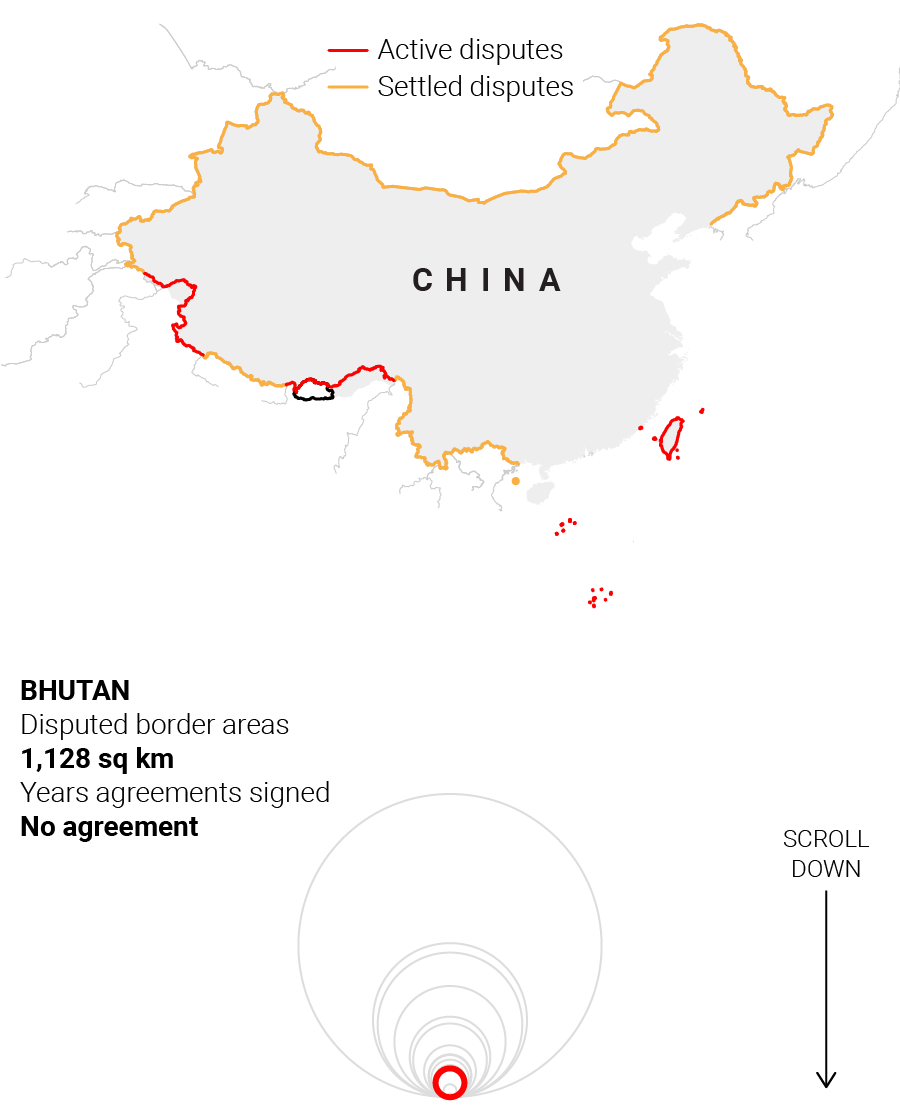
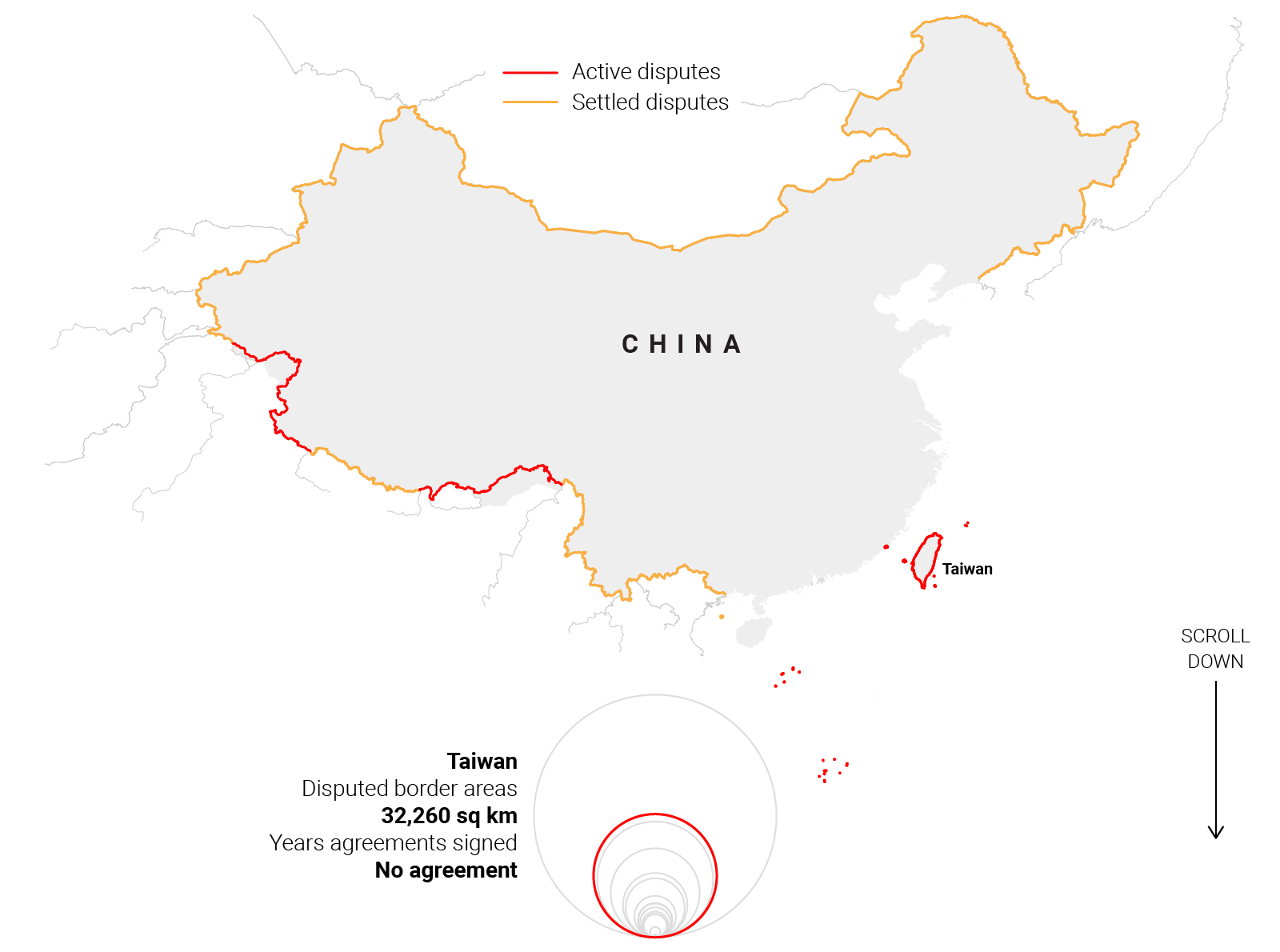
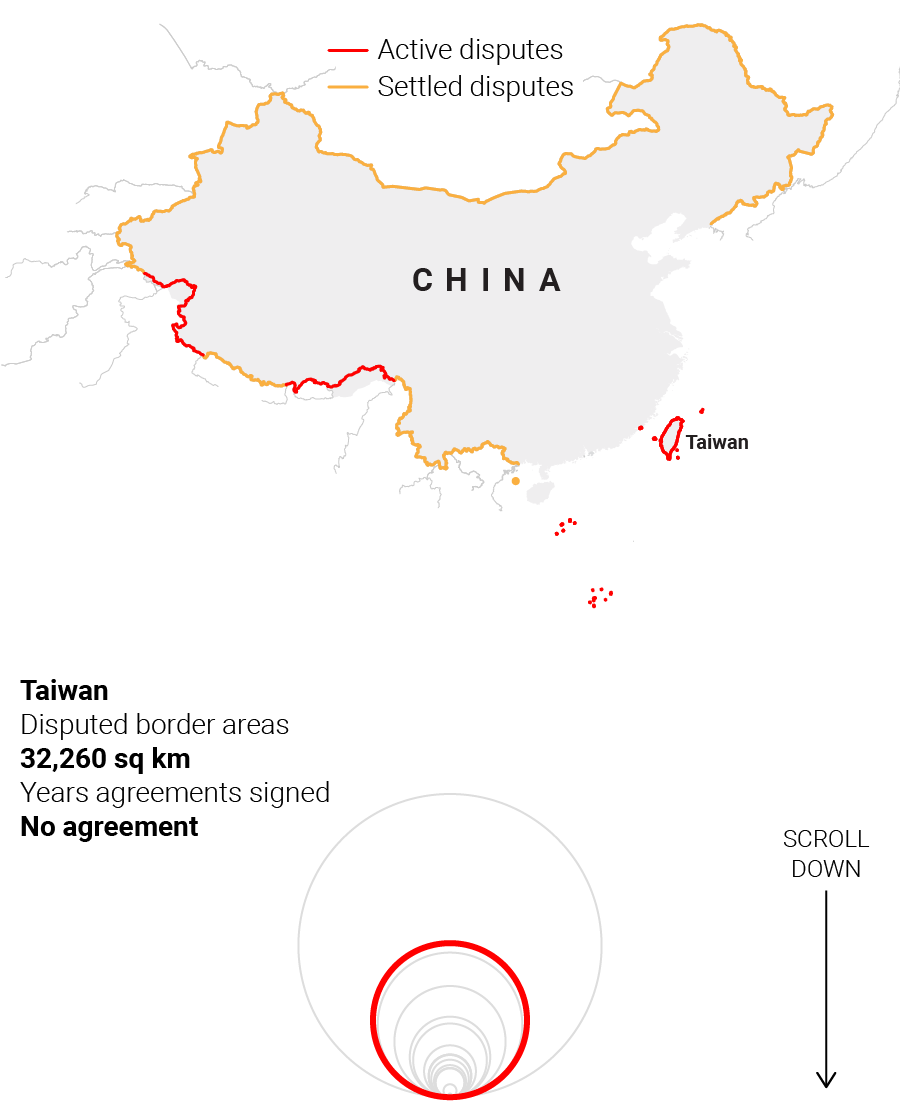
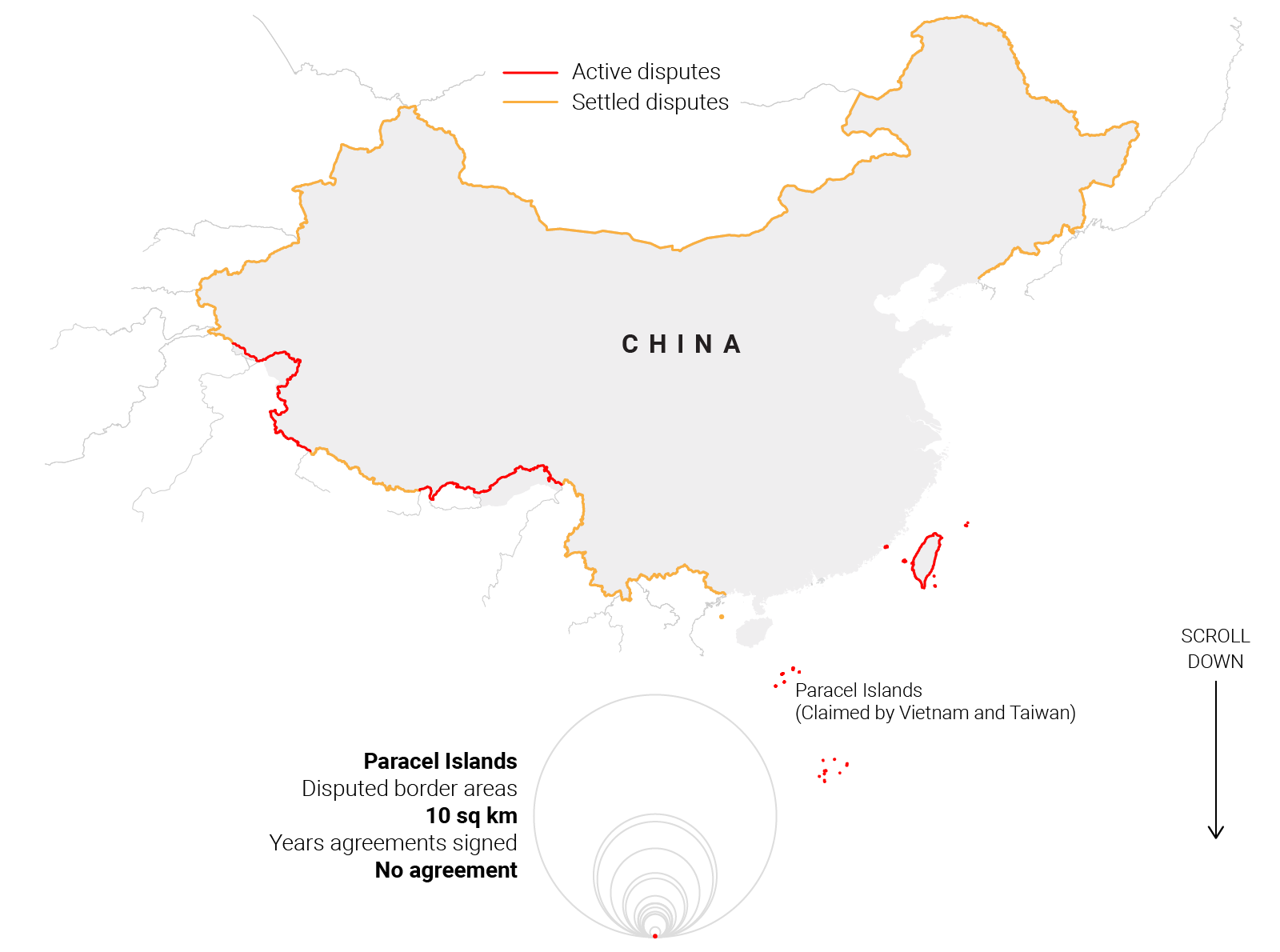

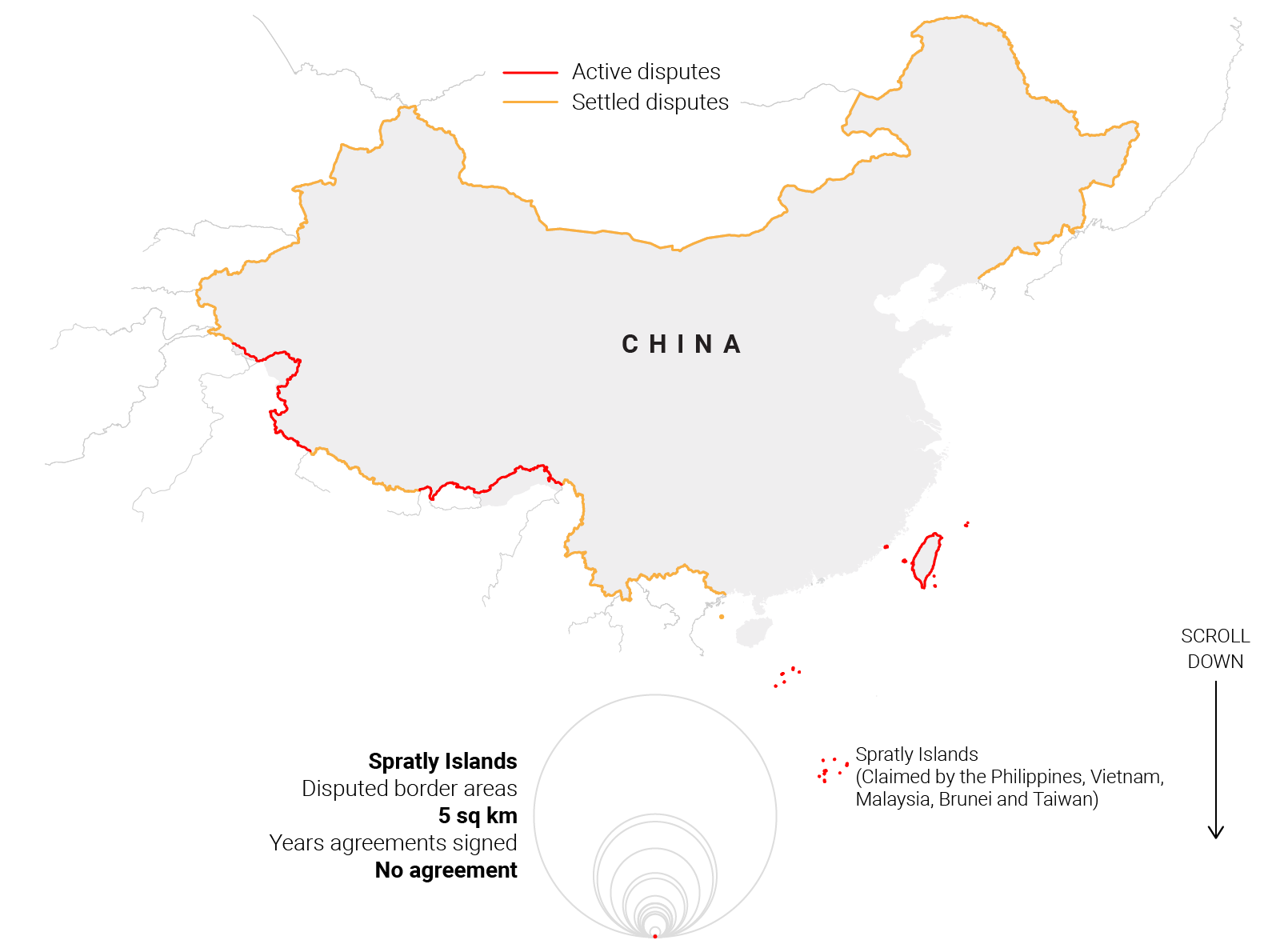
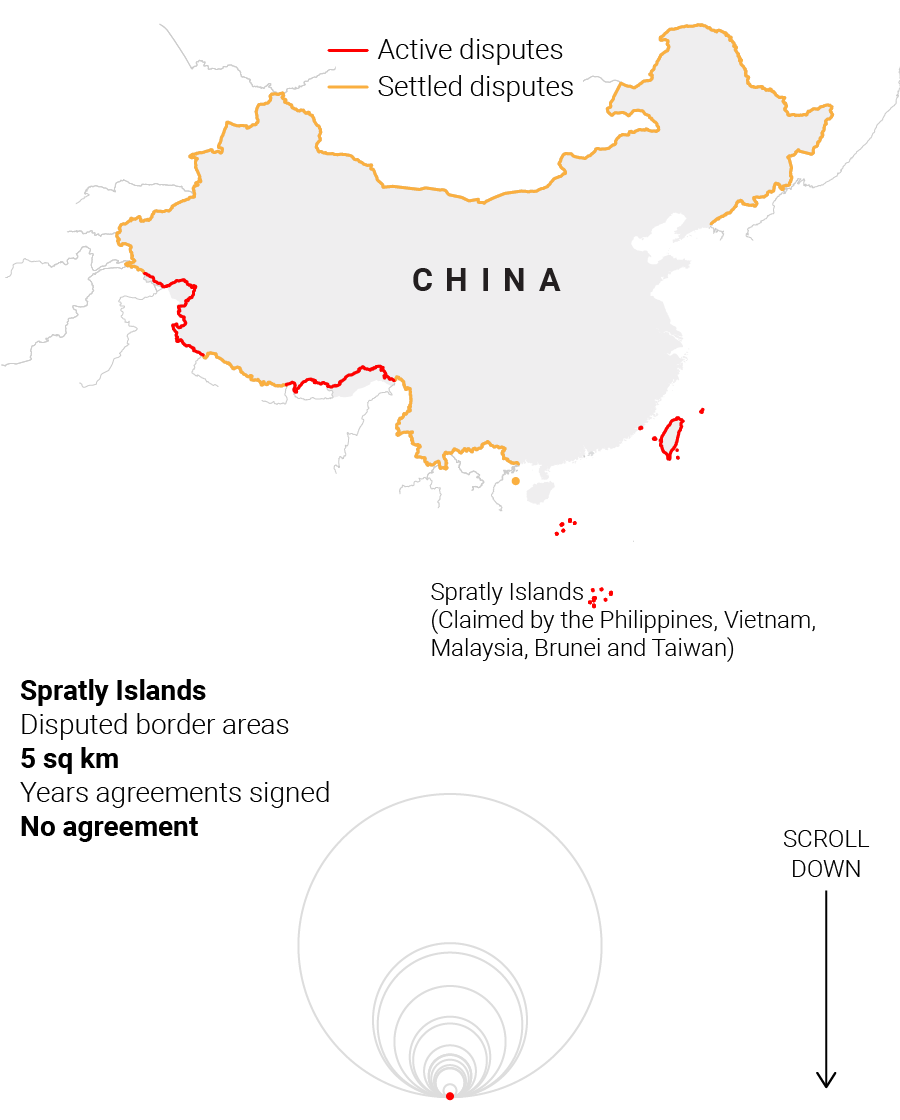
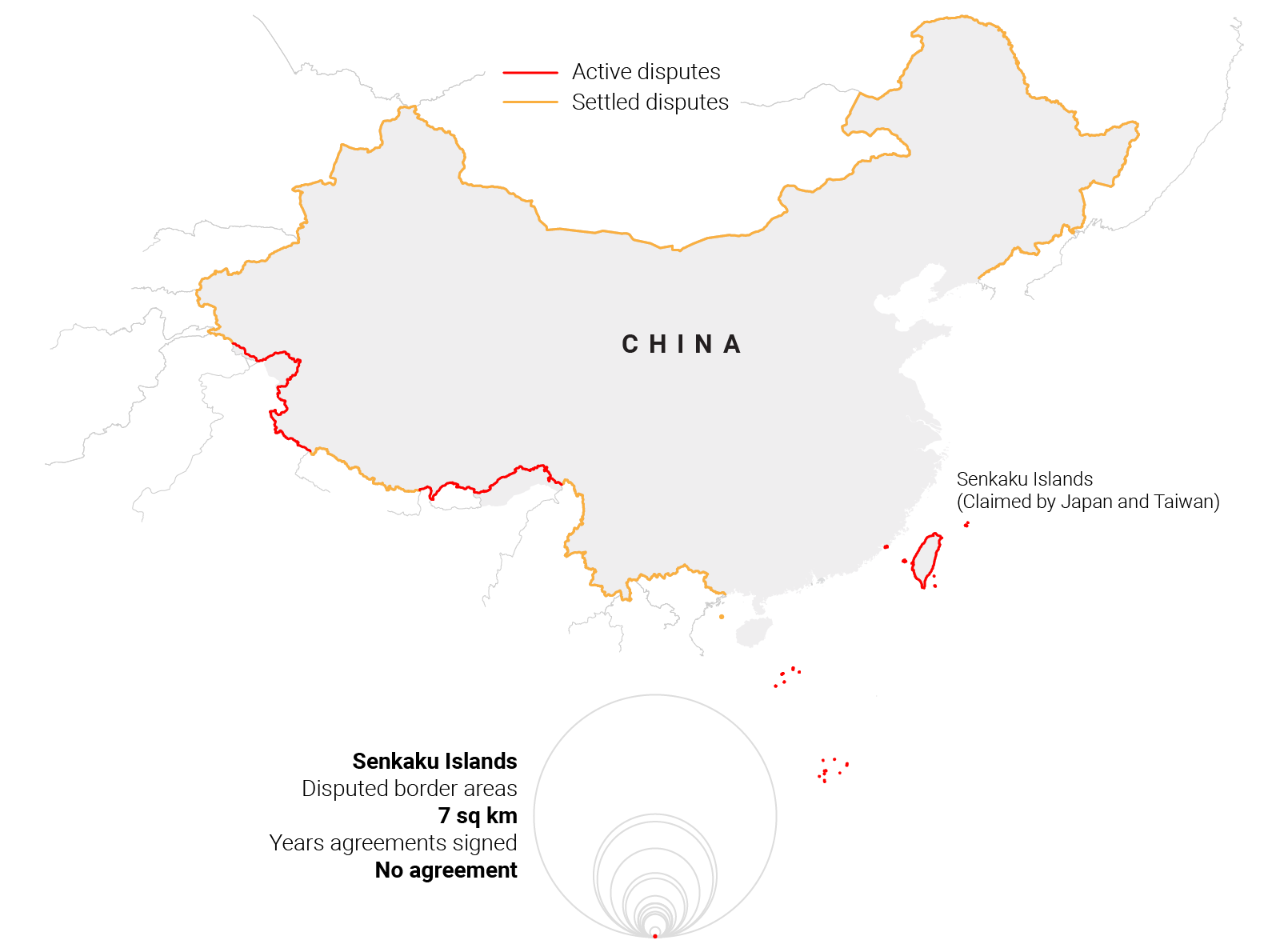
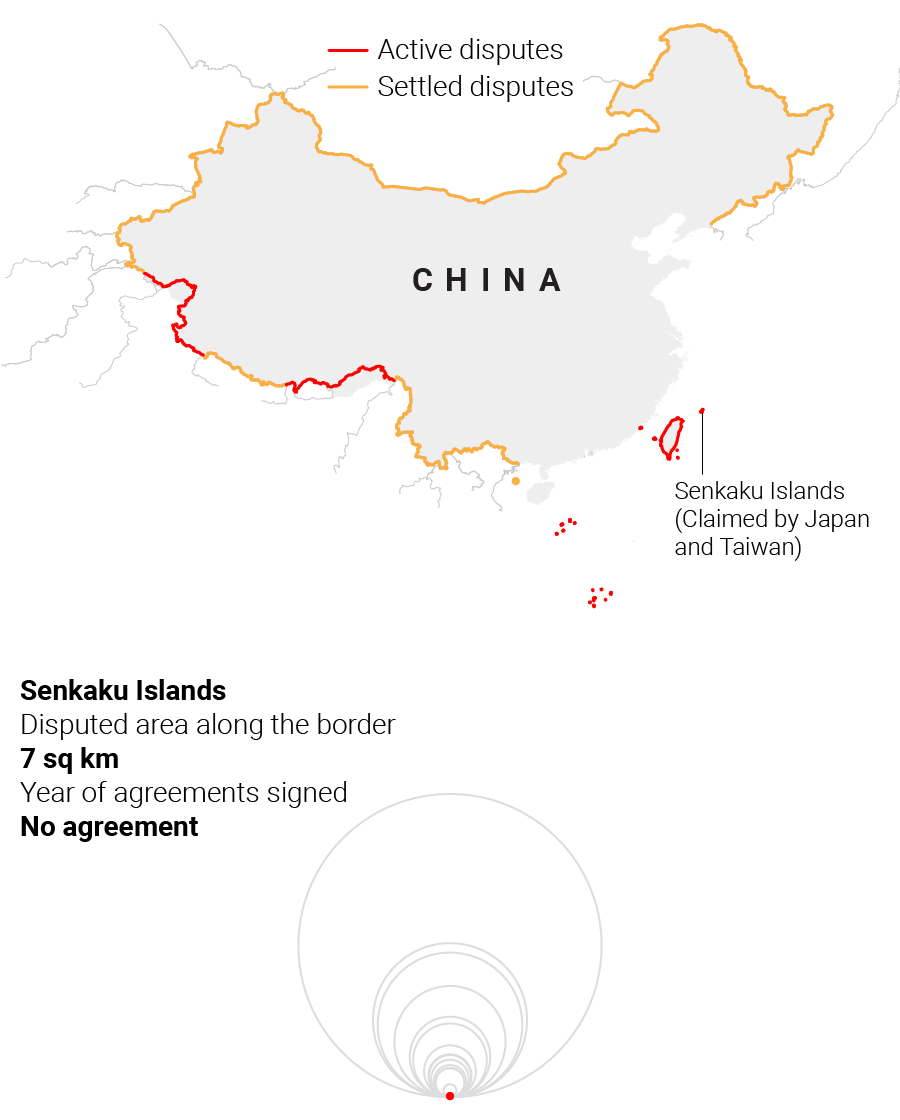
India and its neighbours
India, on the other hand, has only settled its territorial issues with Bangladesh and Sri Lanka over the past decades. The un-demarcated borders with Myanmar, Bhutan and China, Pakistan and Nepal often result in regional tensions between the neighbours.
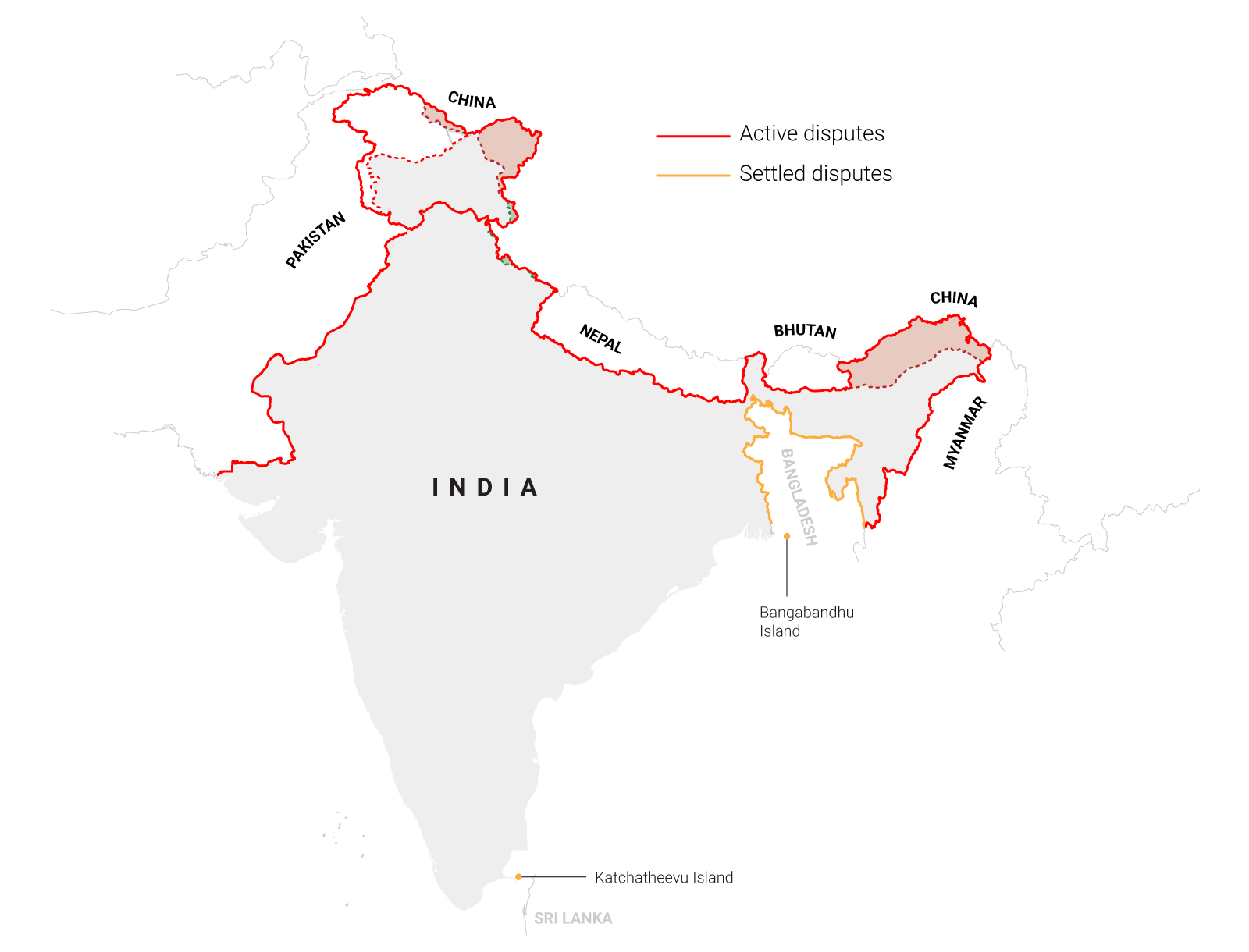
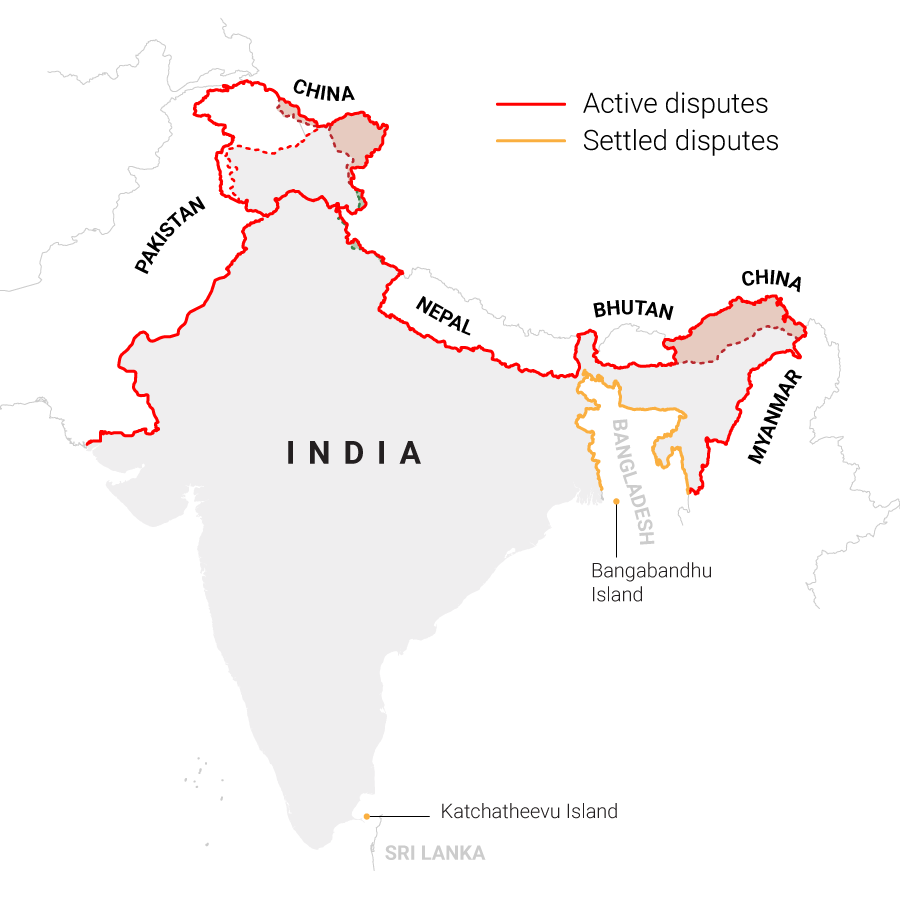
Creative Director Darren Long.
Sources: Financial Times, India Today, Oxford Academic, United States Army Research Institute of Environmental Medicine, School of Advanced Military Studies United States Army Command and General Staff College Fort Leavenworth, University of Utah College of Nursing and School of Medicine, Google Maps, warontherocks.com, nature.com, Regime Insecurity and International Cooperation: Explaining China’s Compromises in Territorial Disputes by M. Taylor Fravel